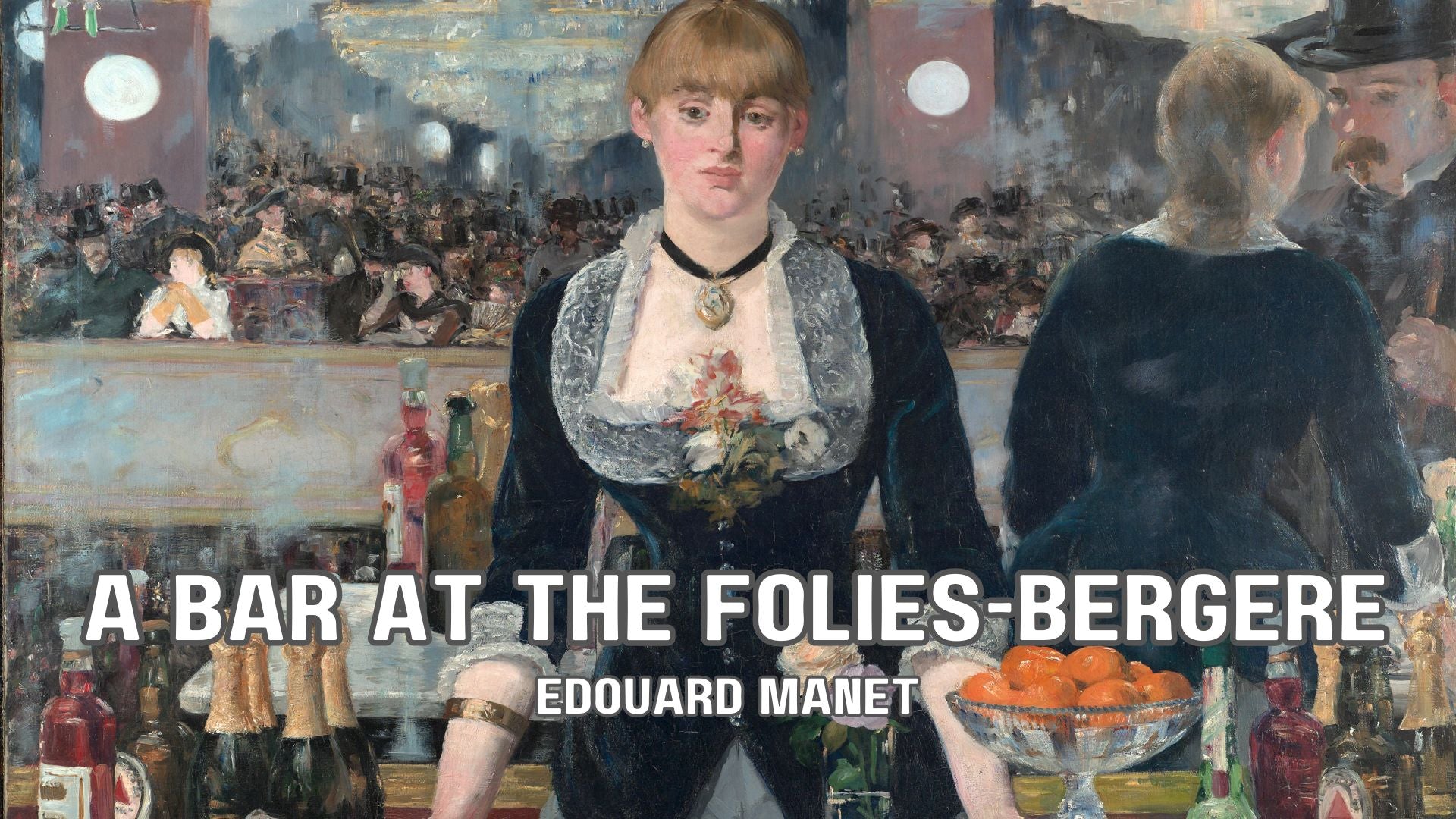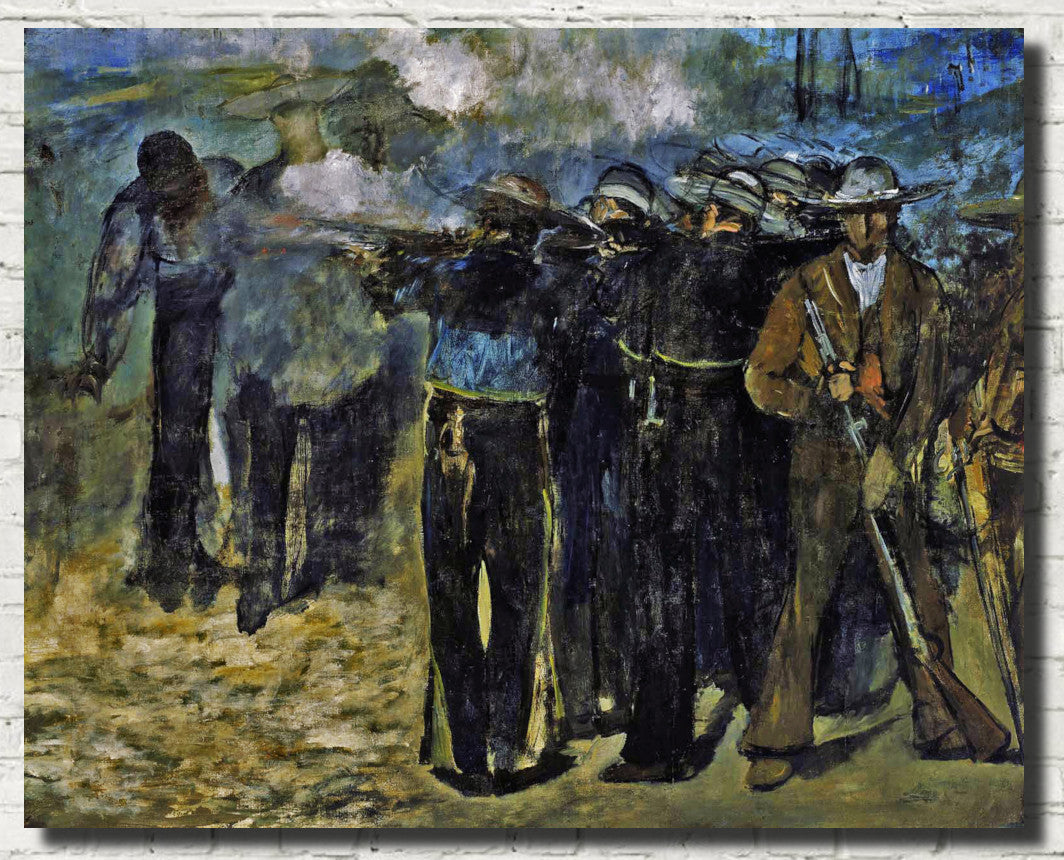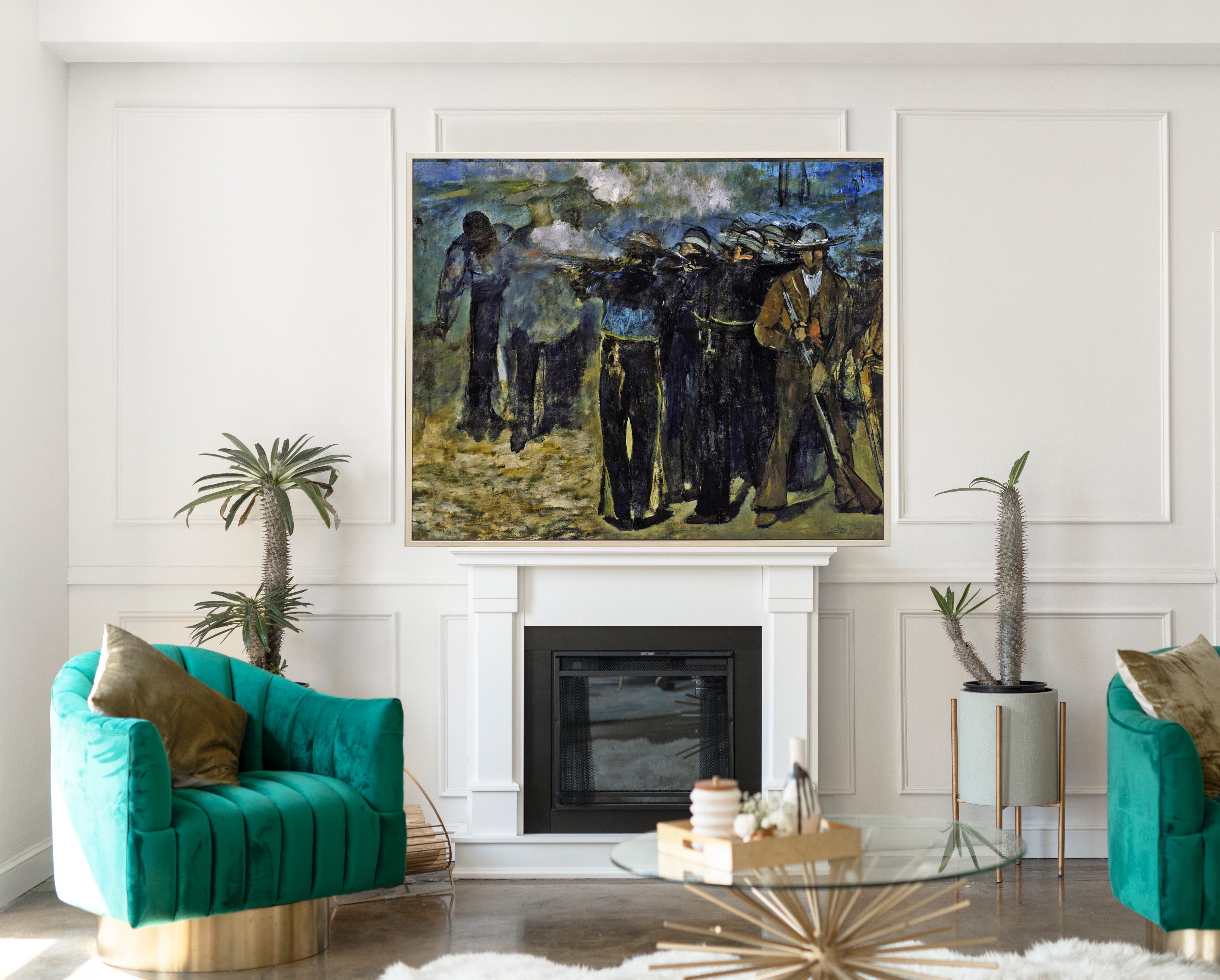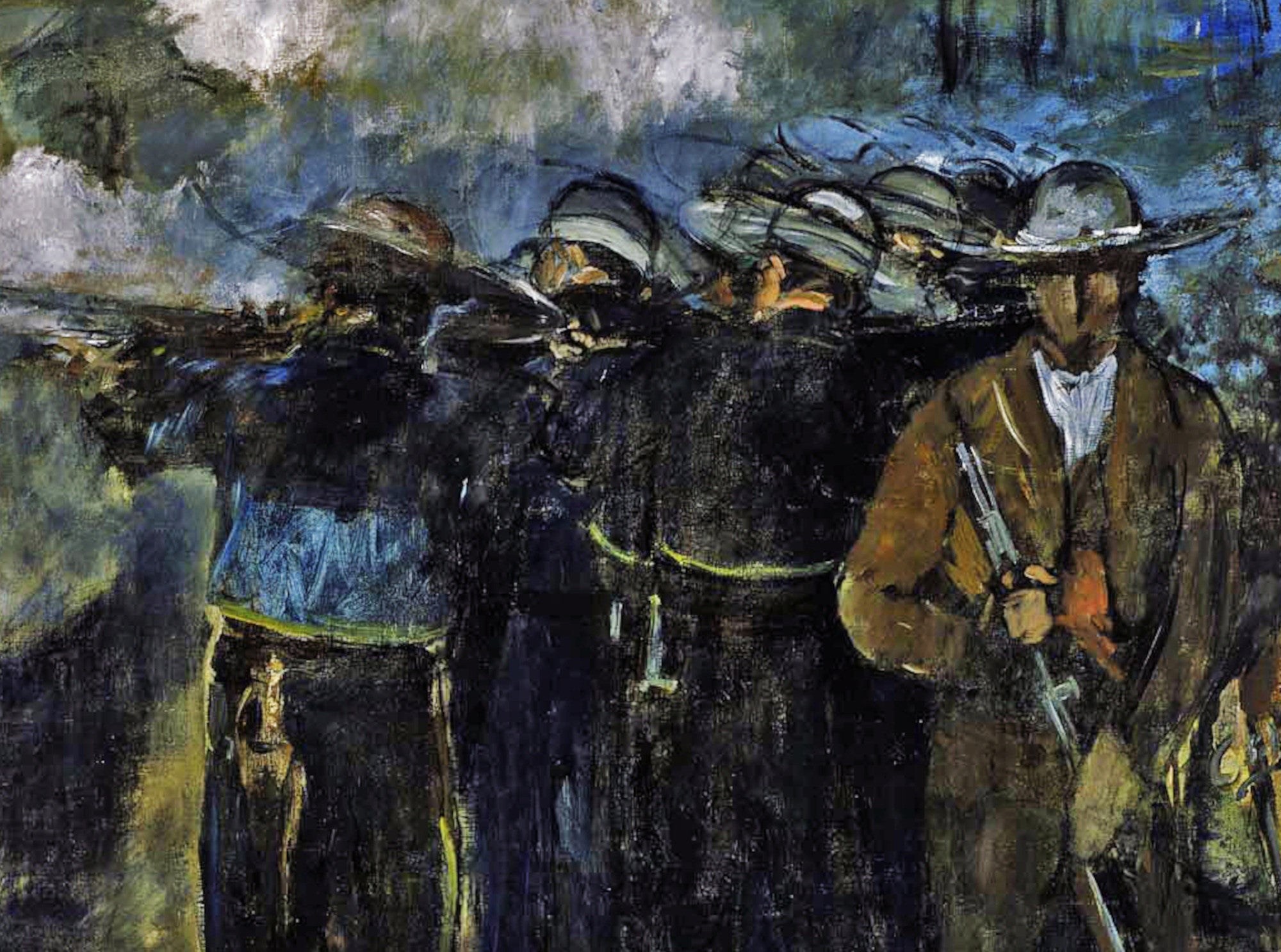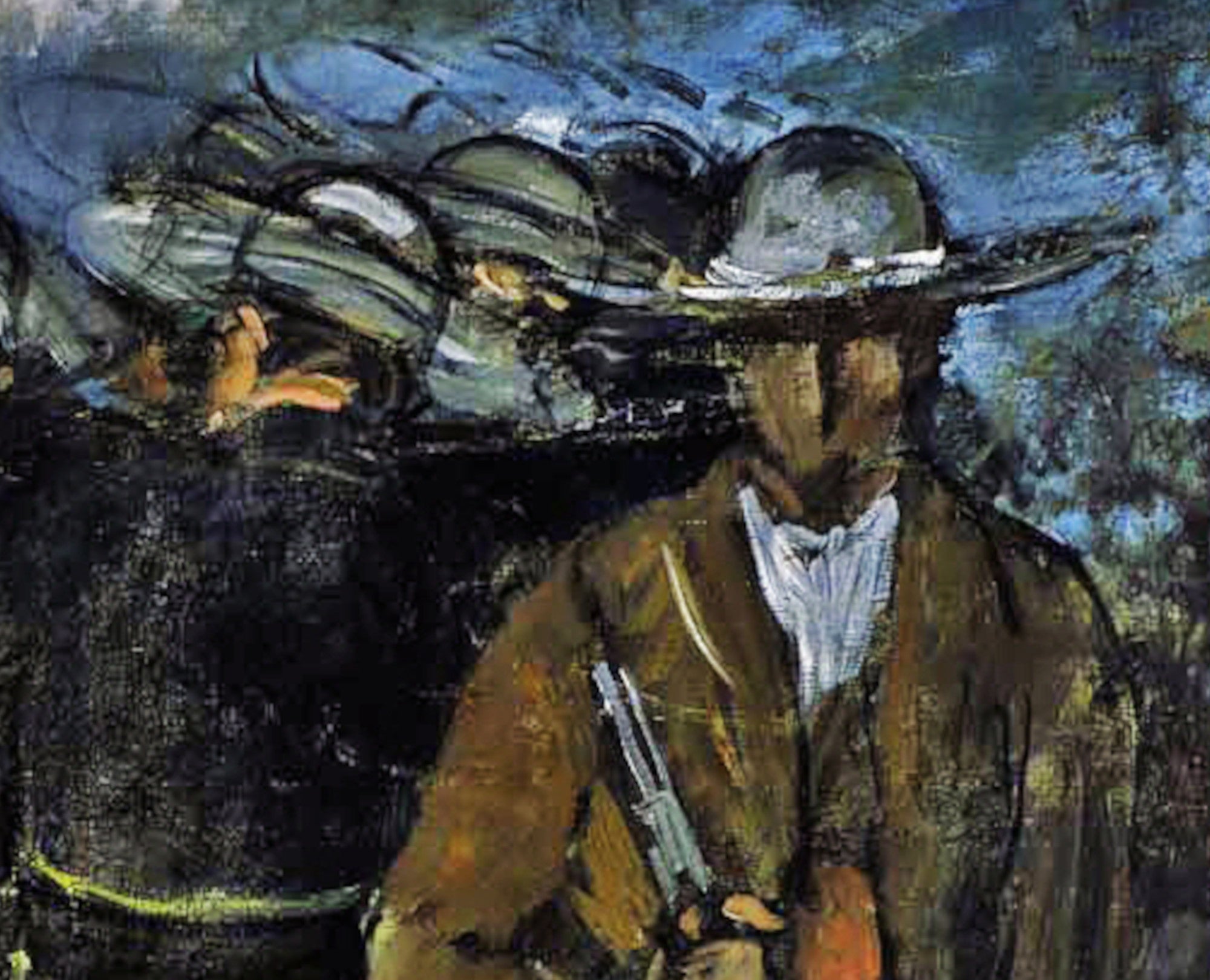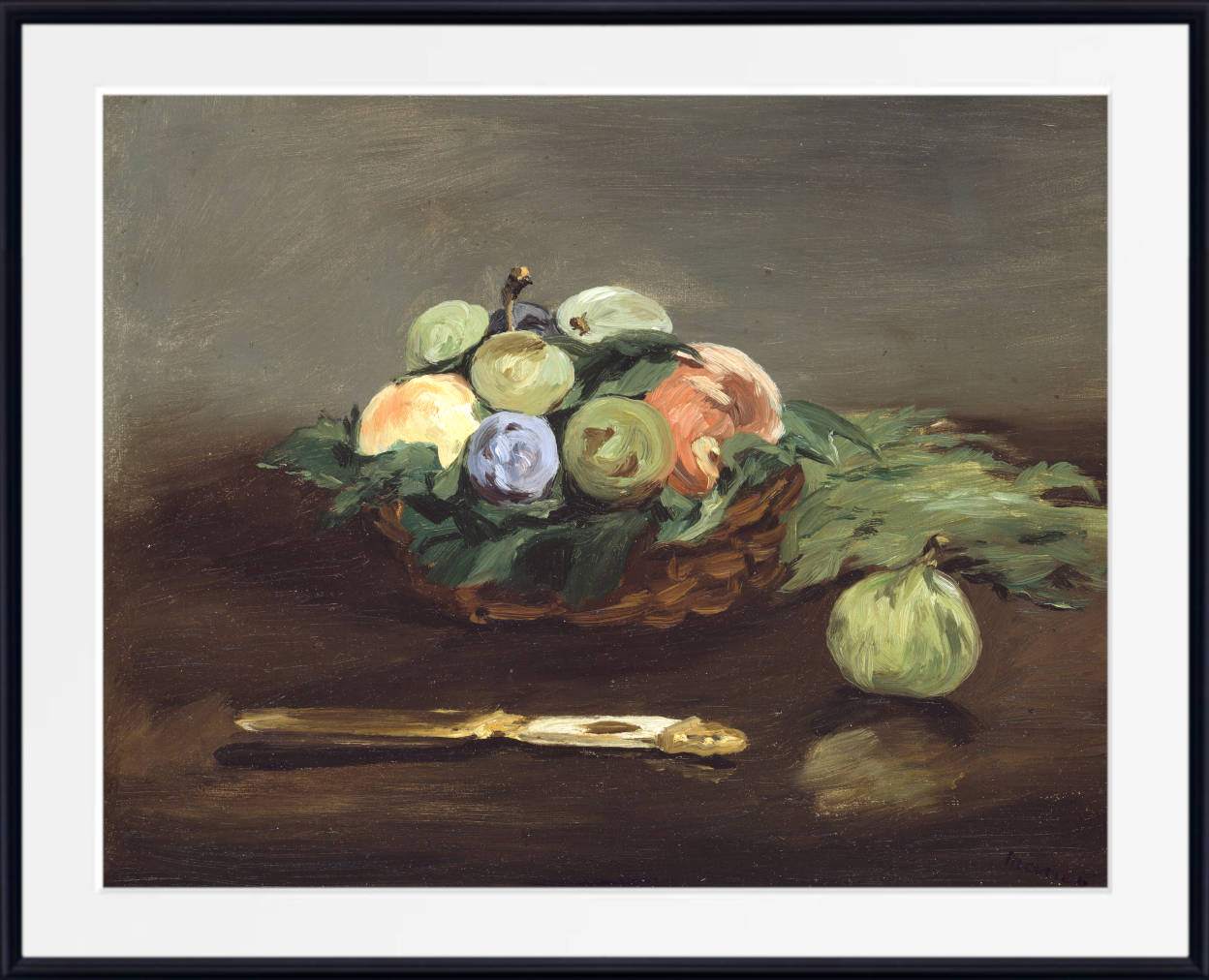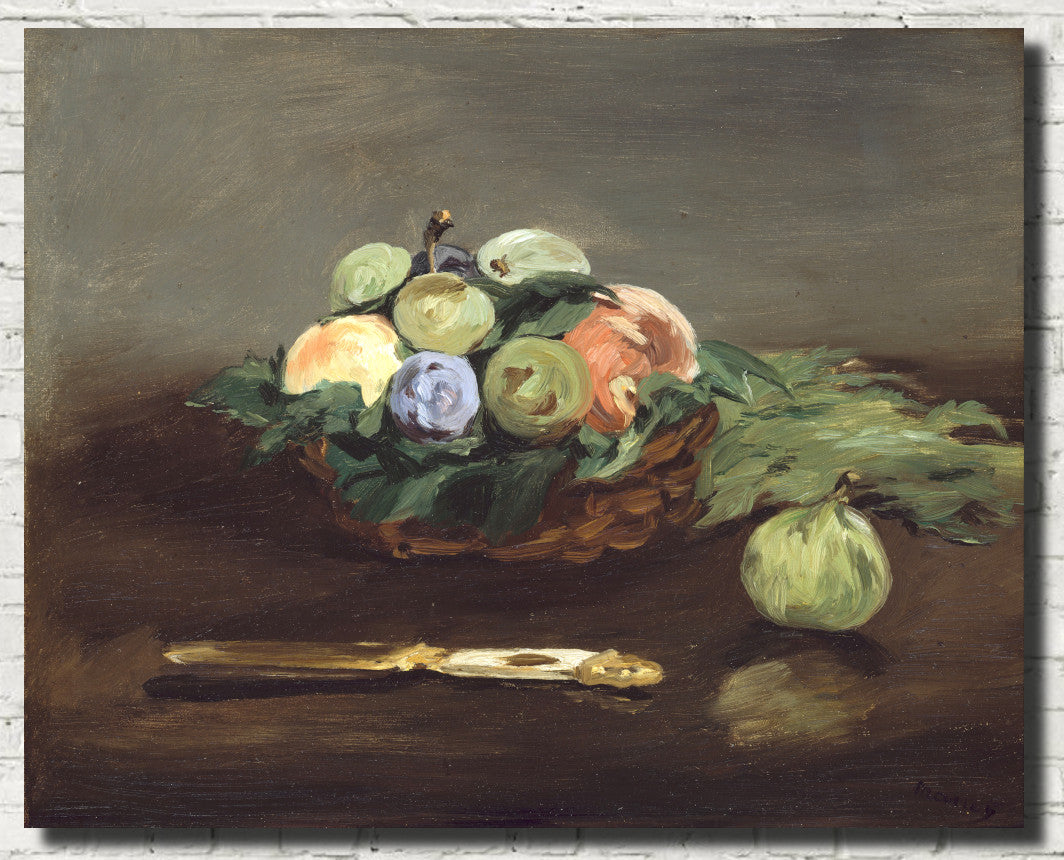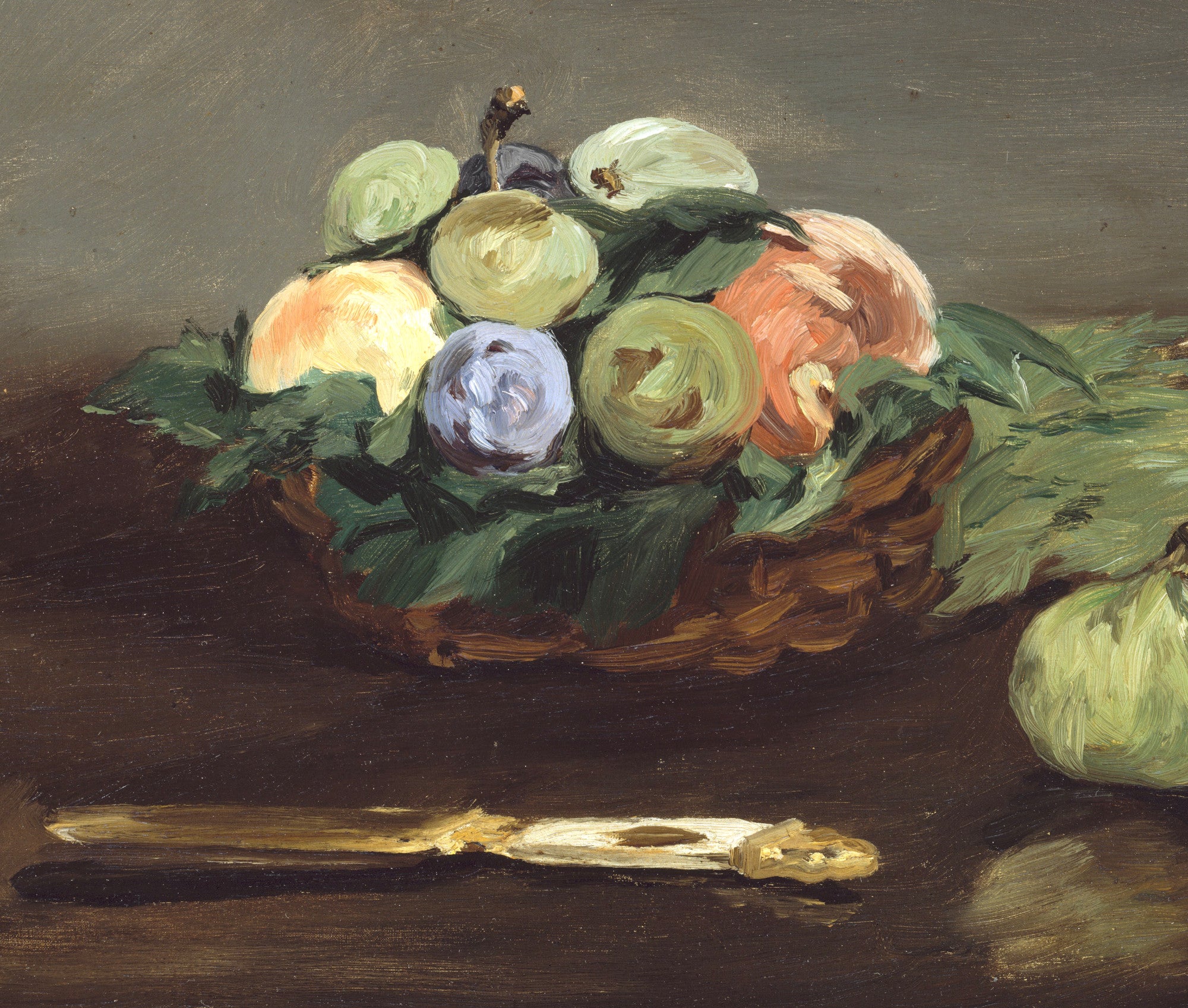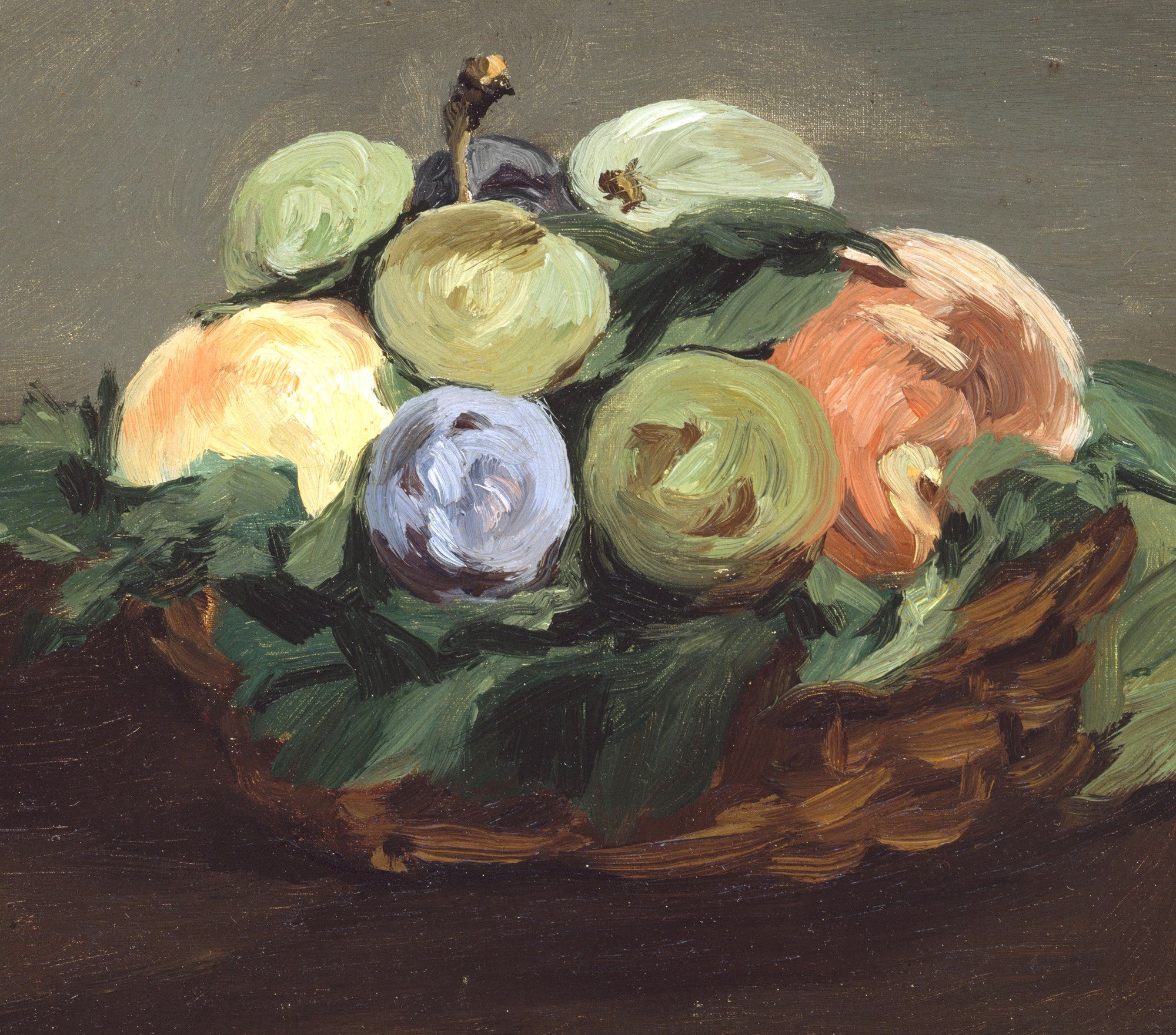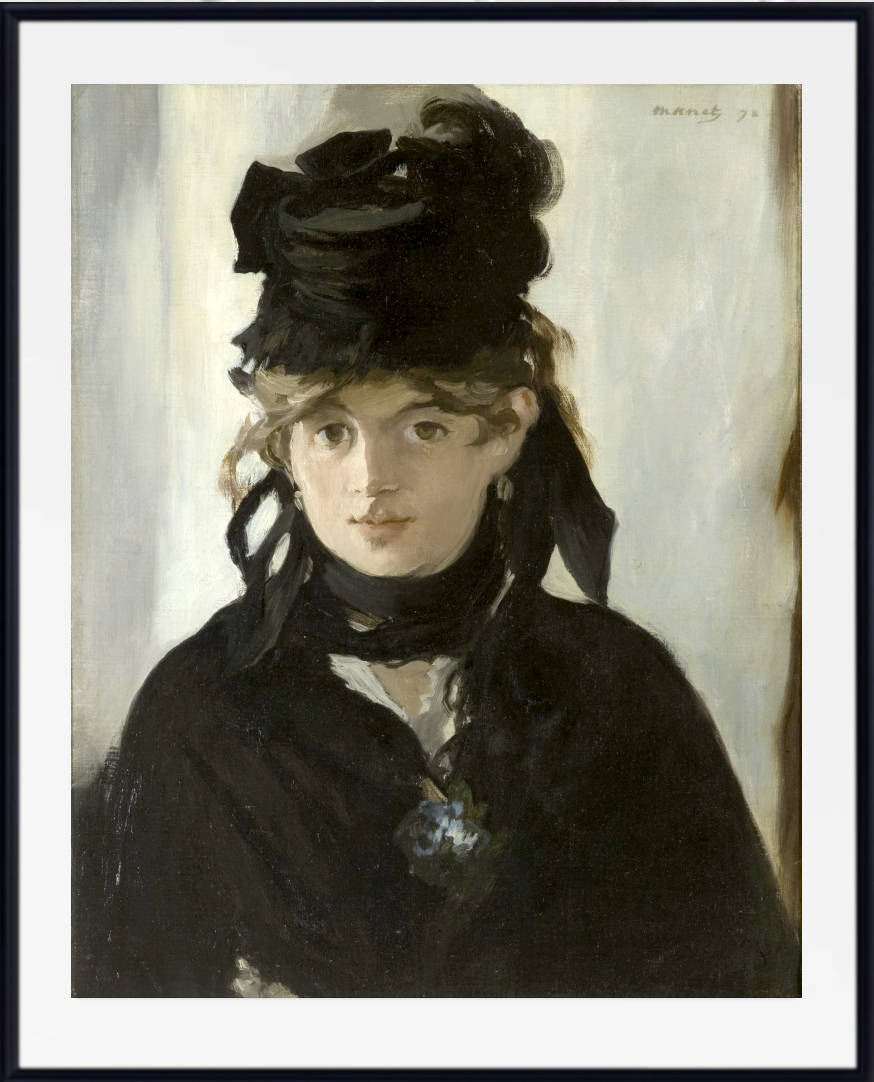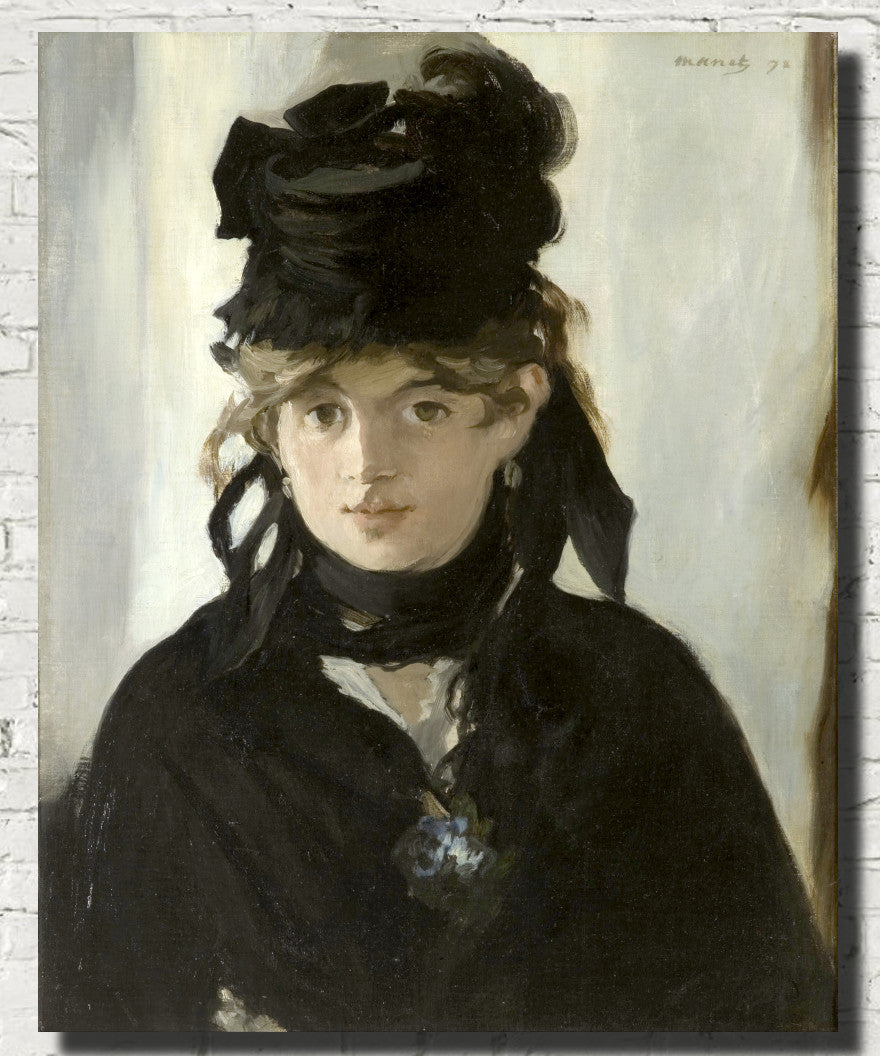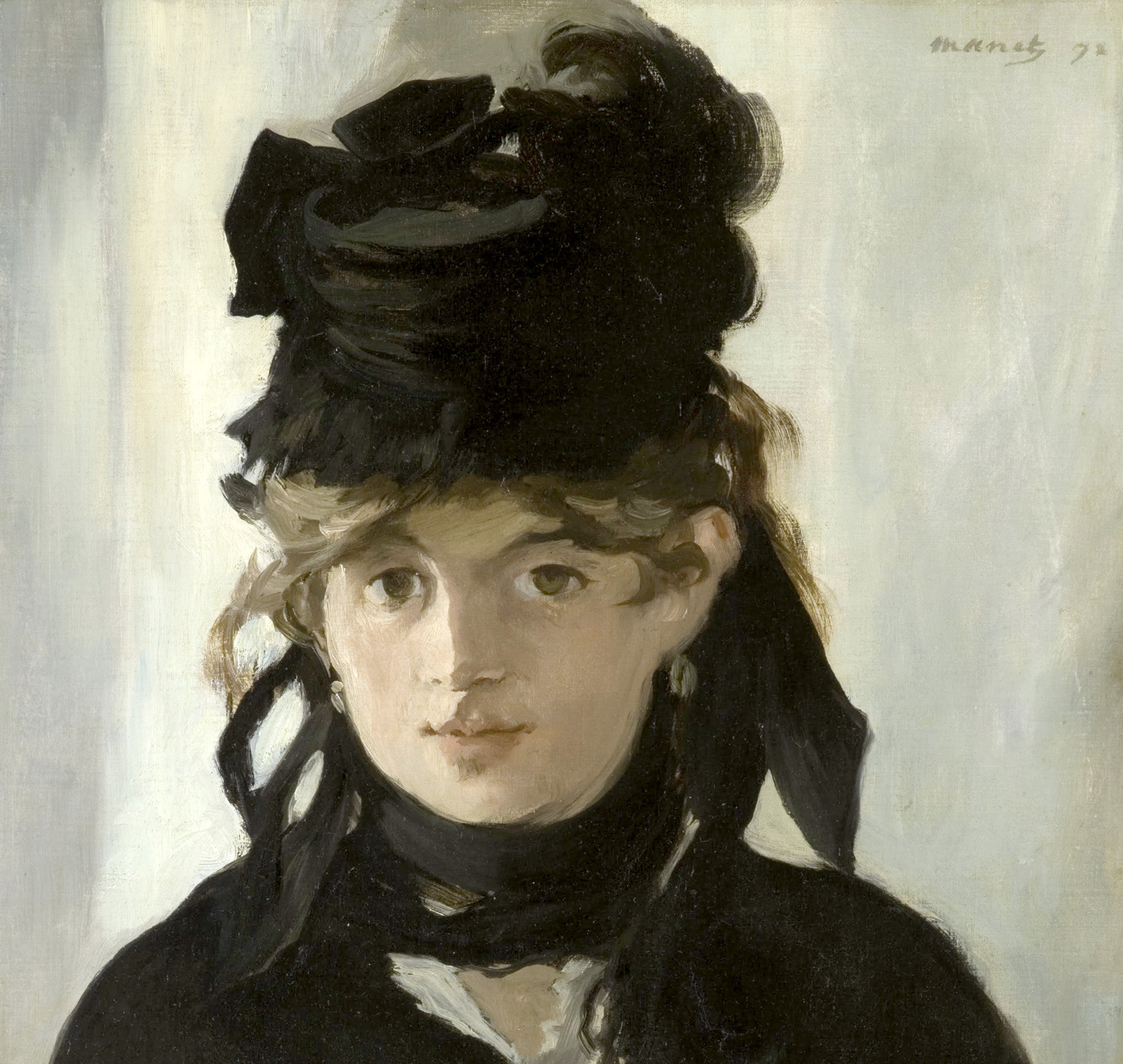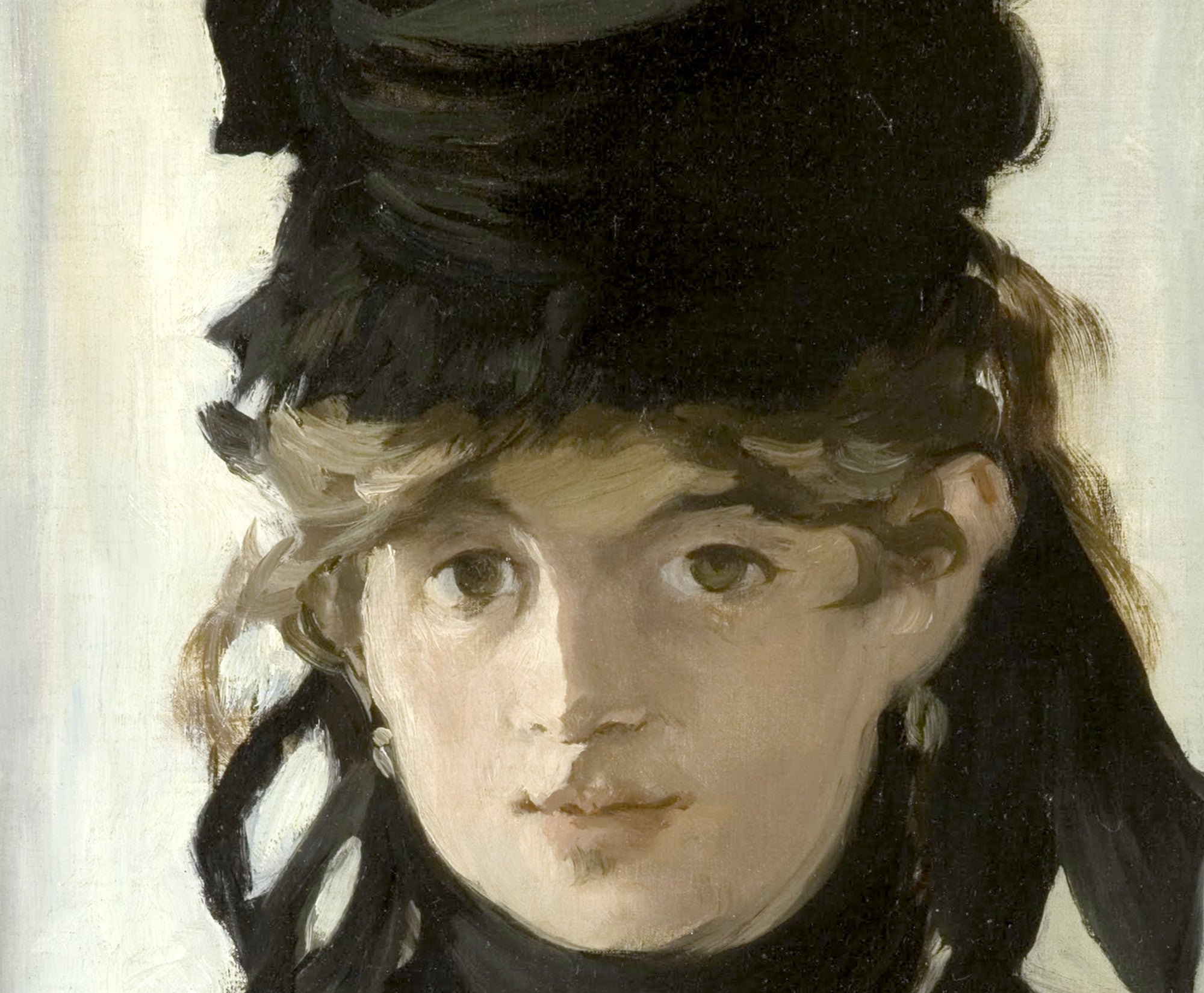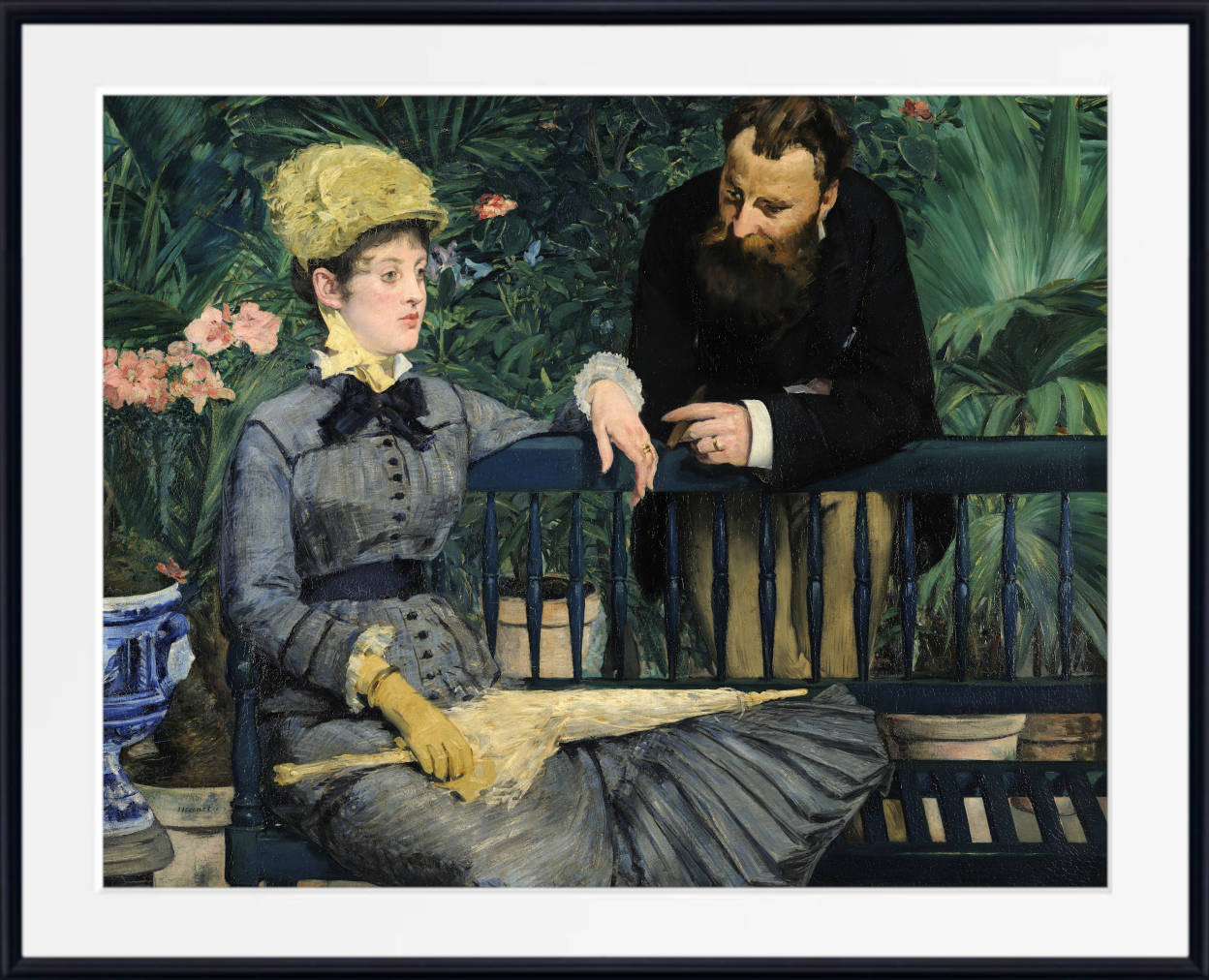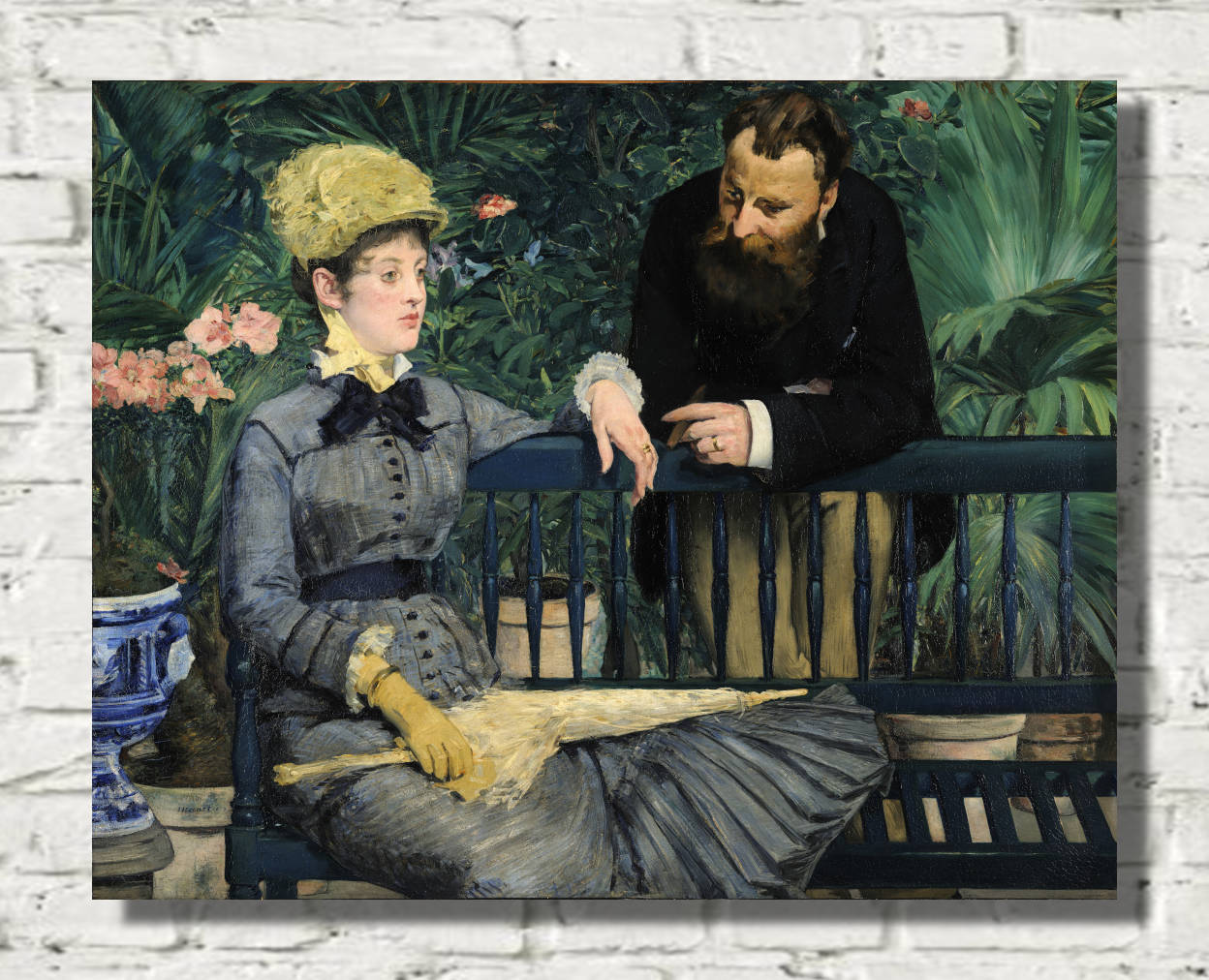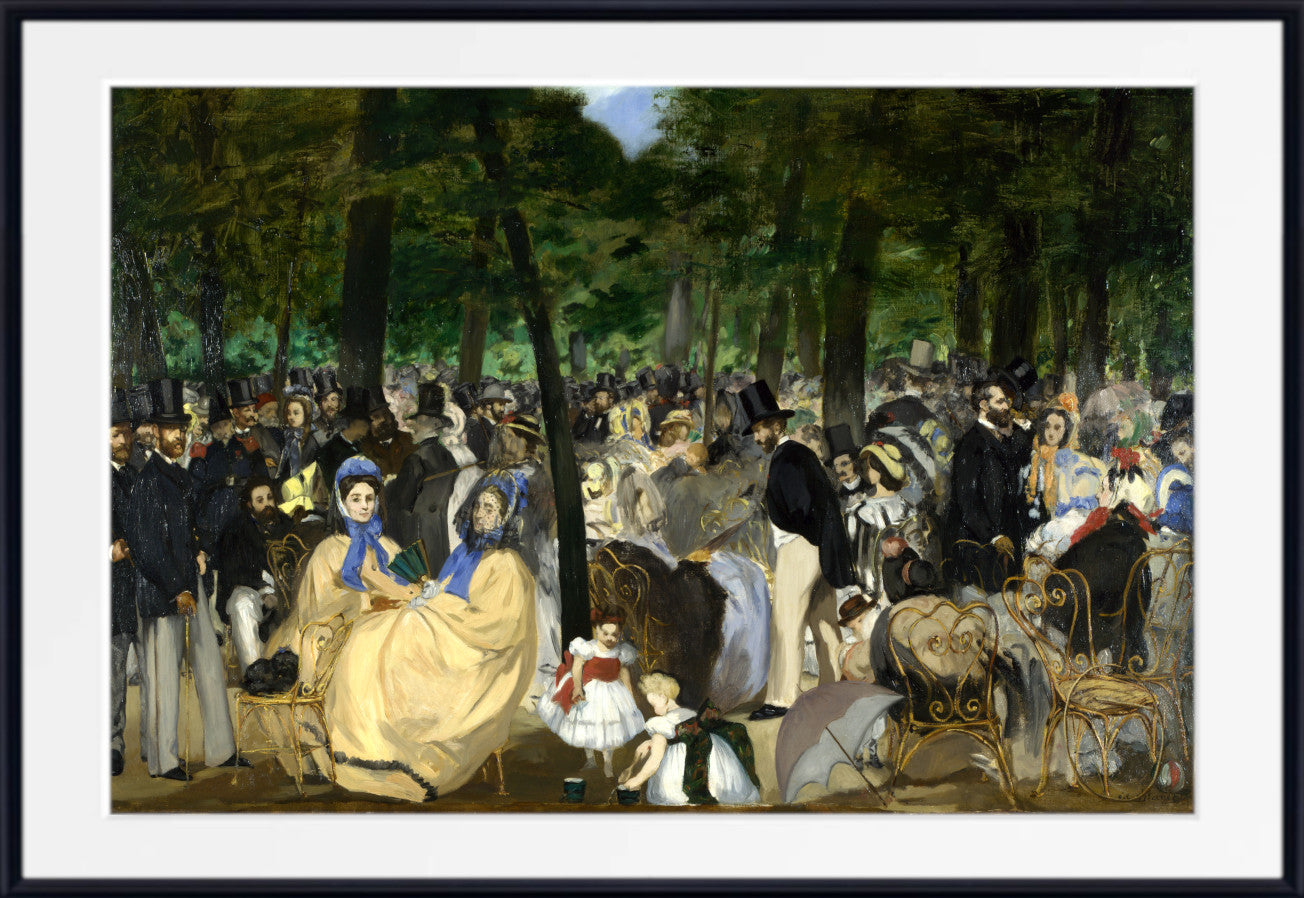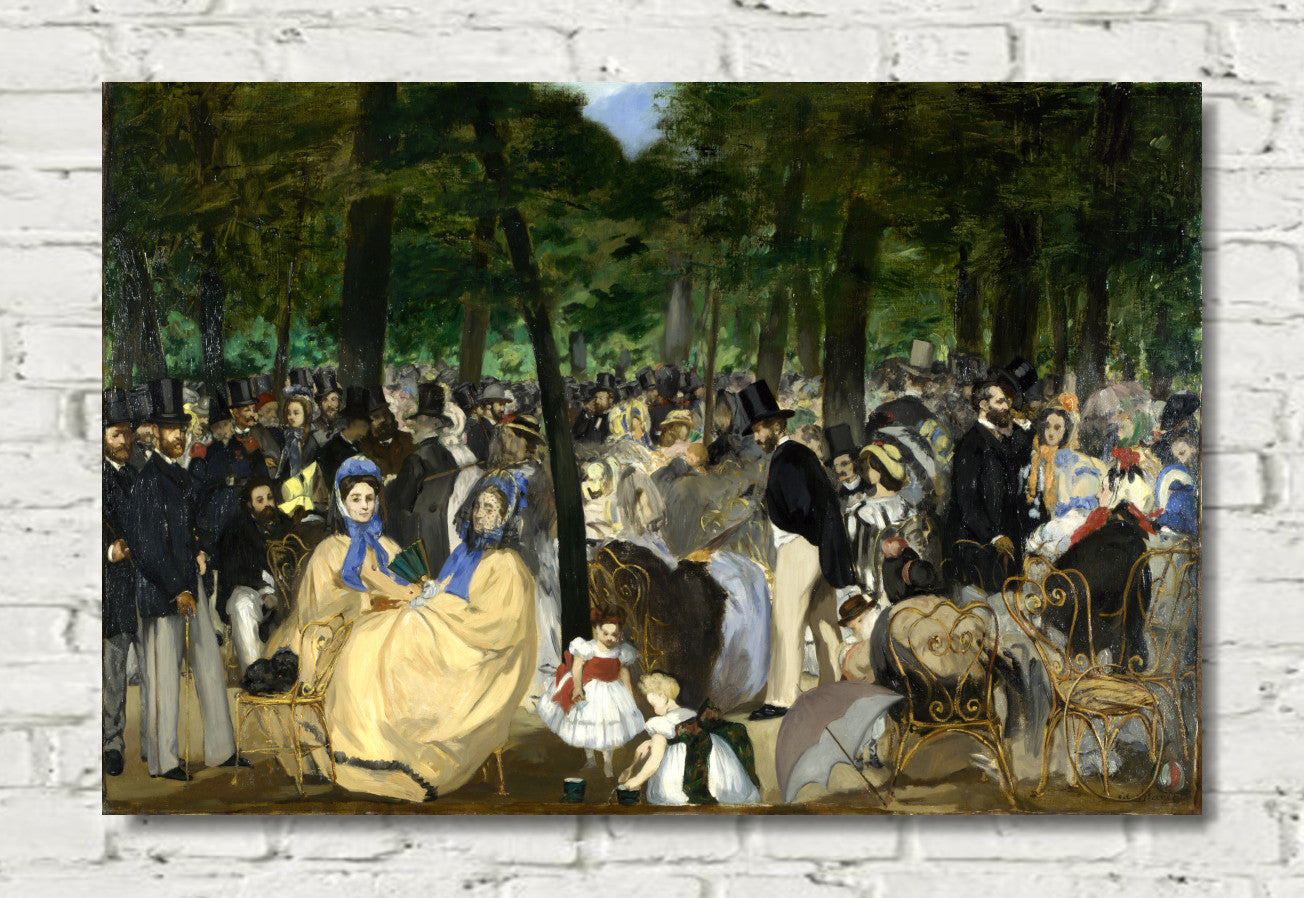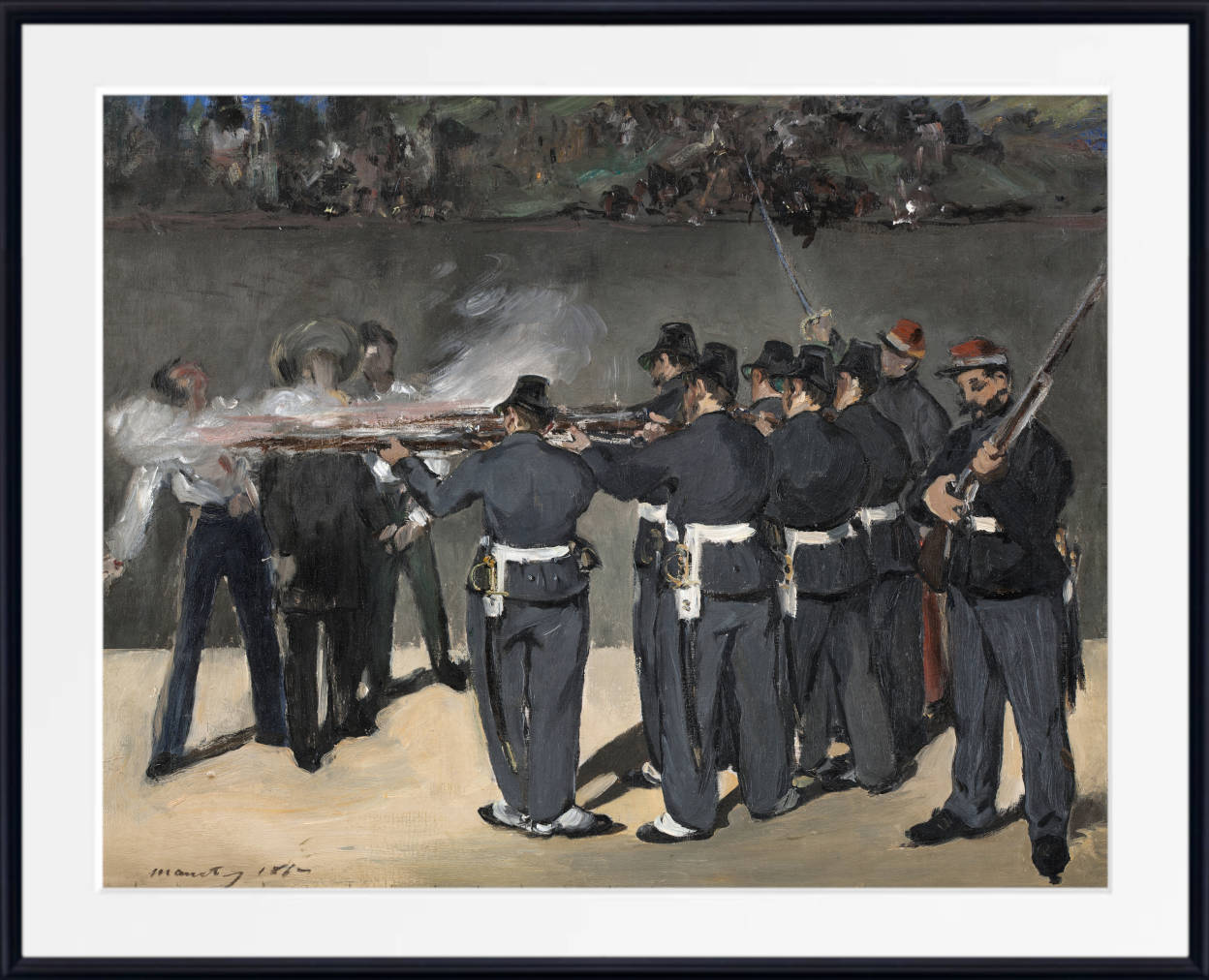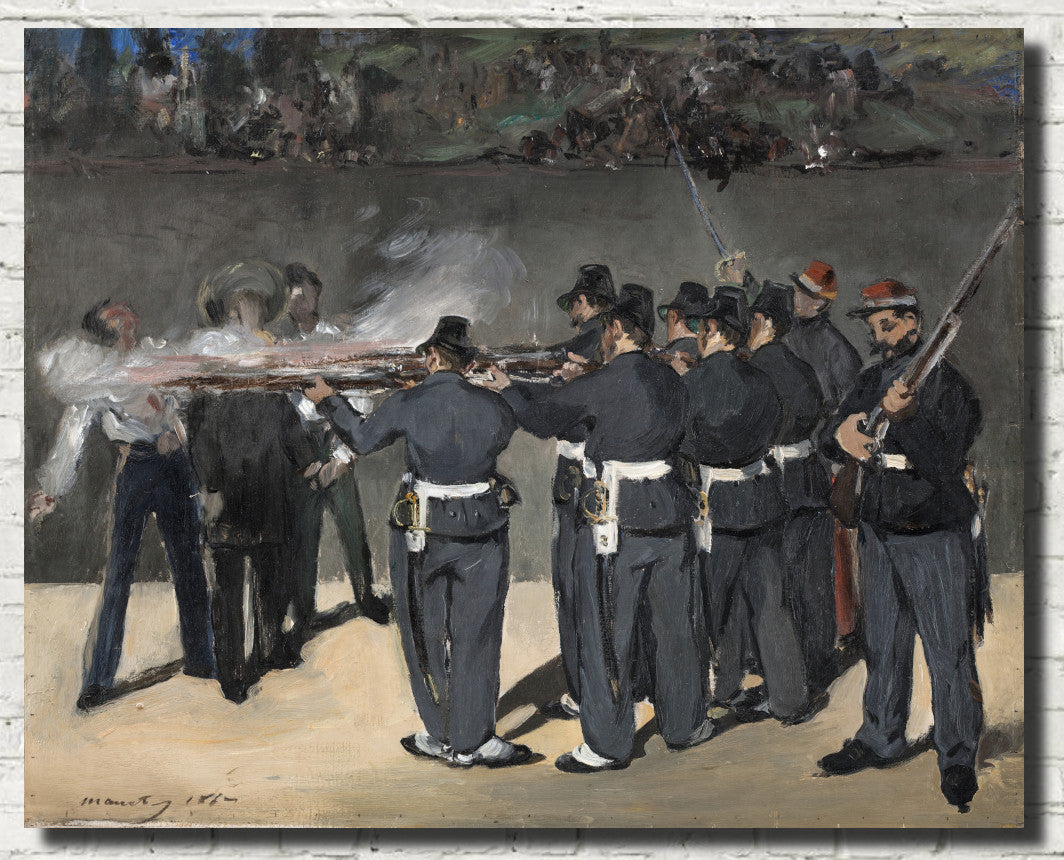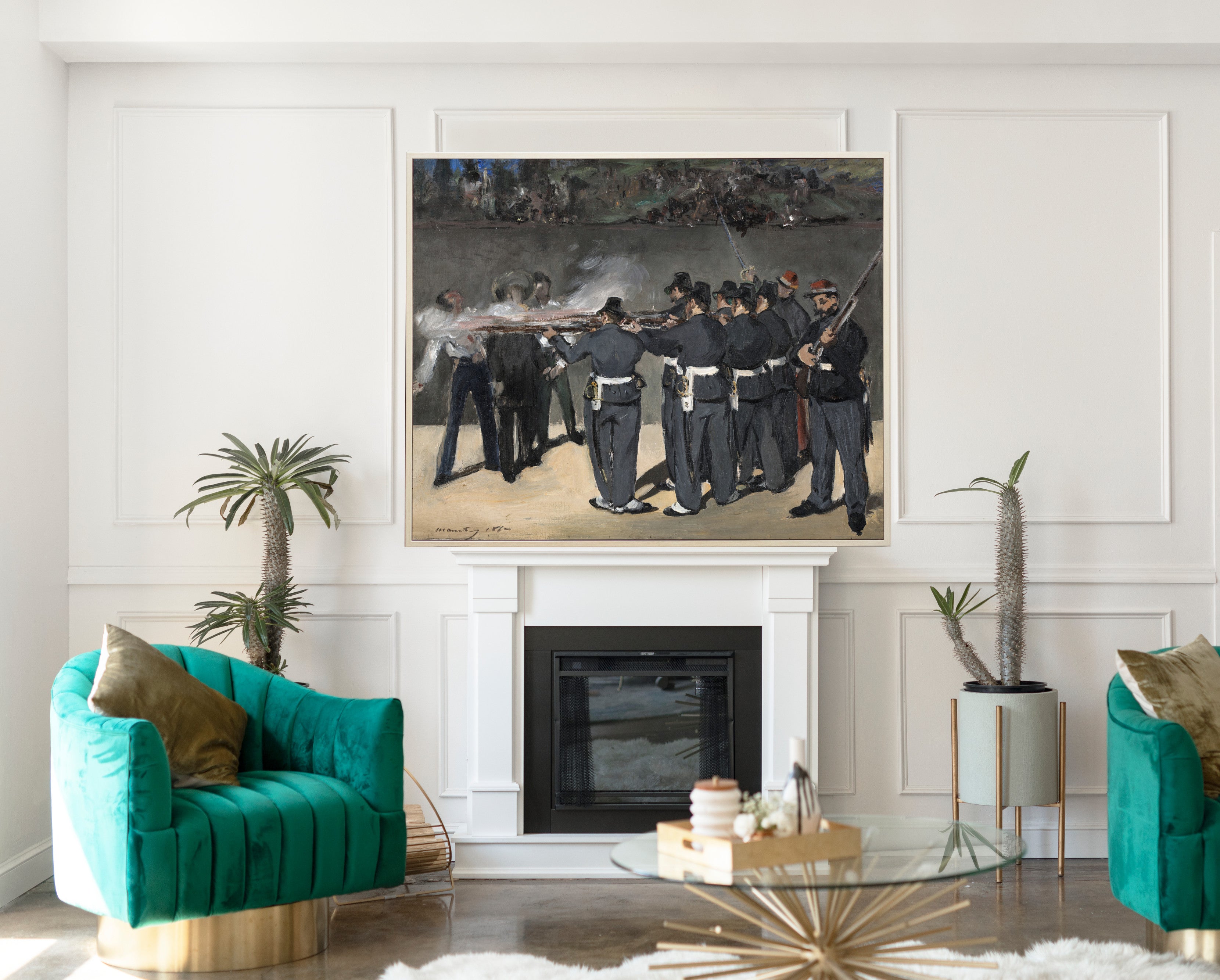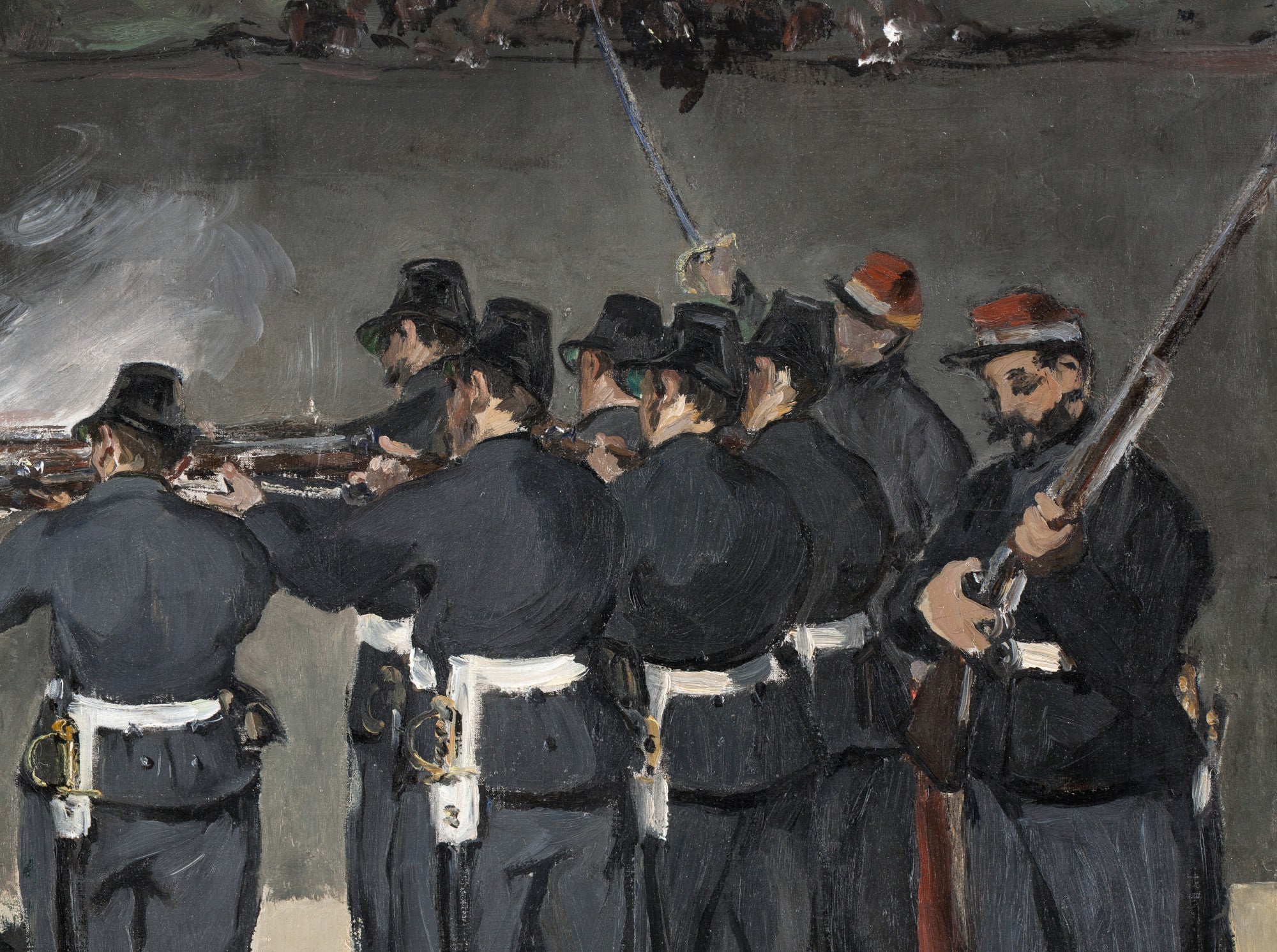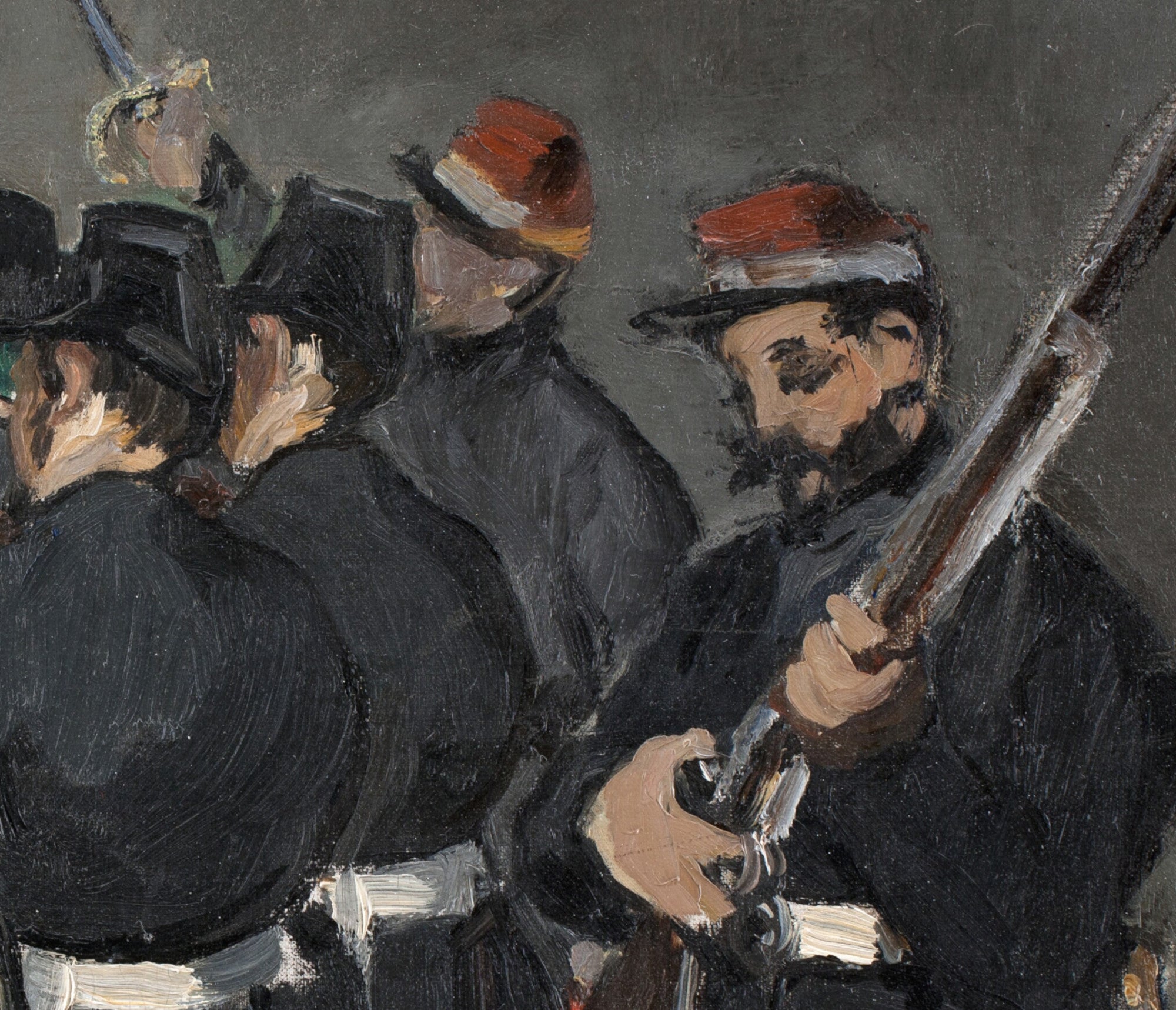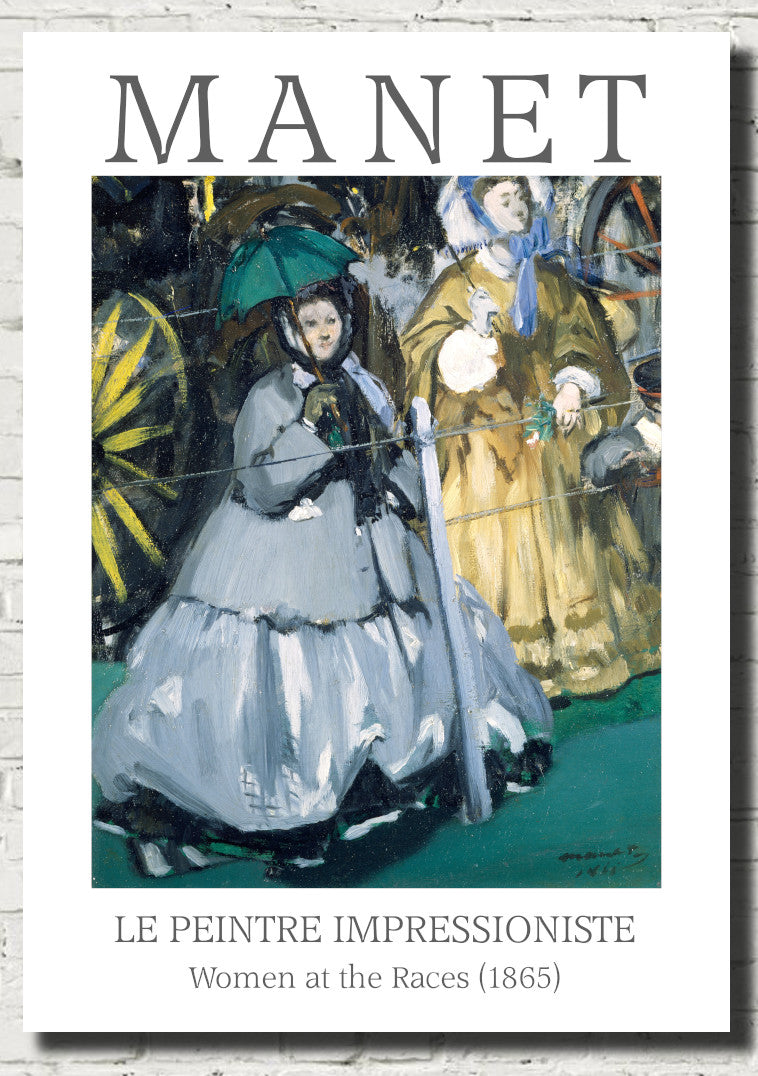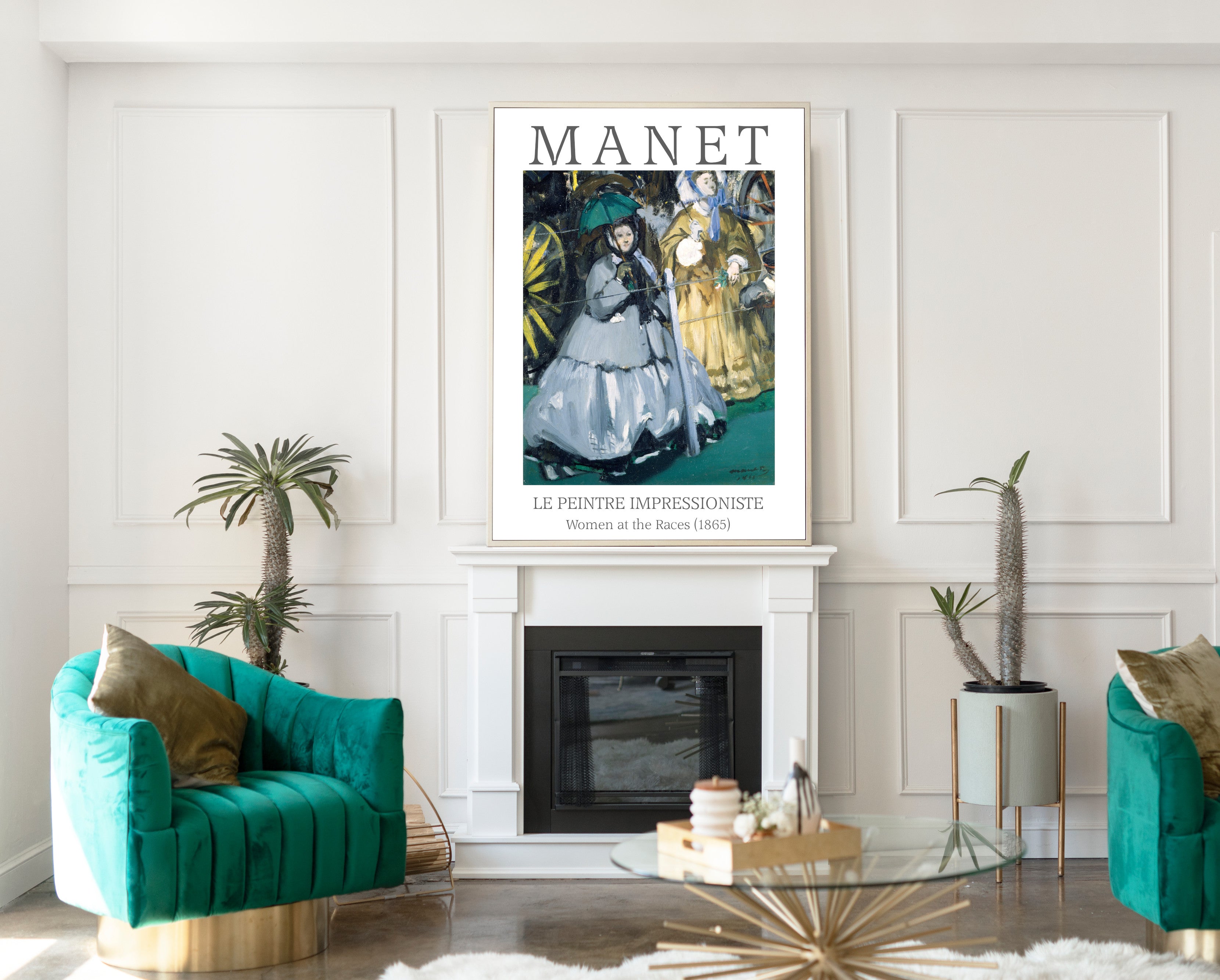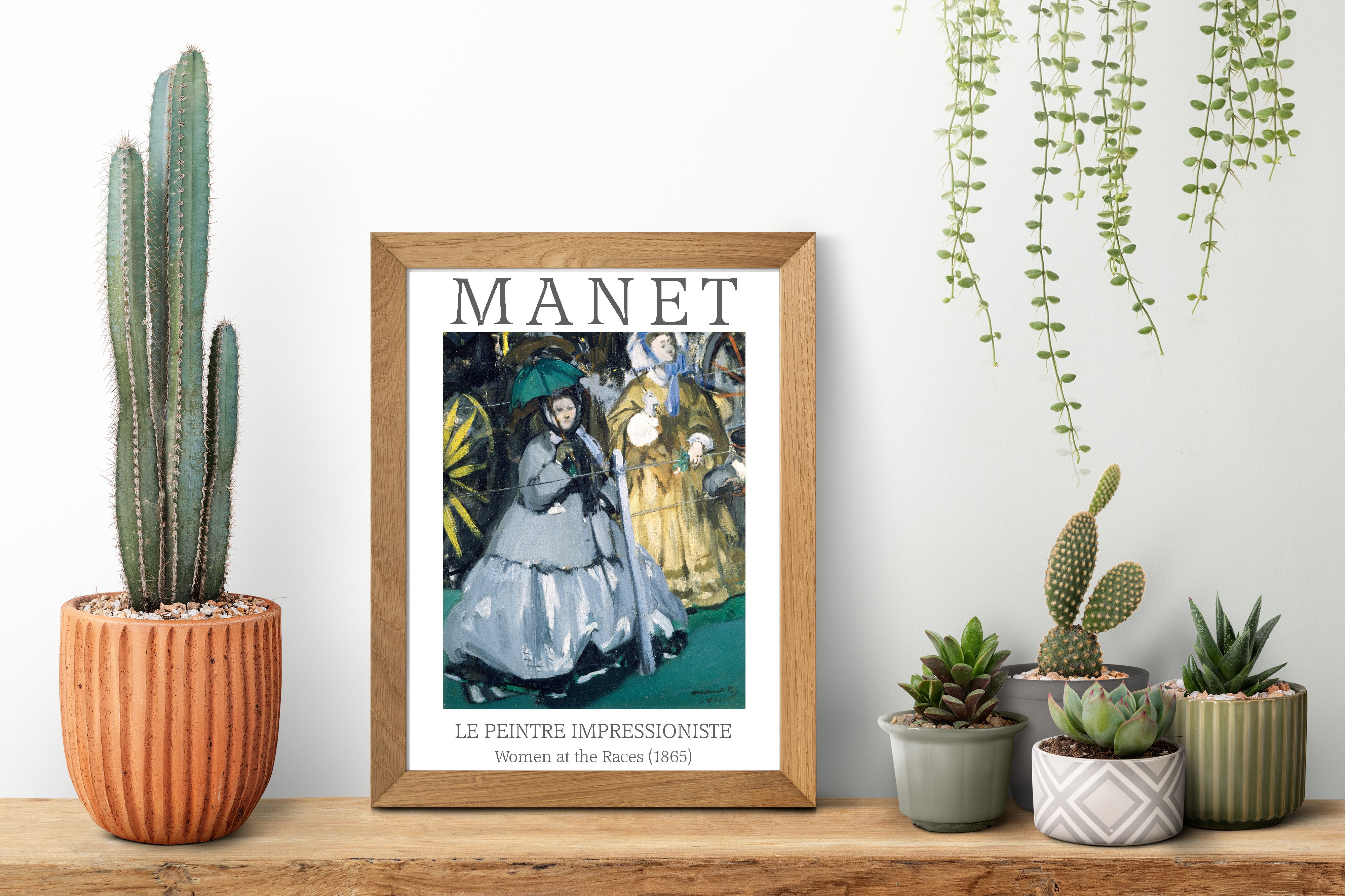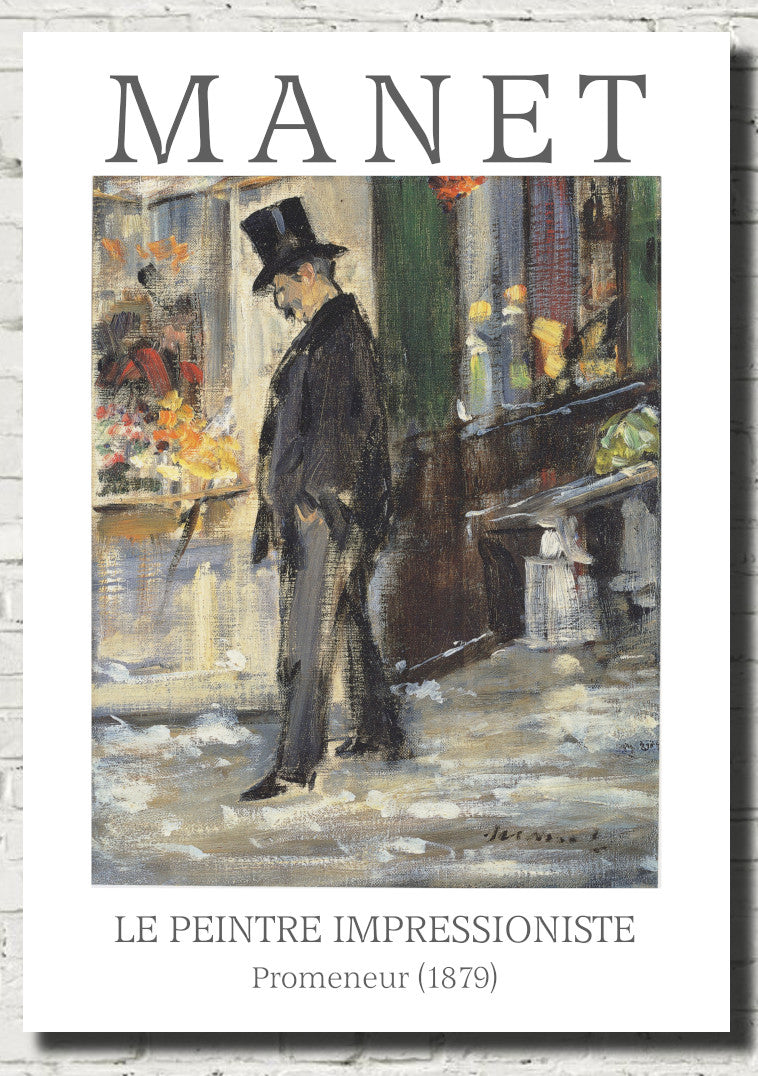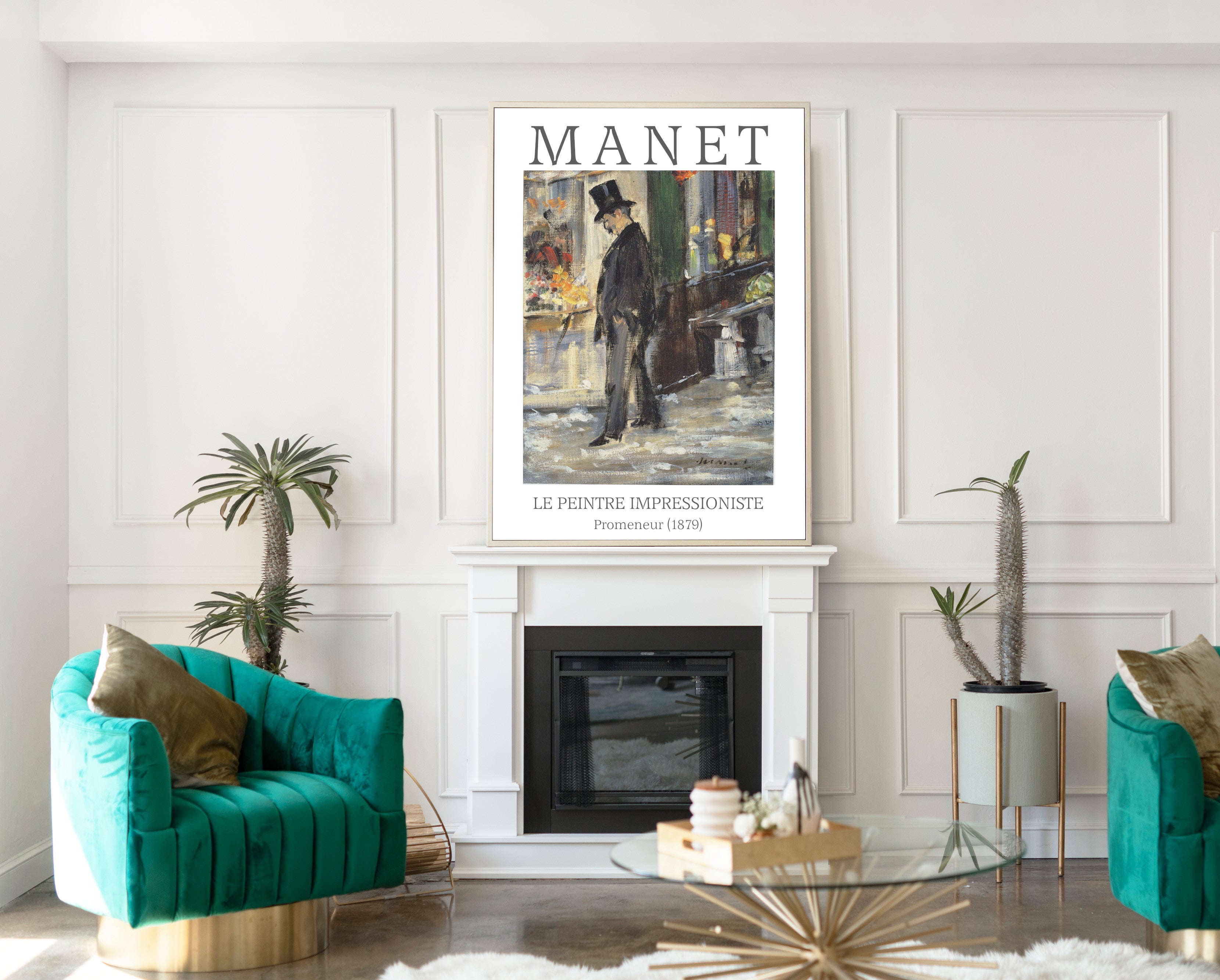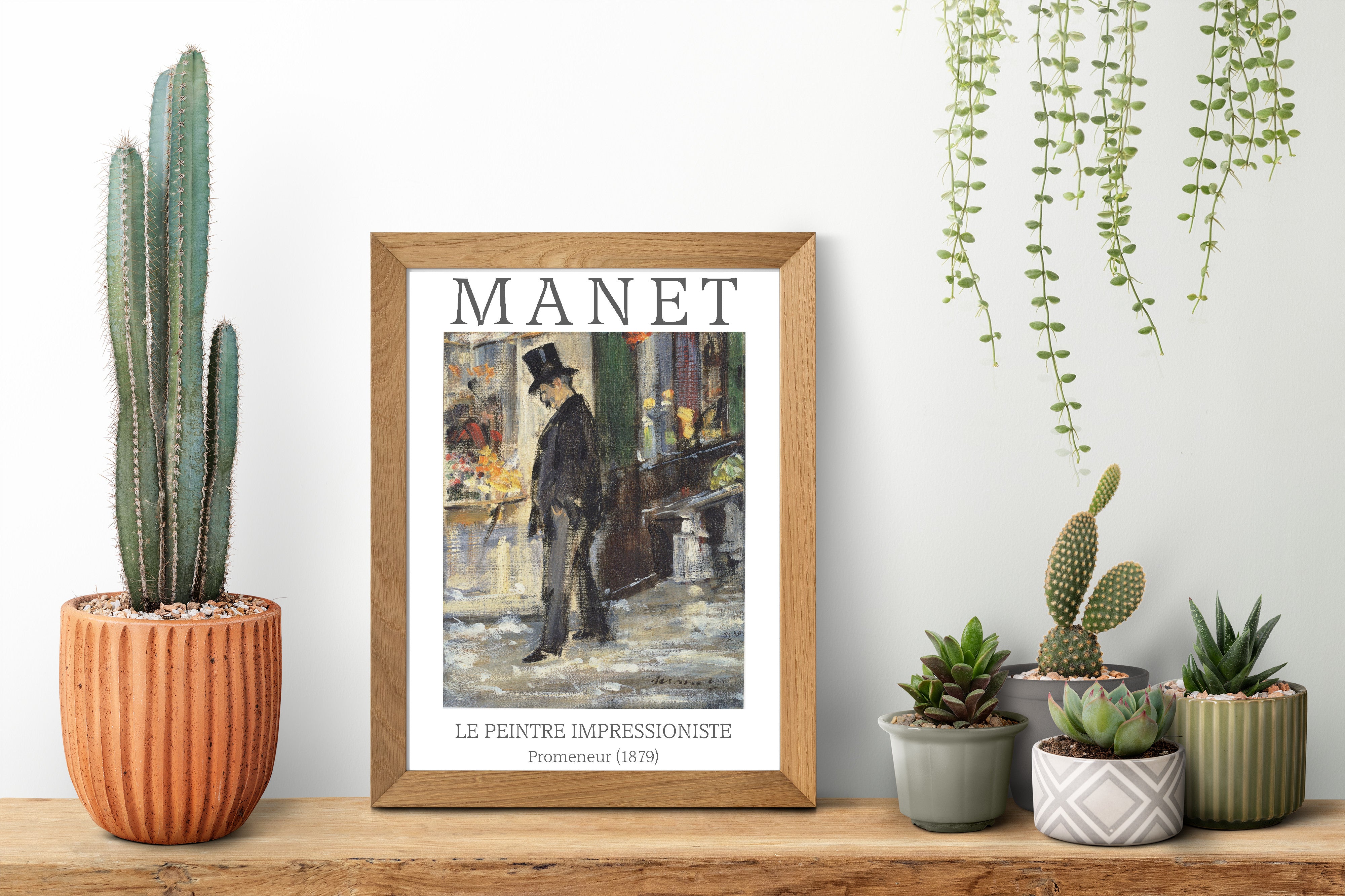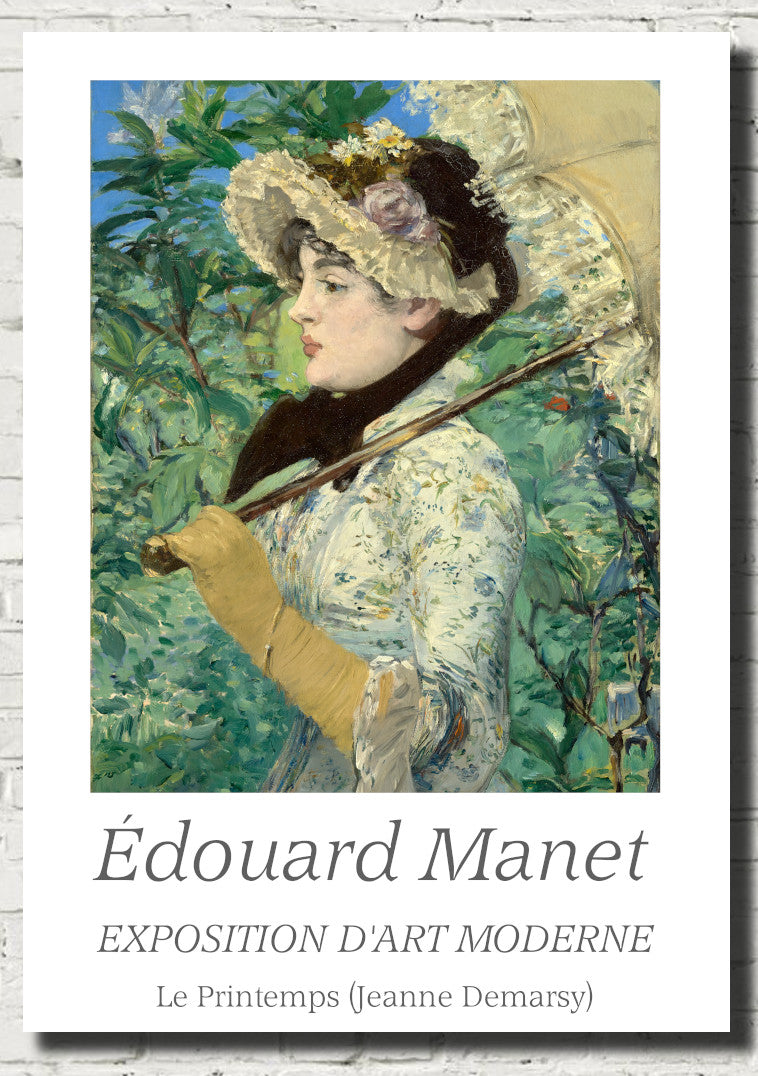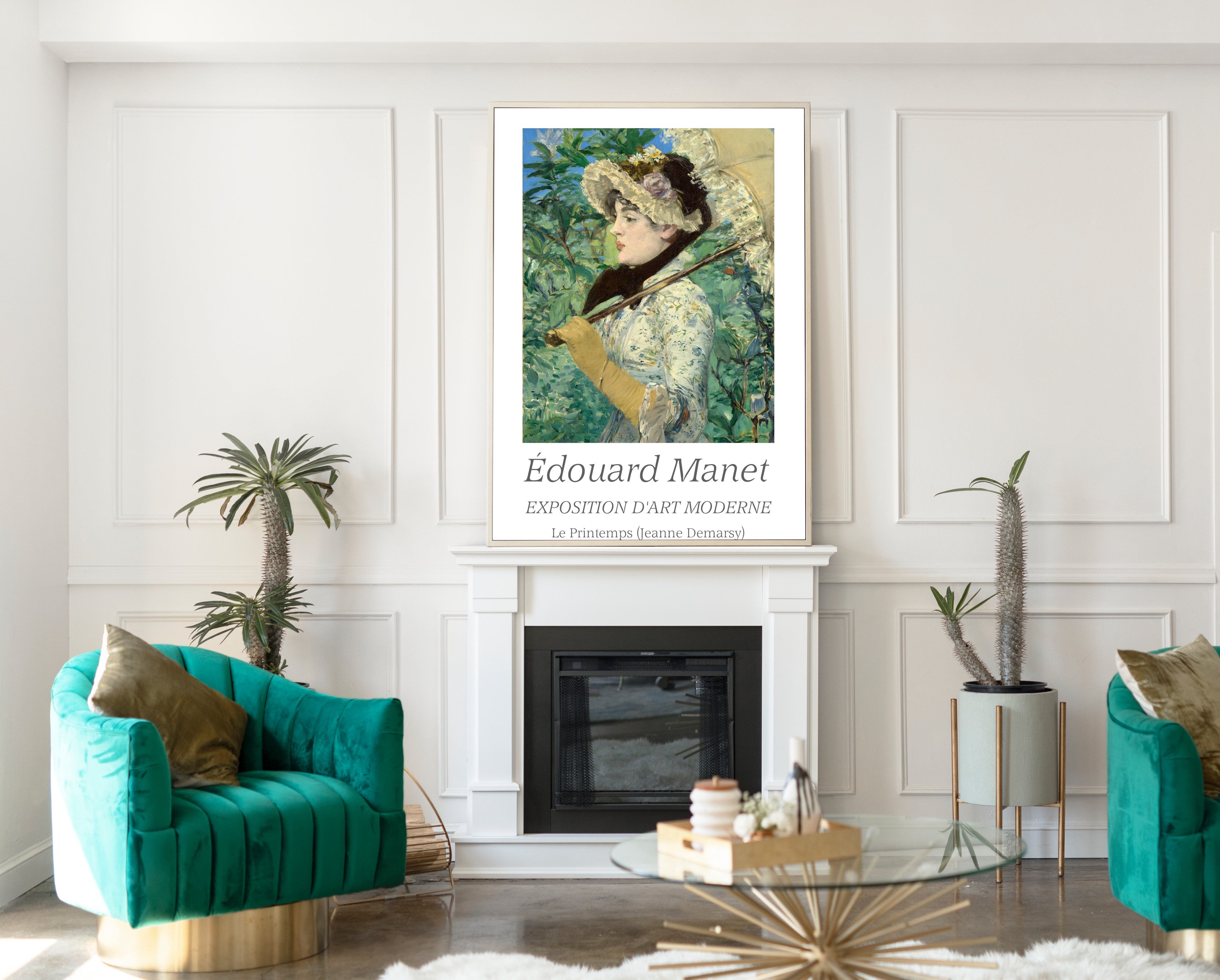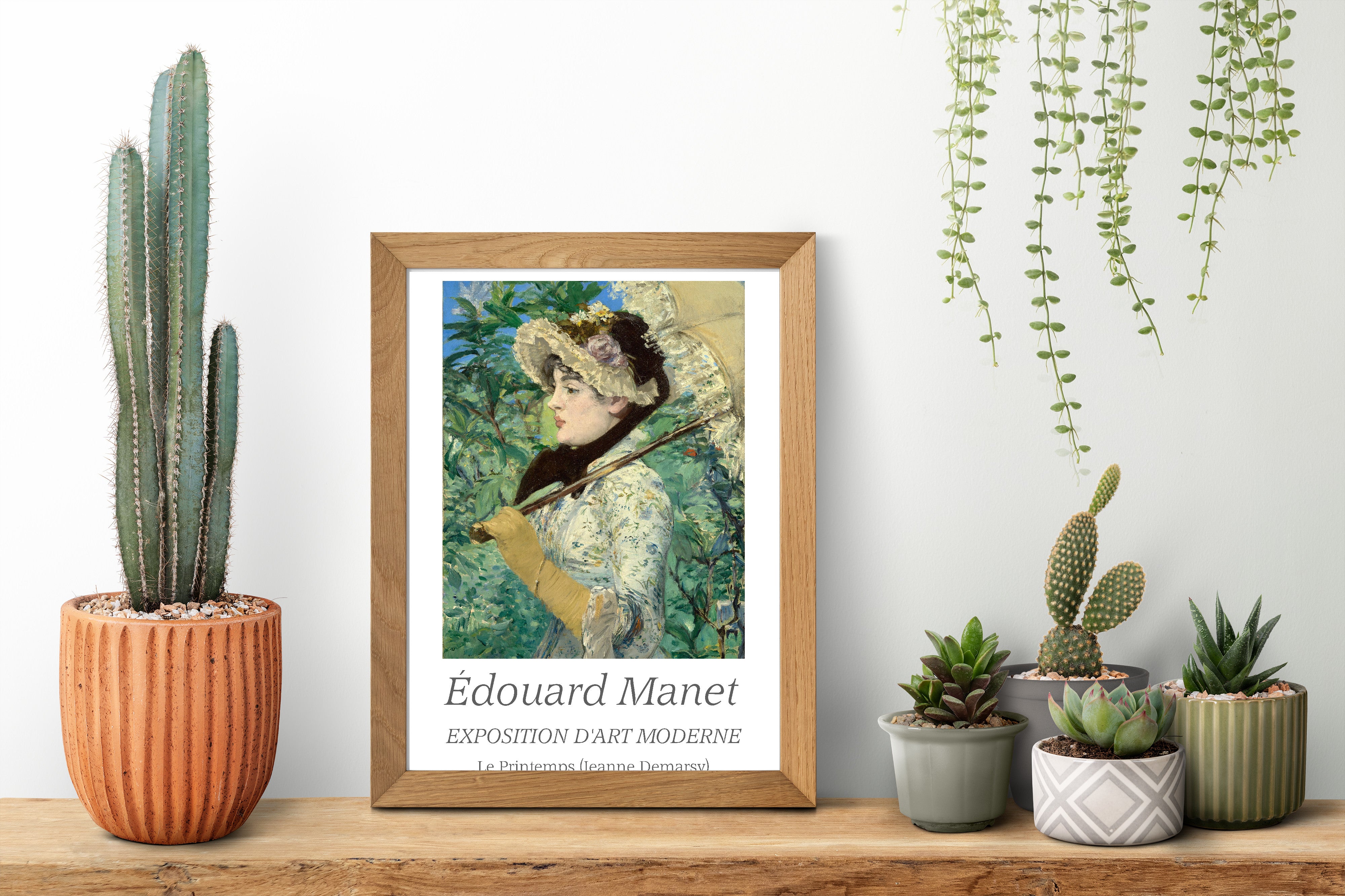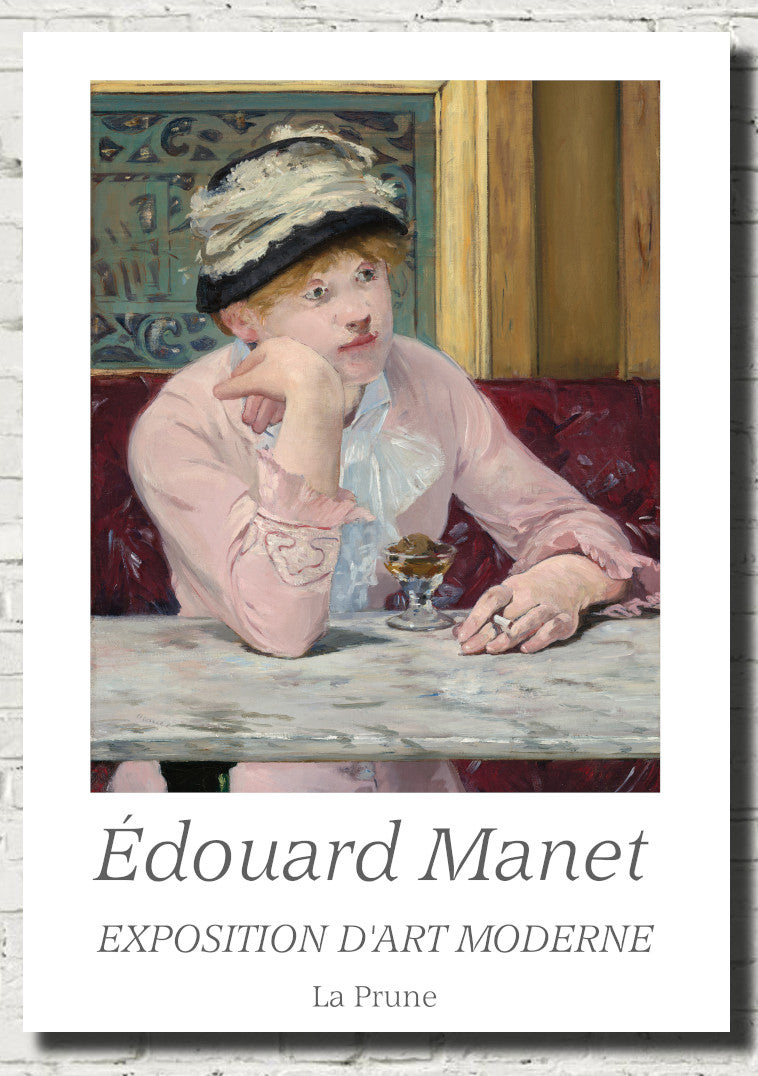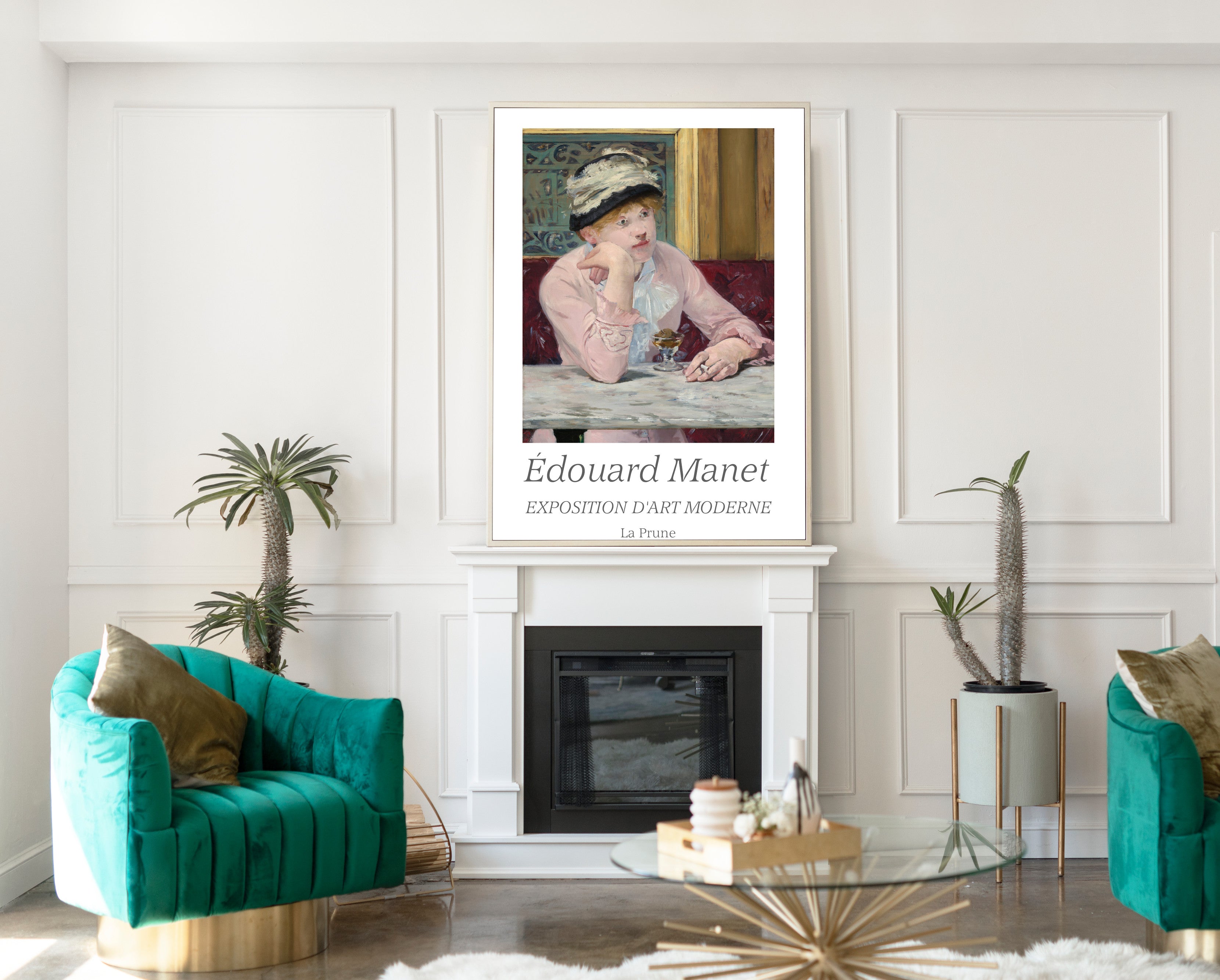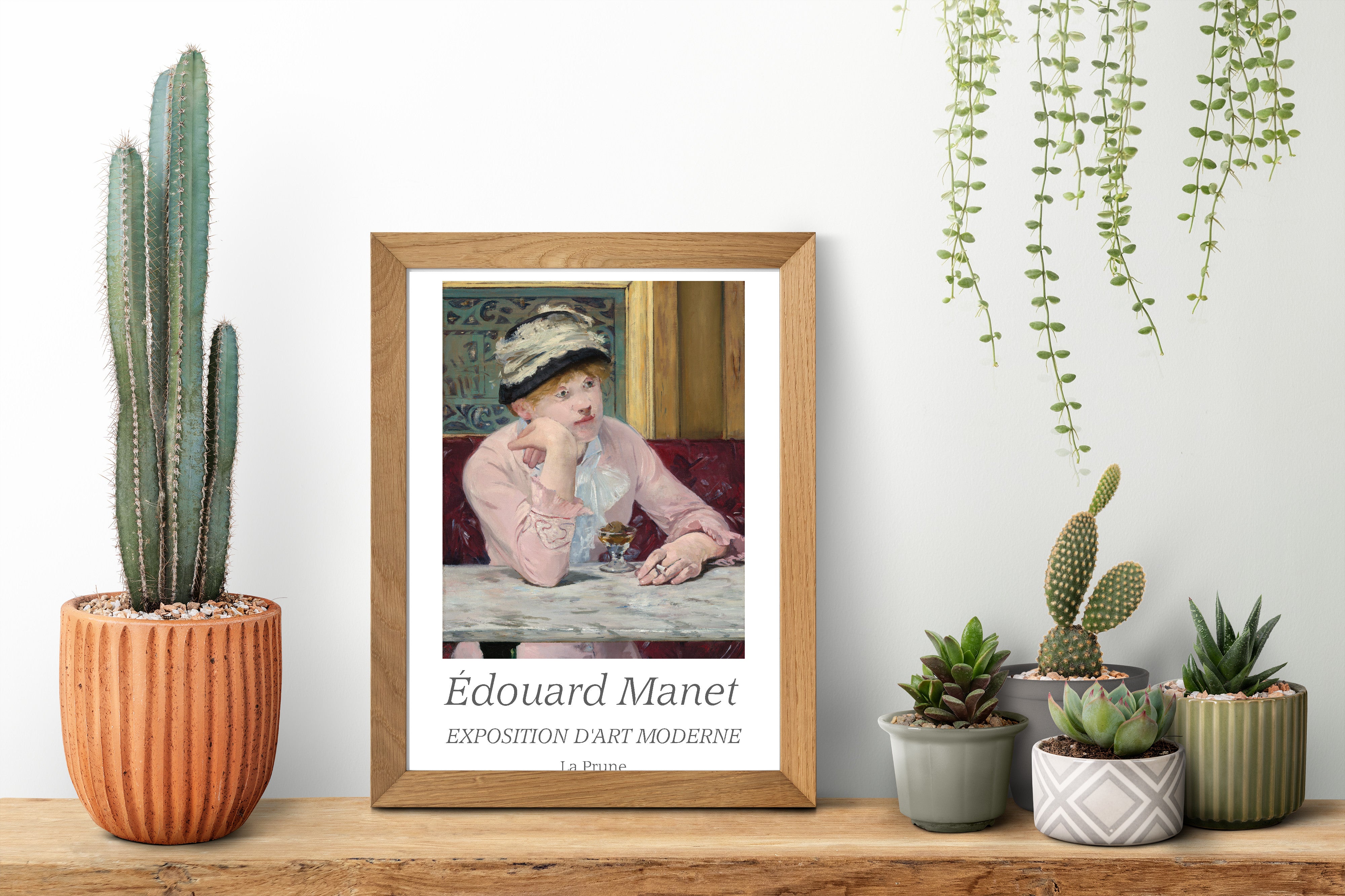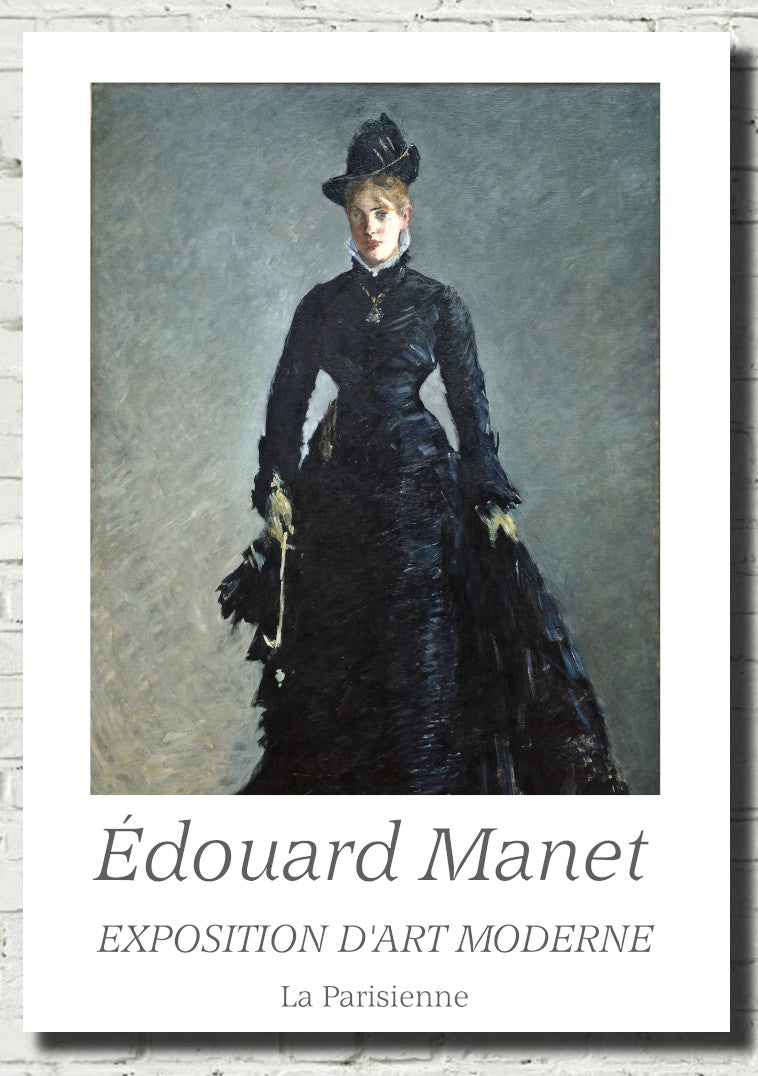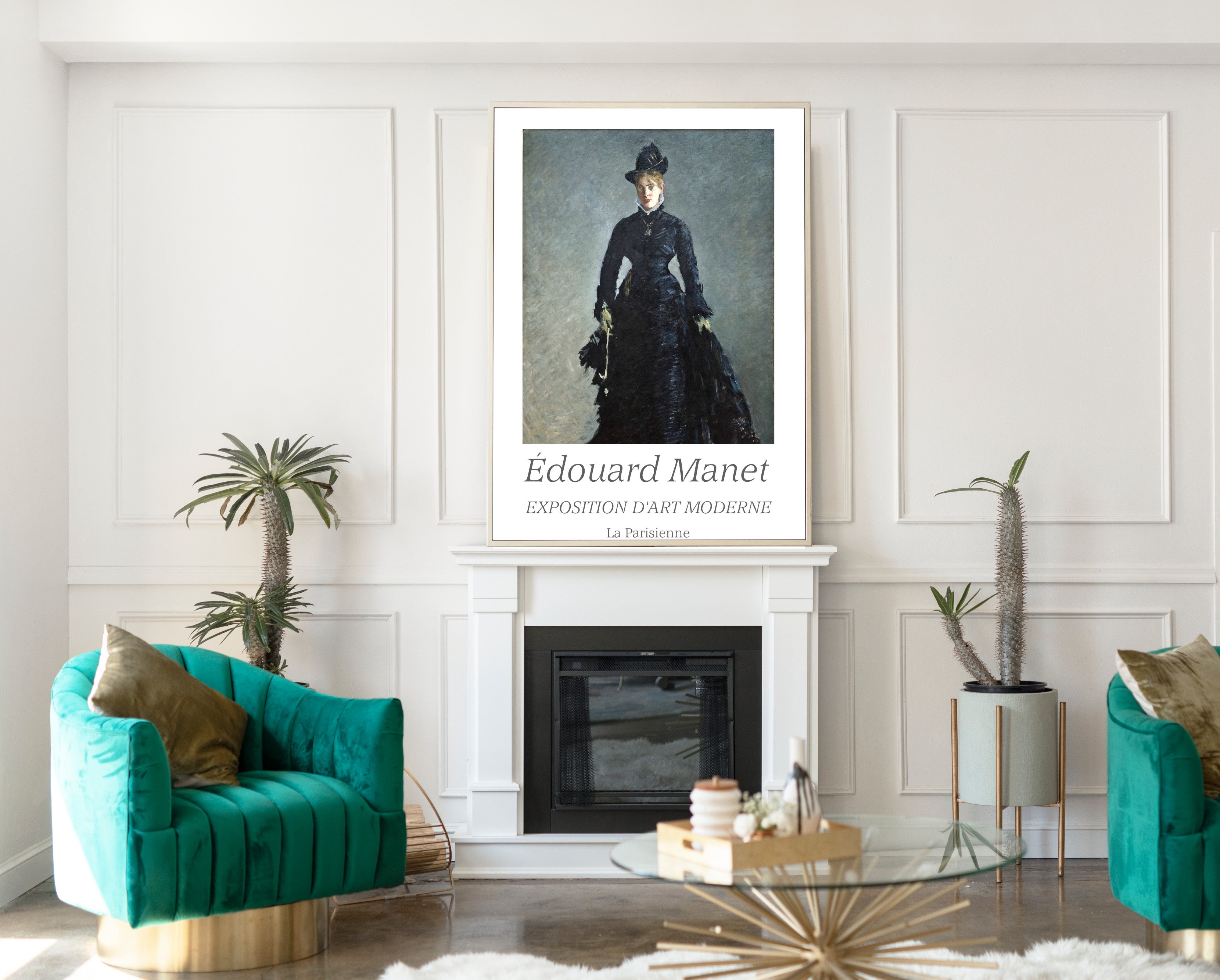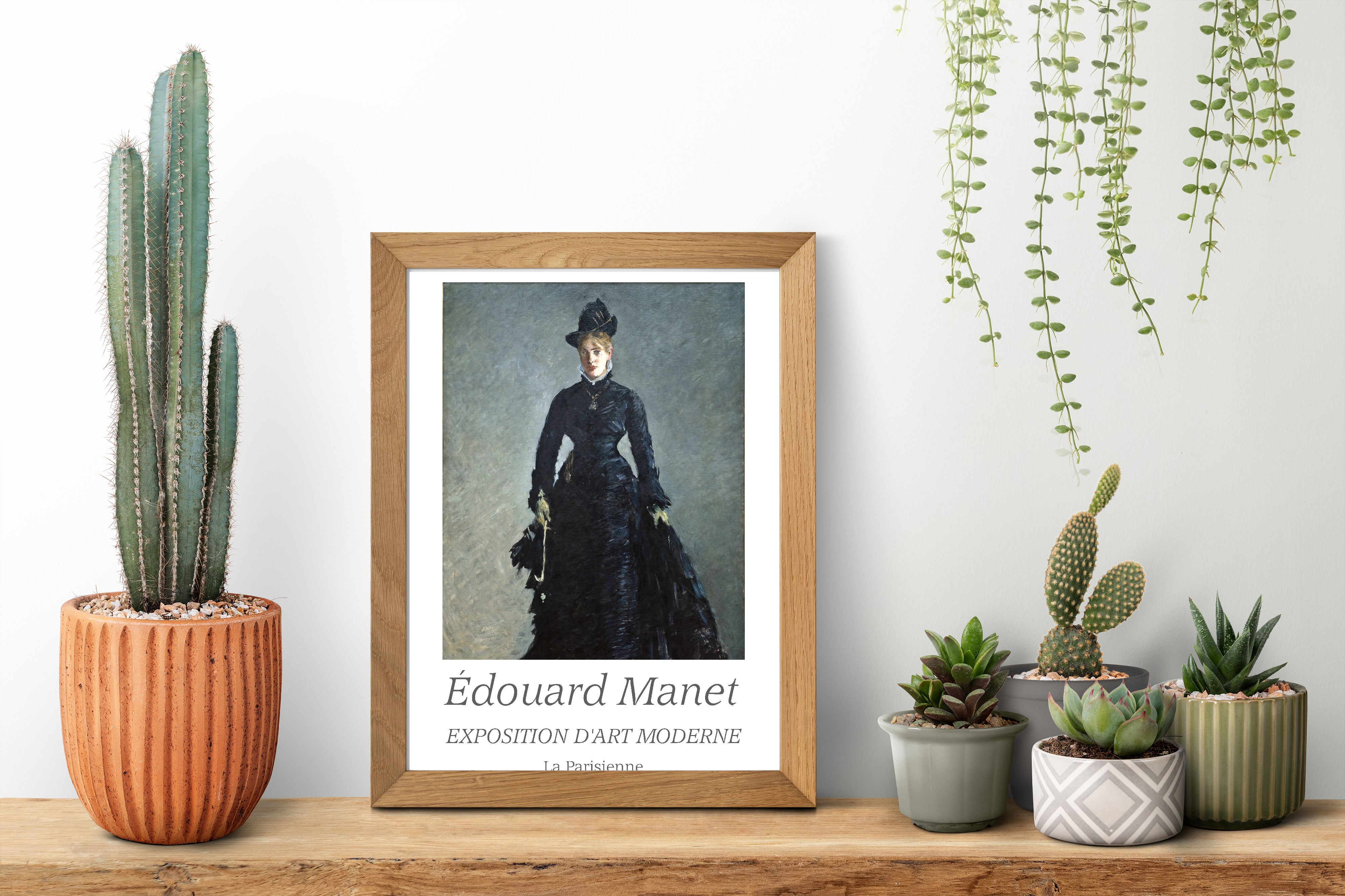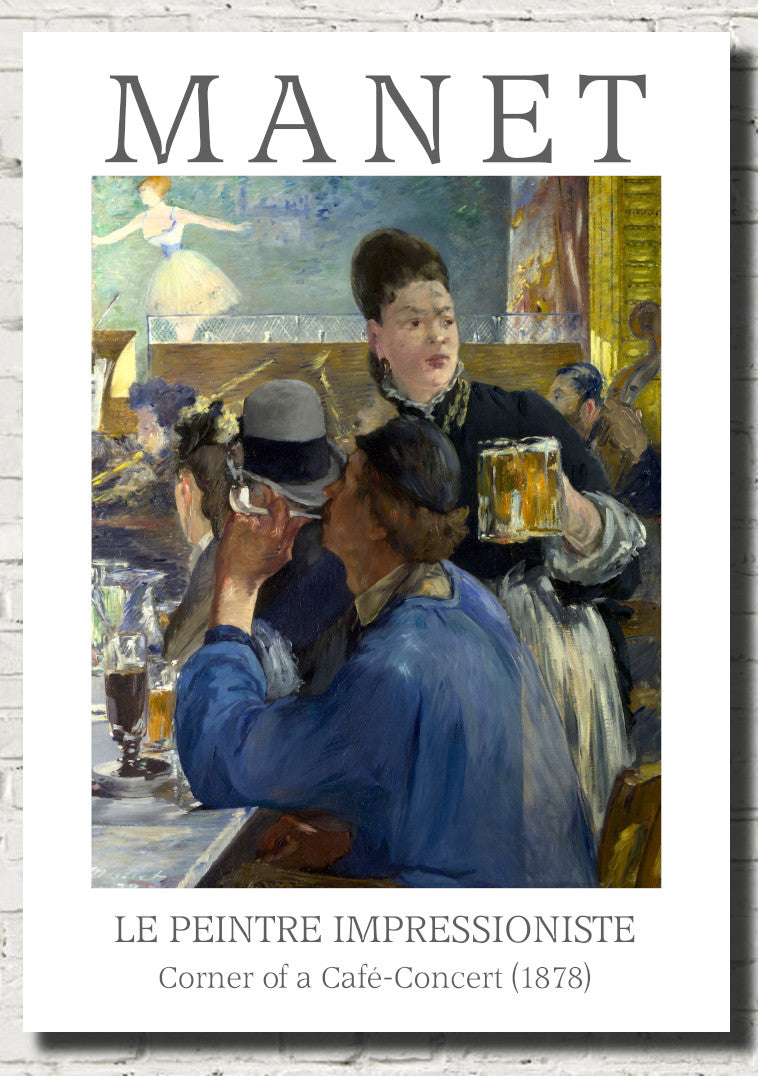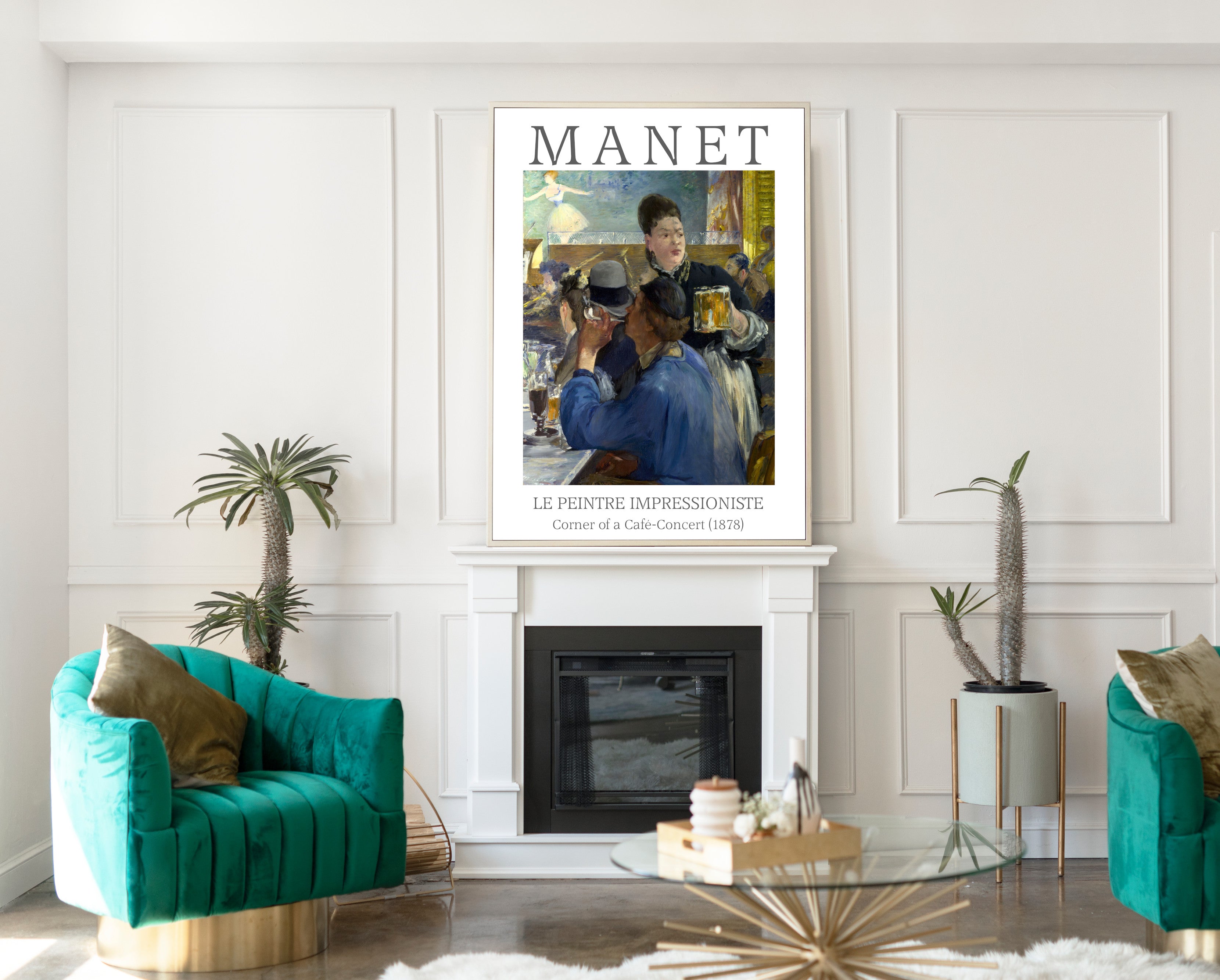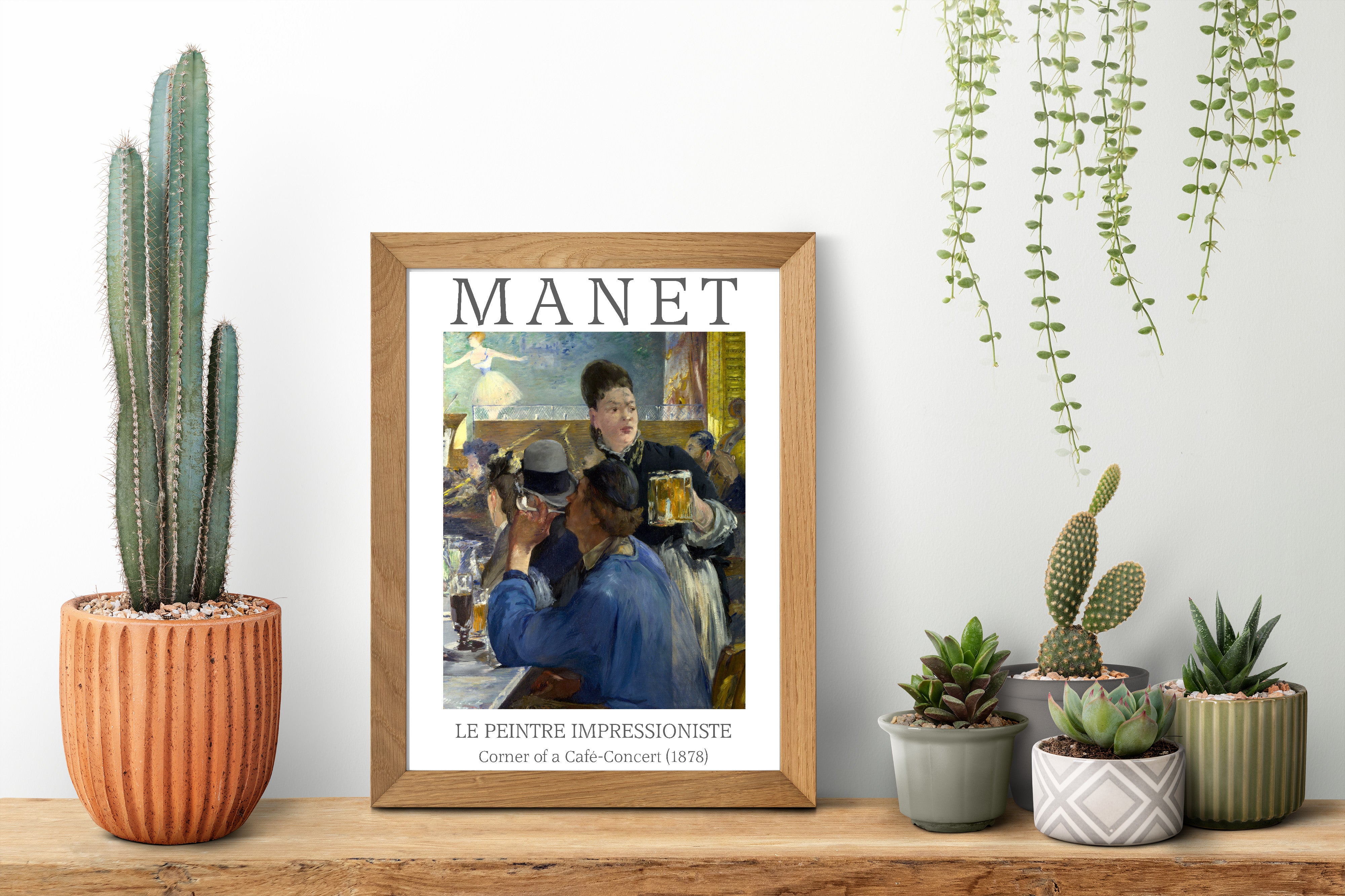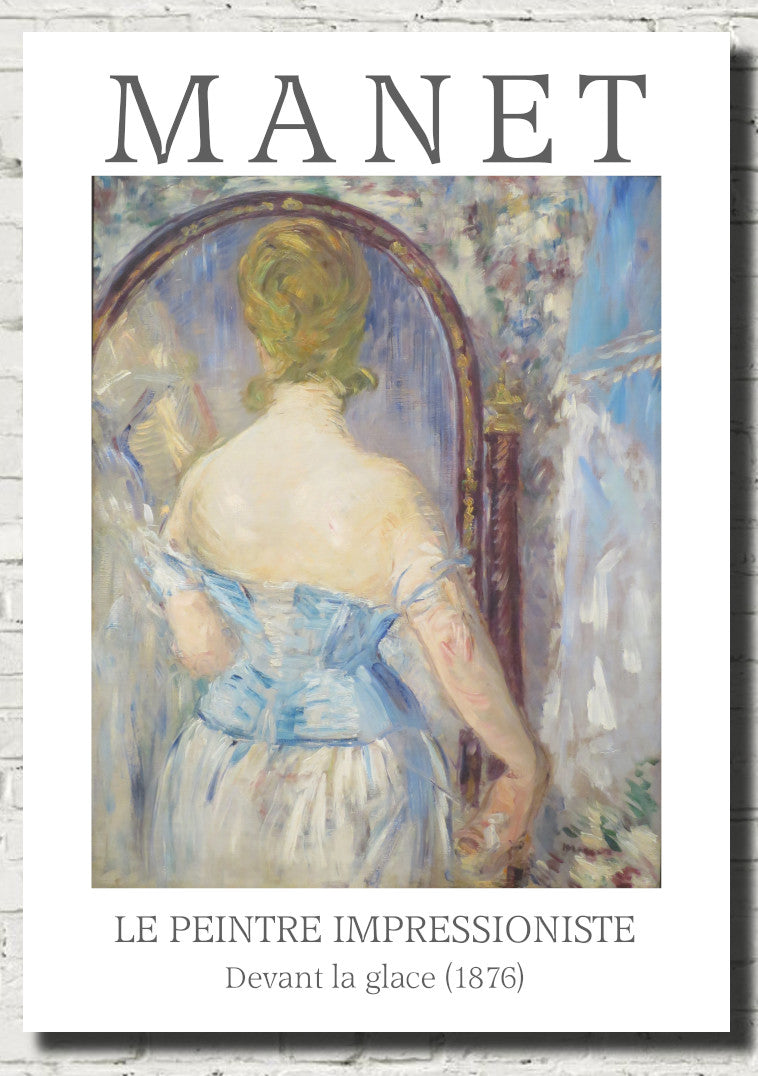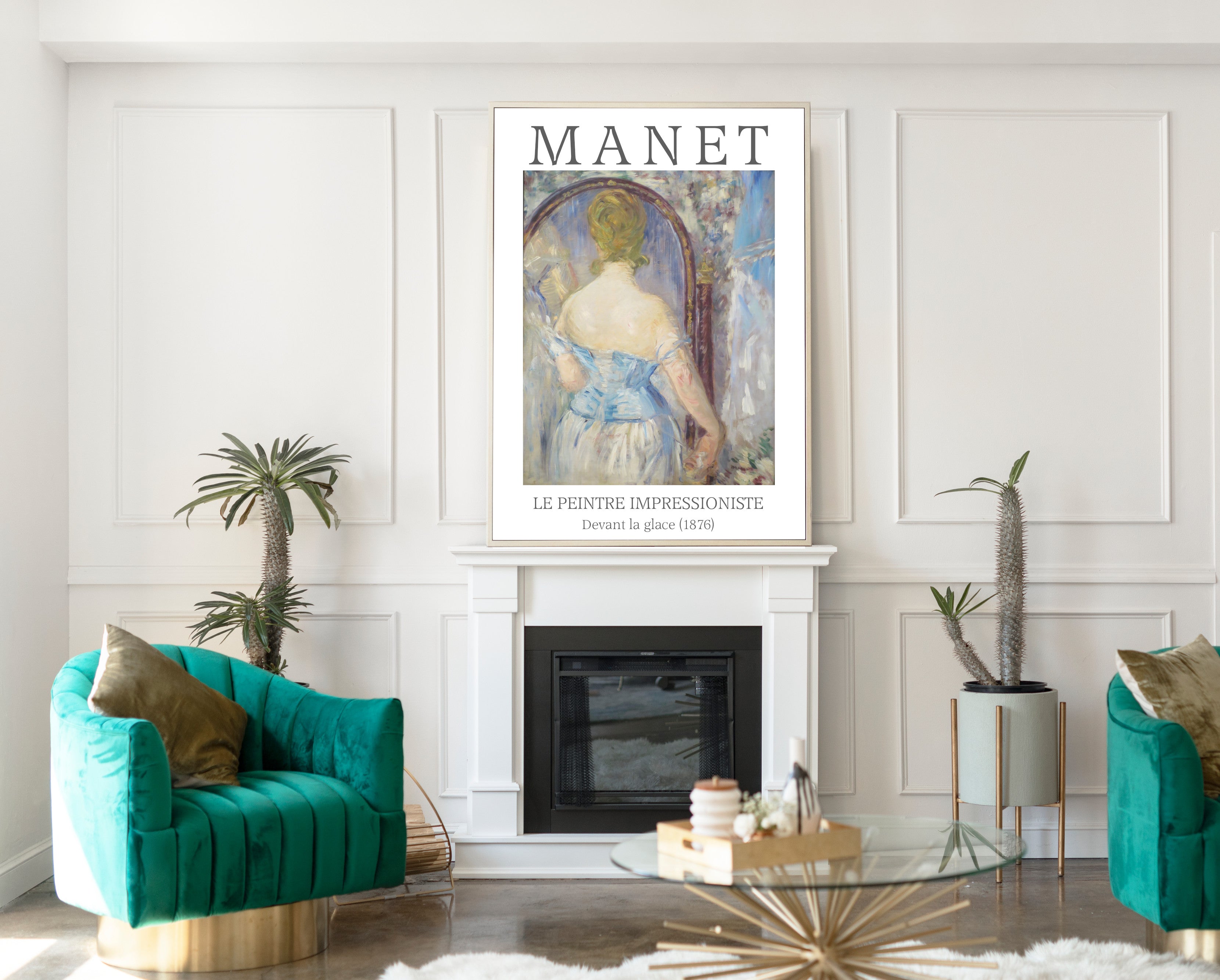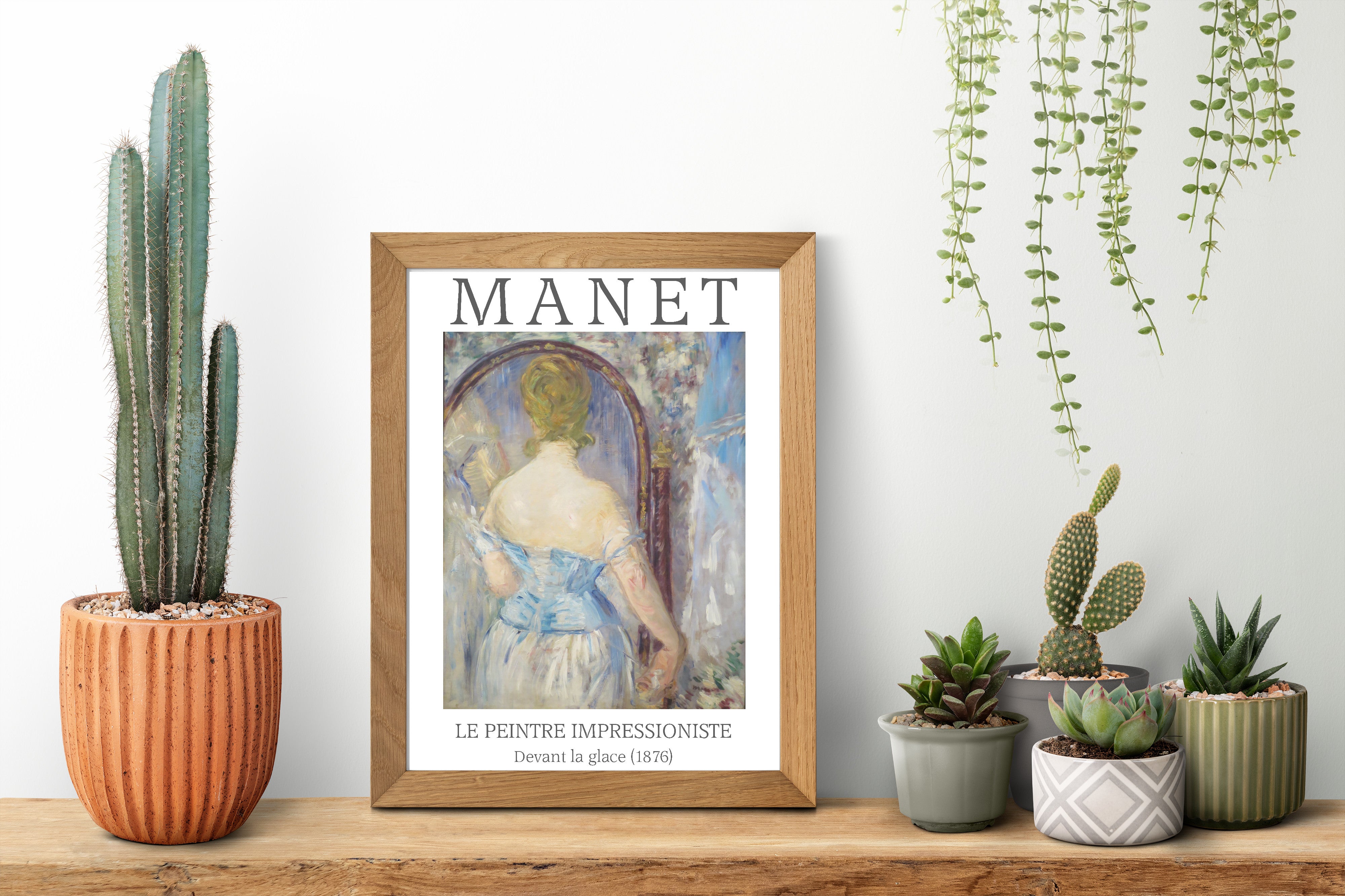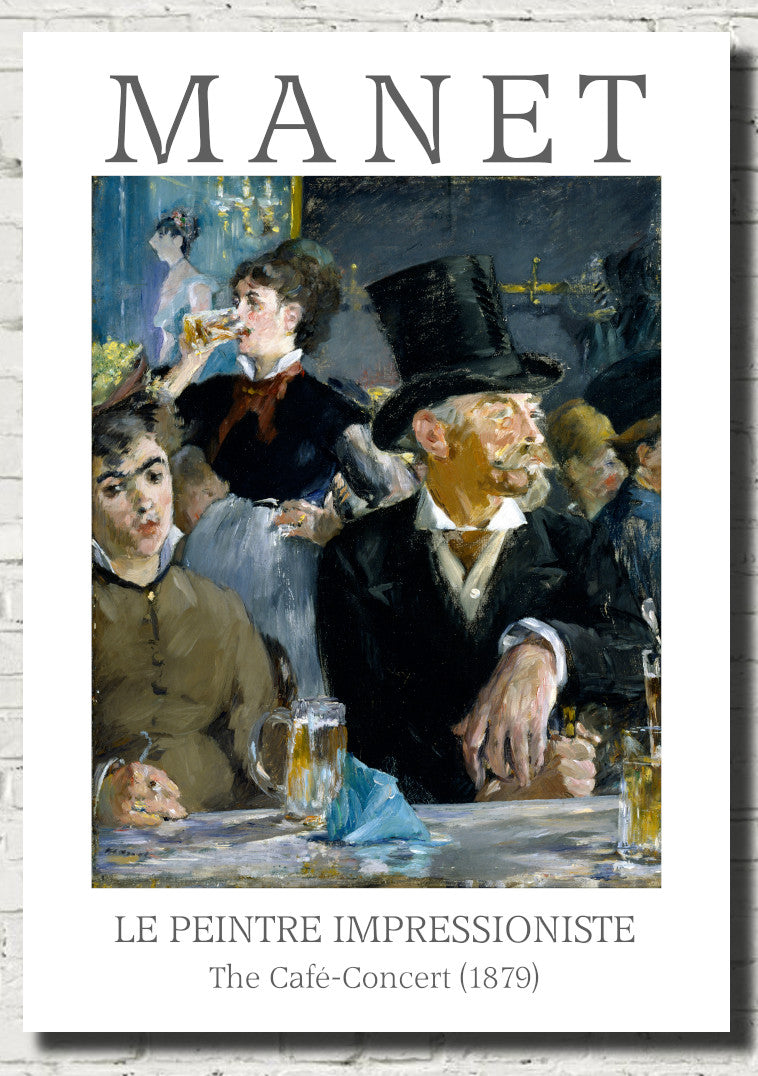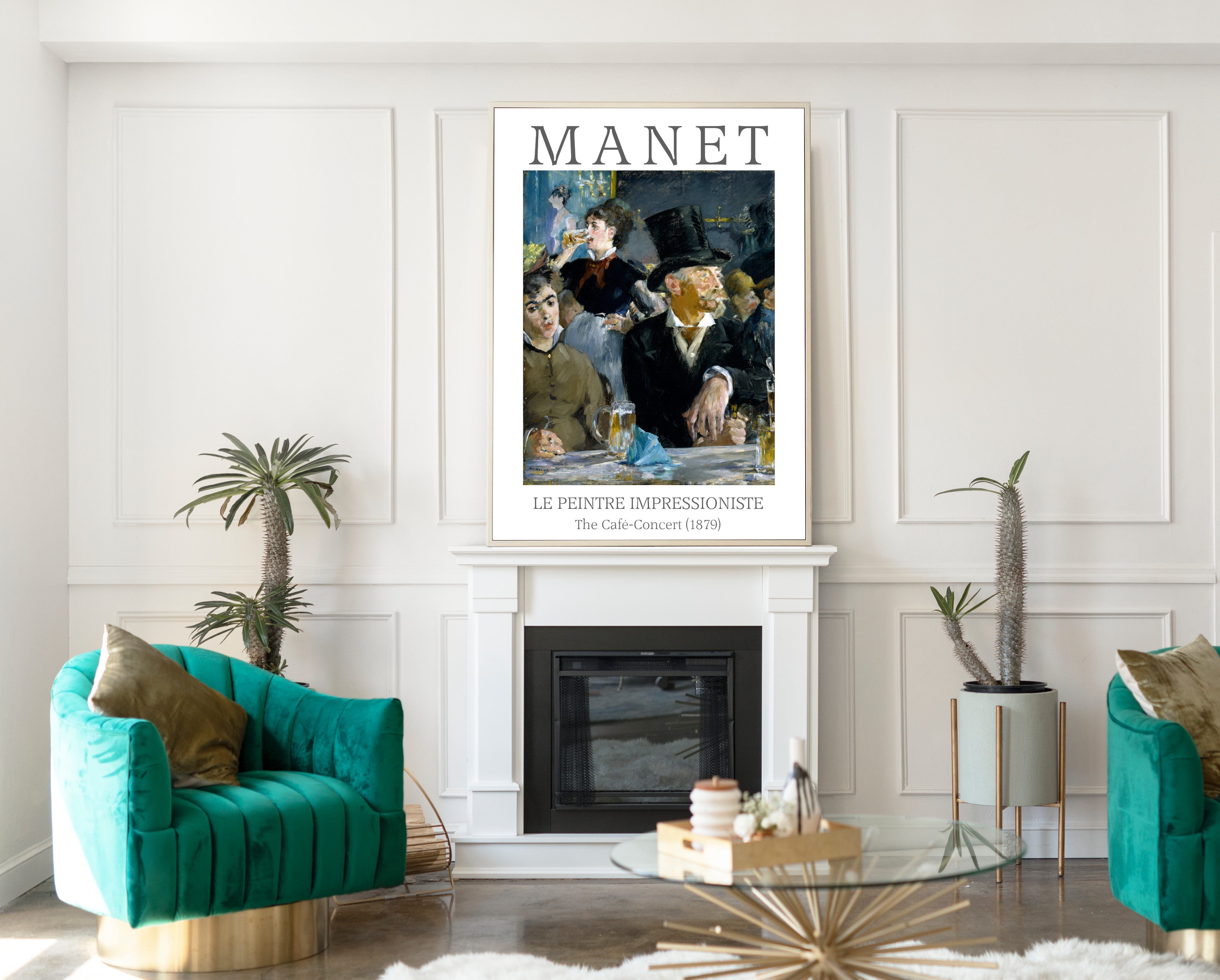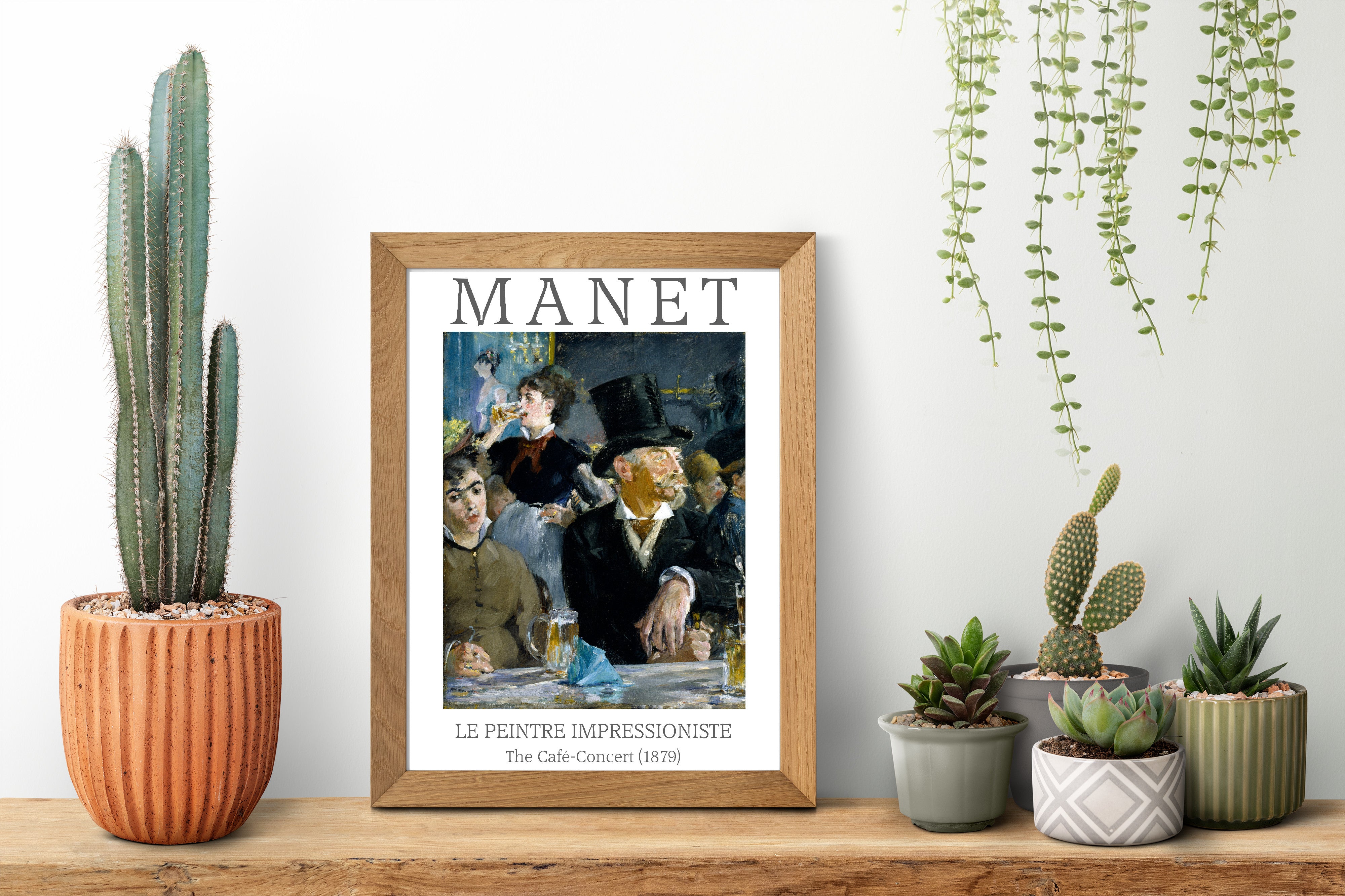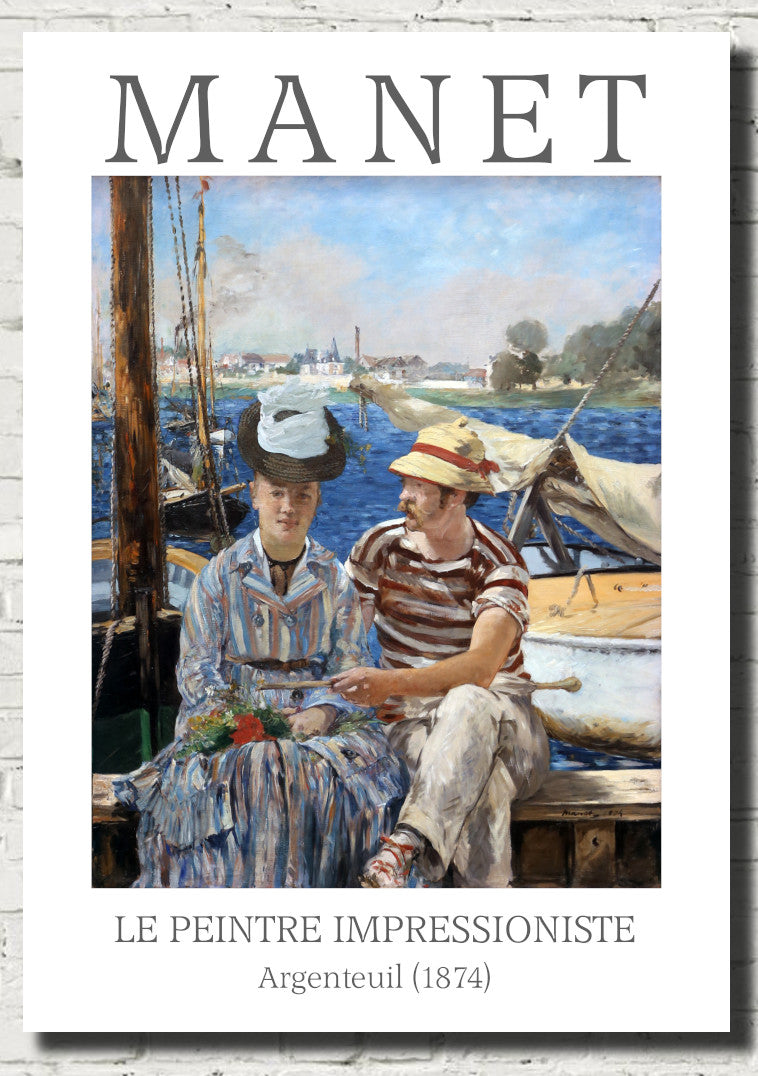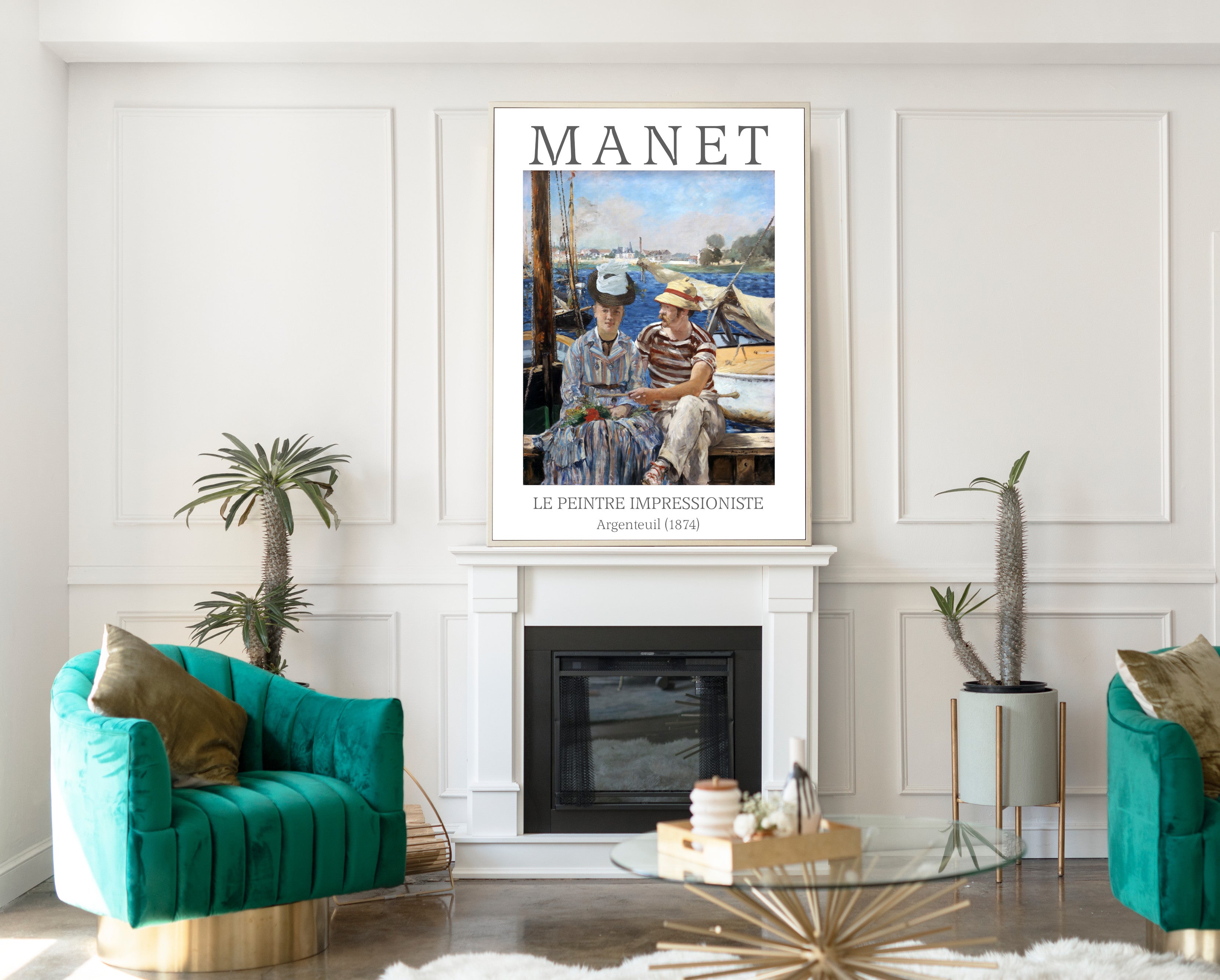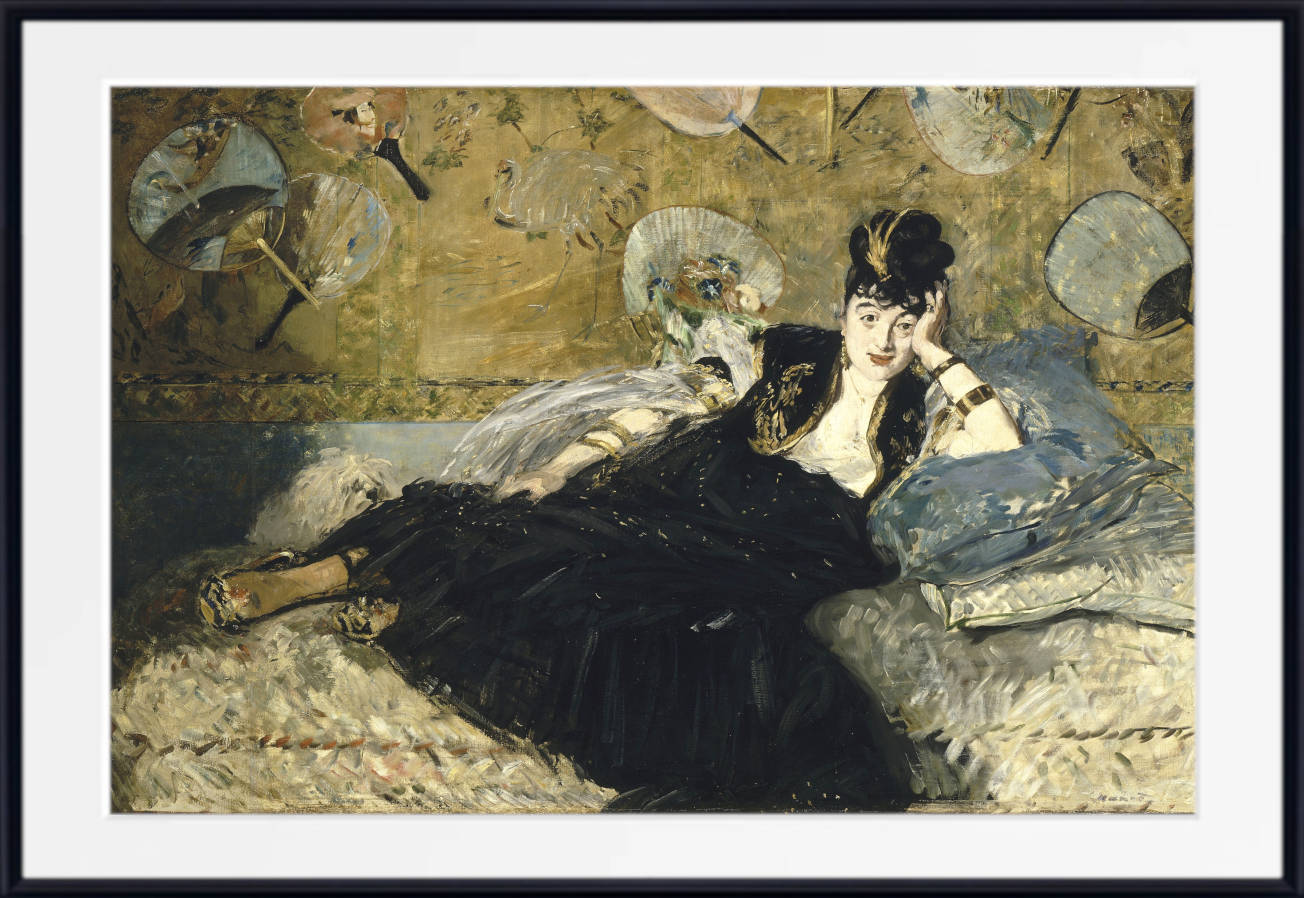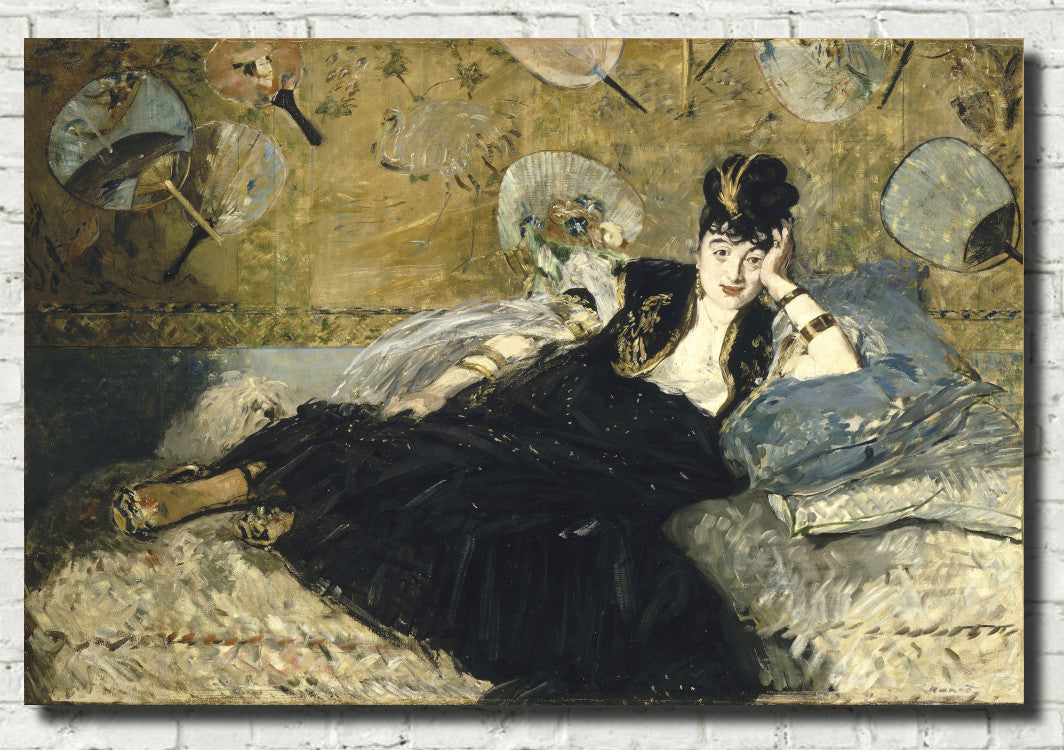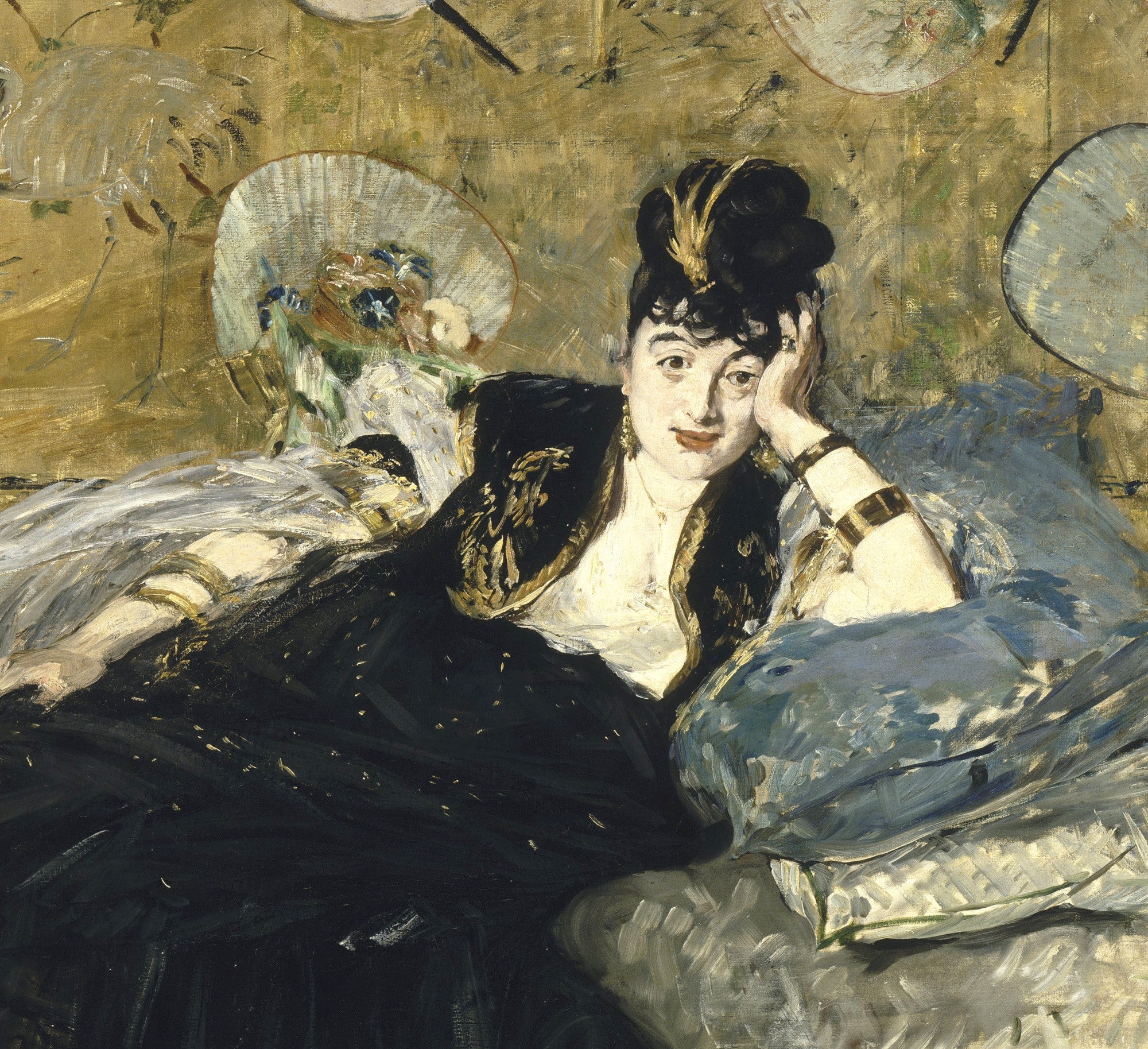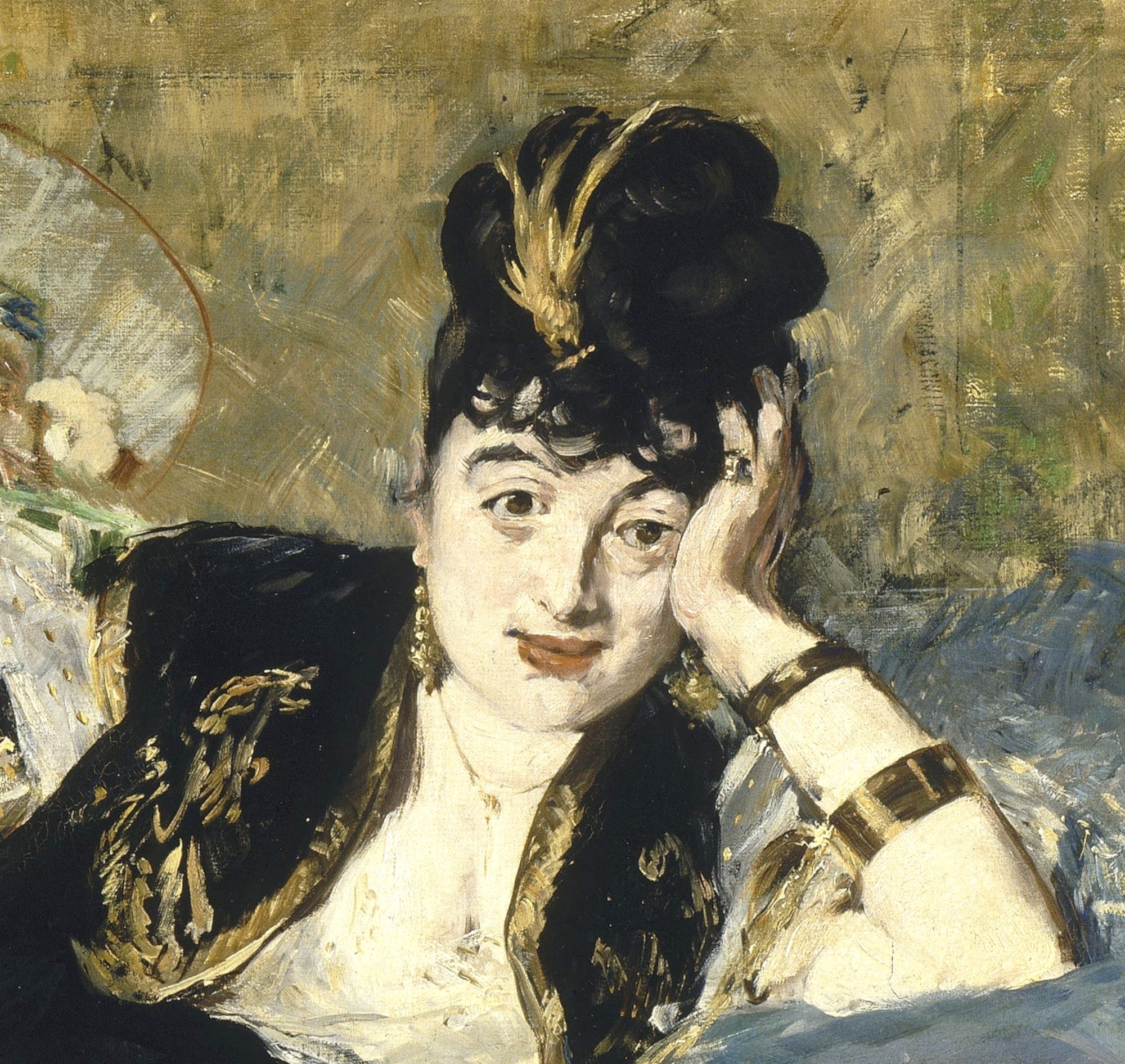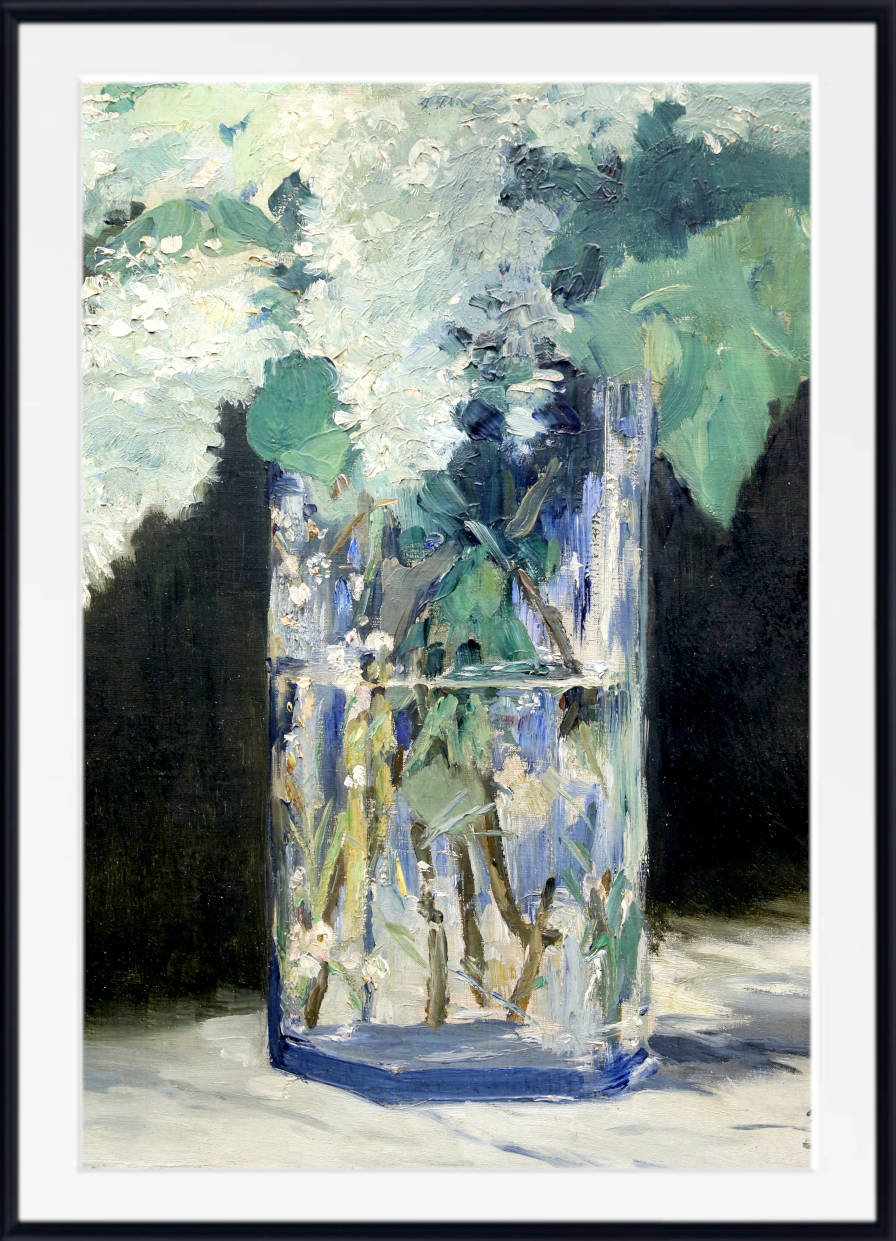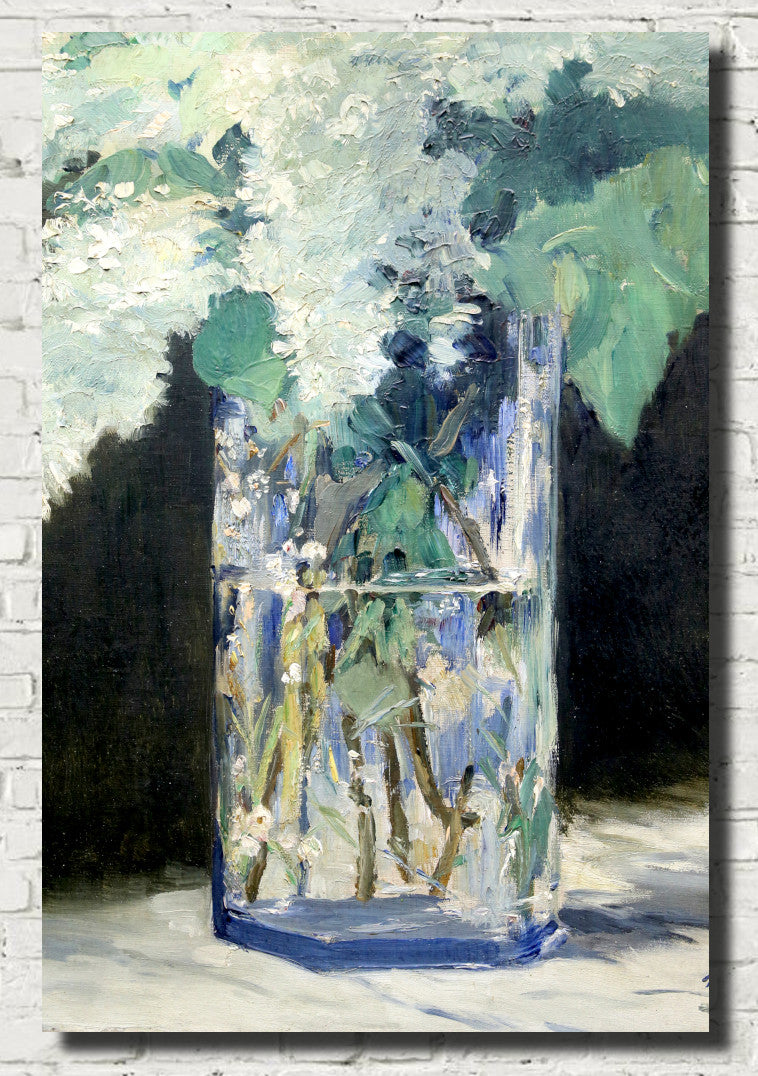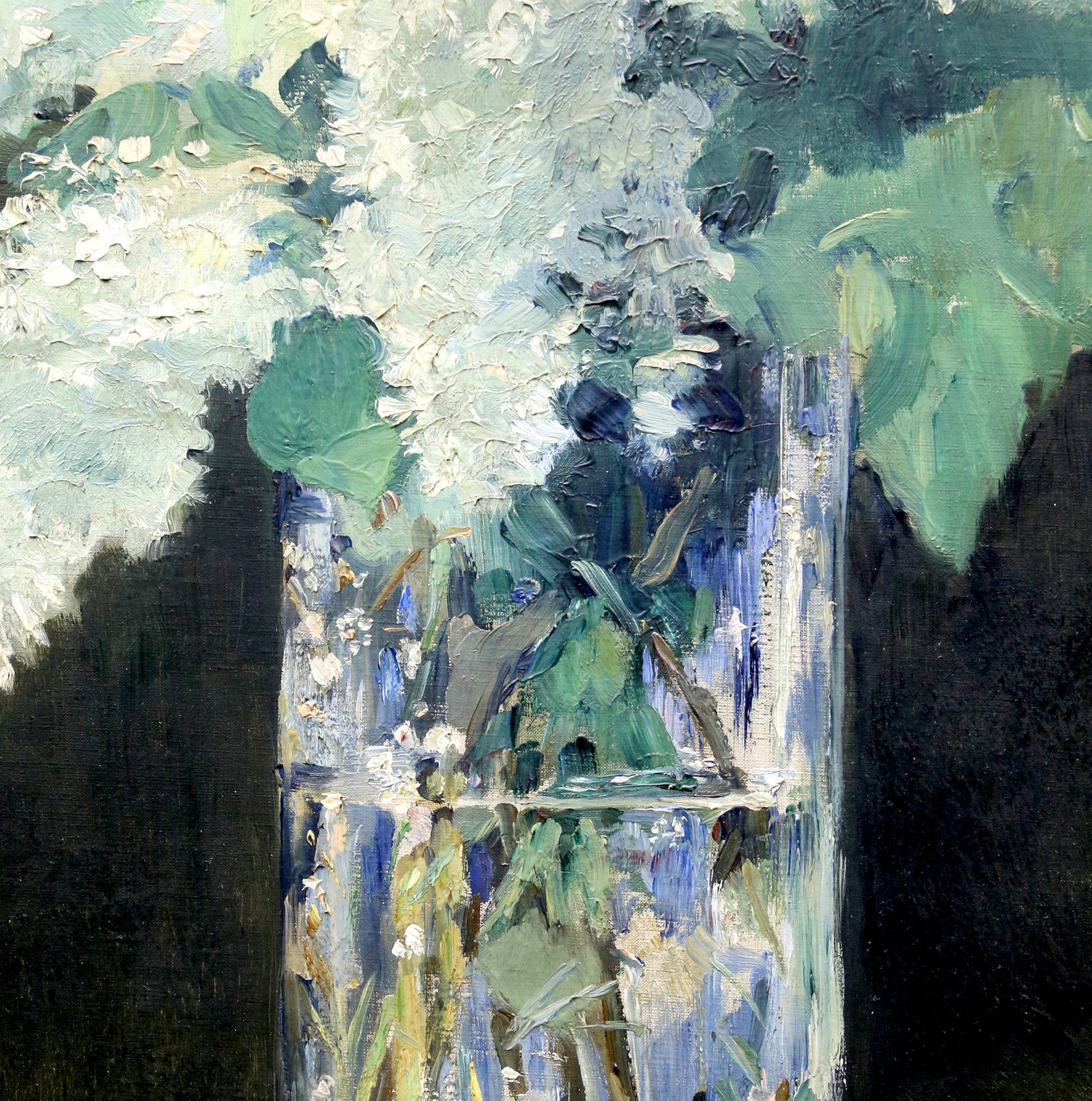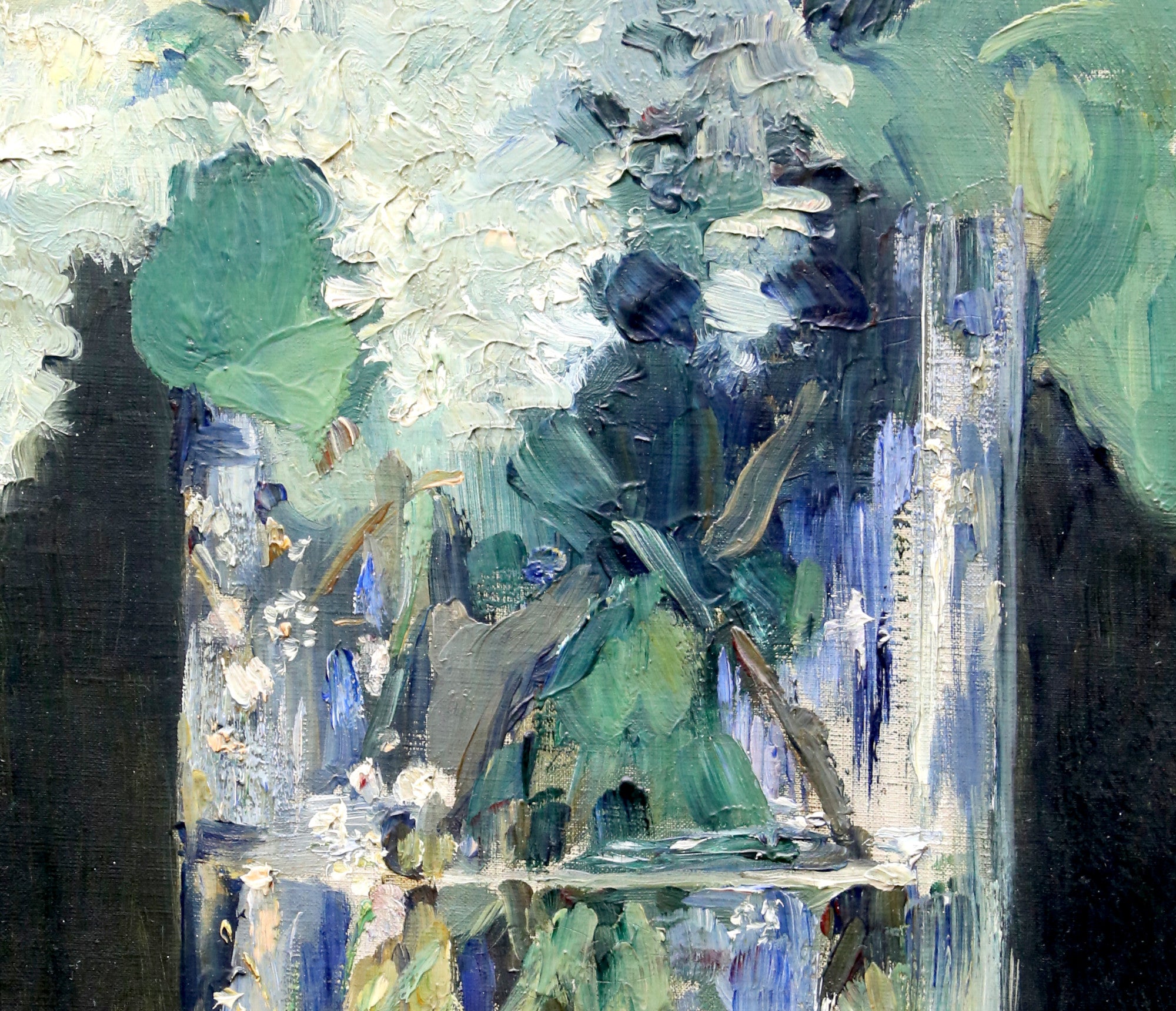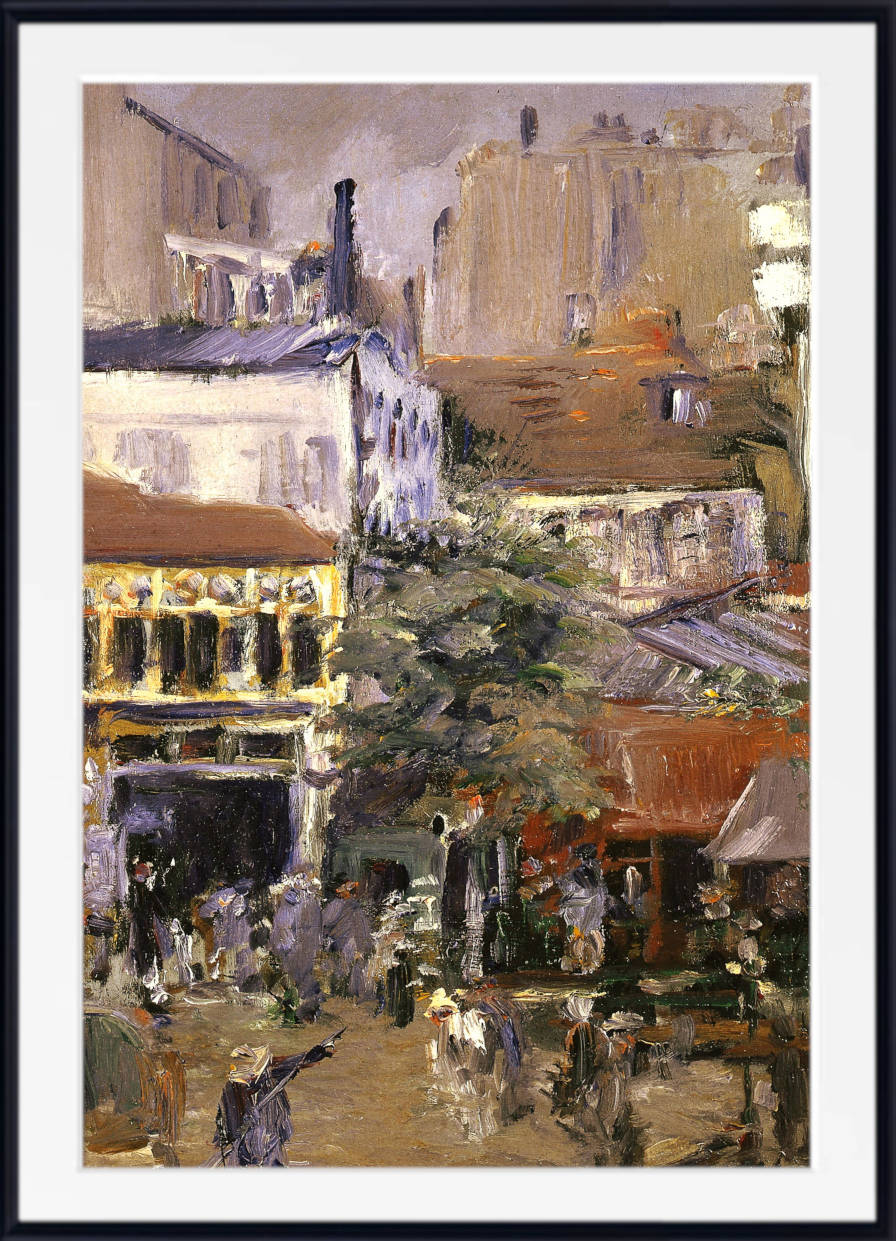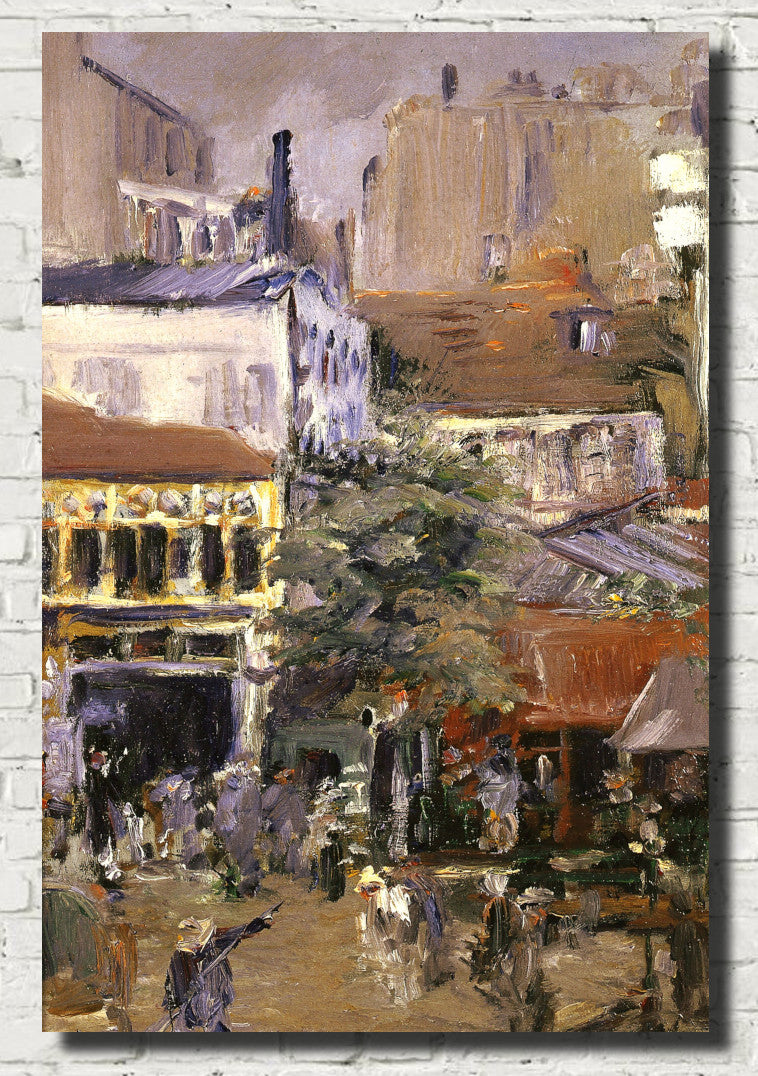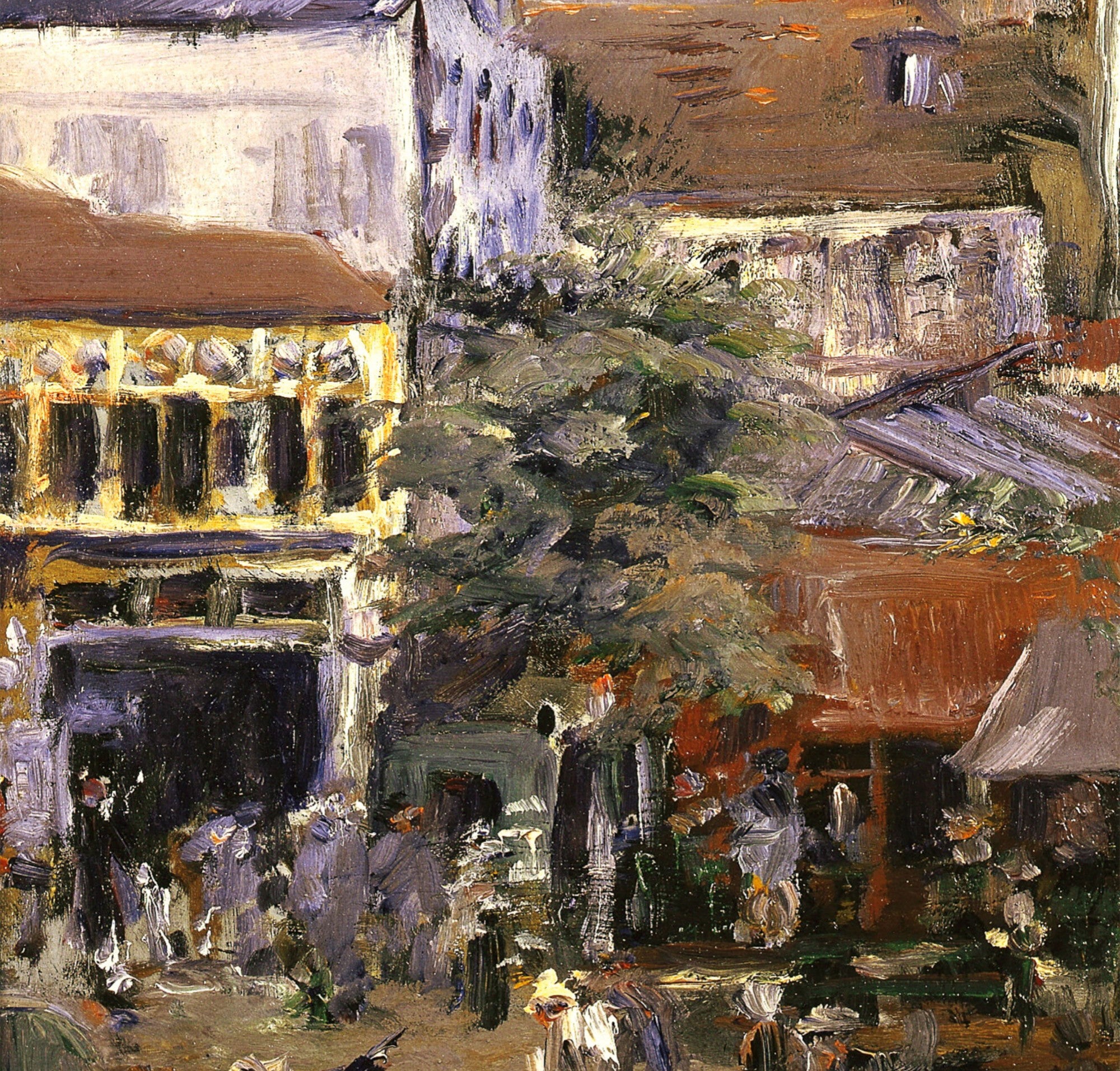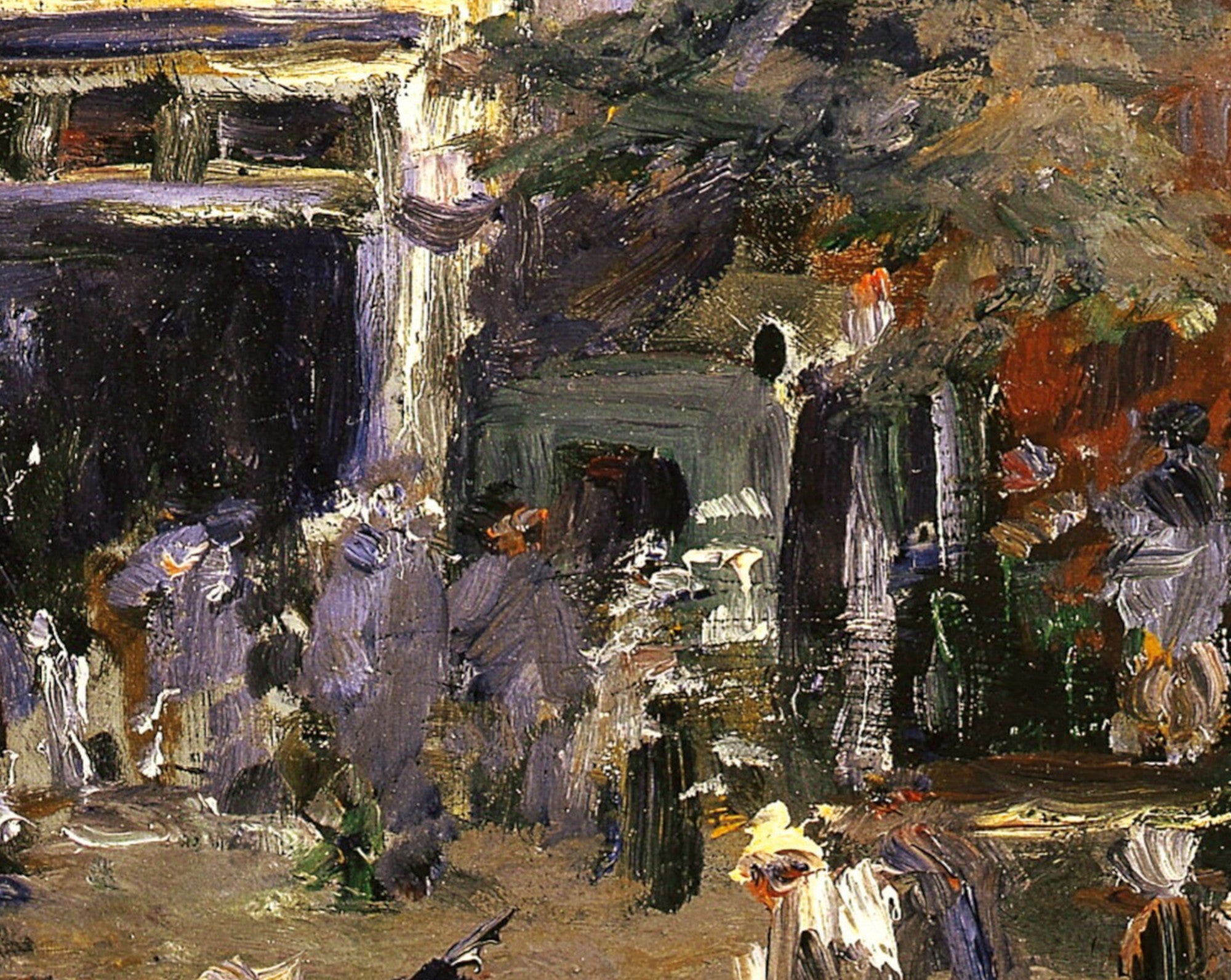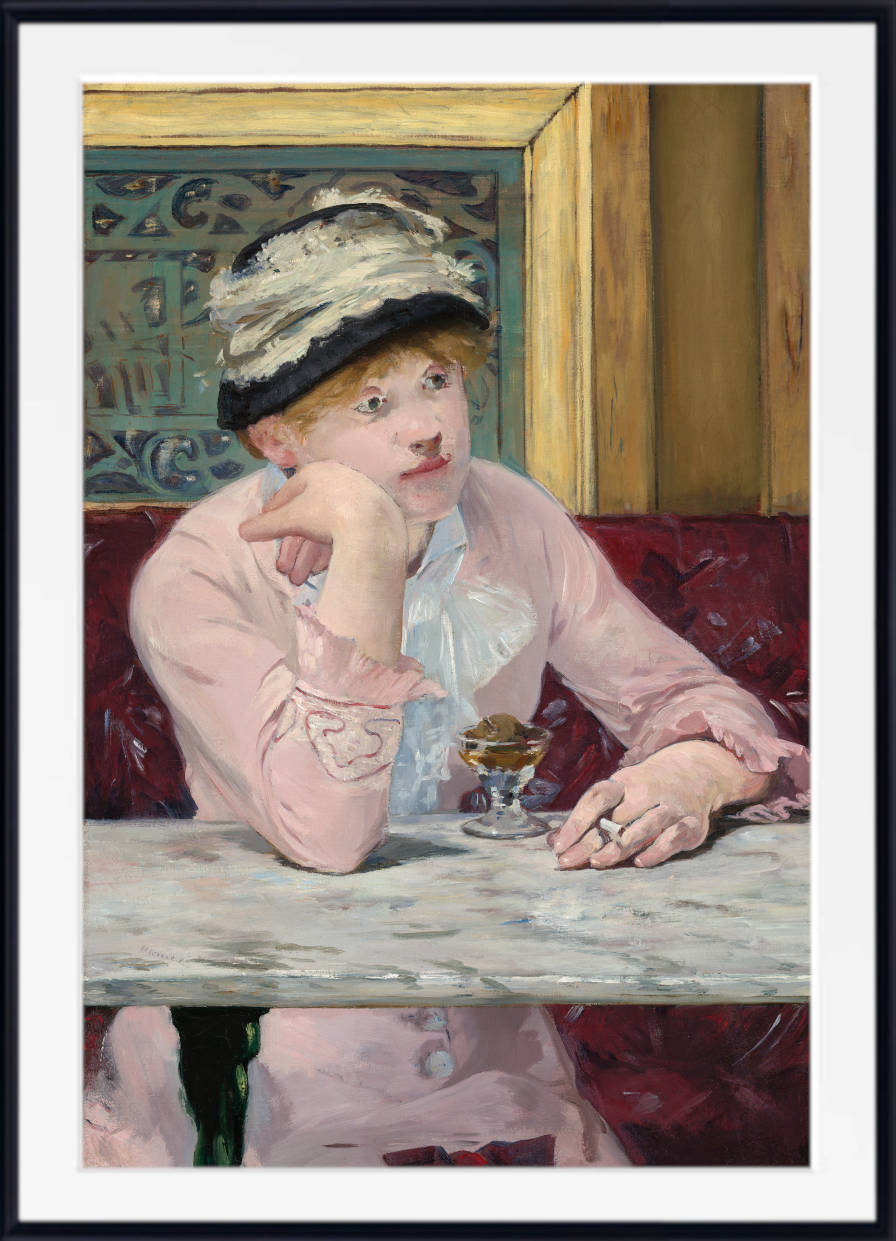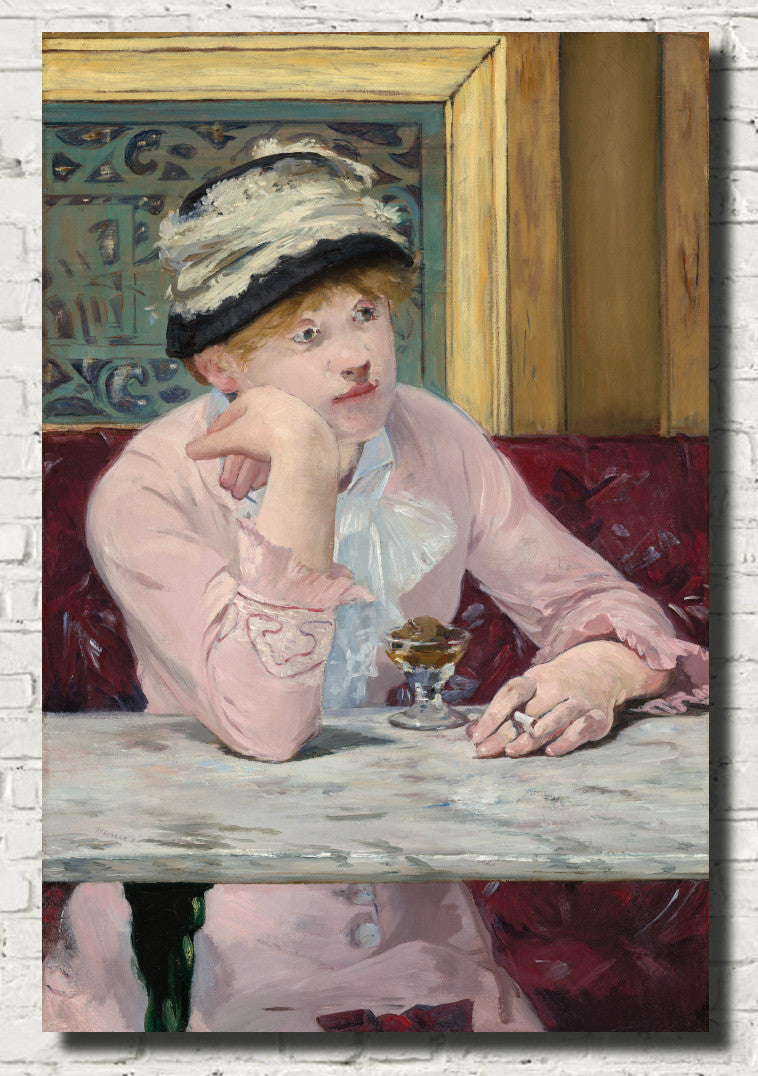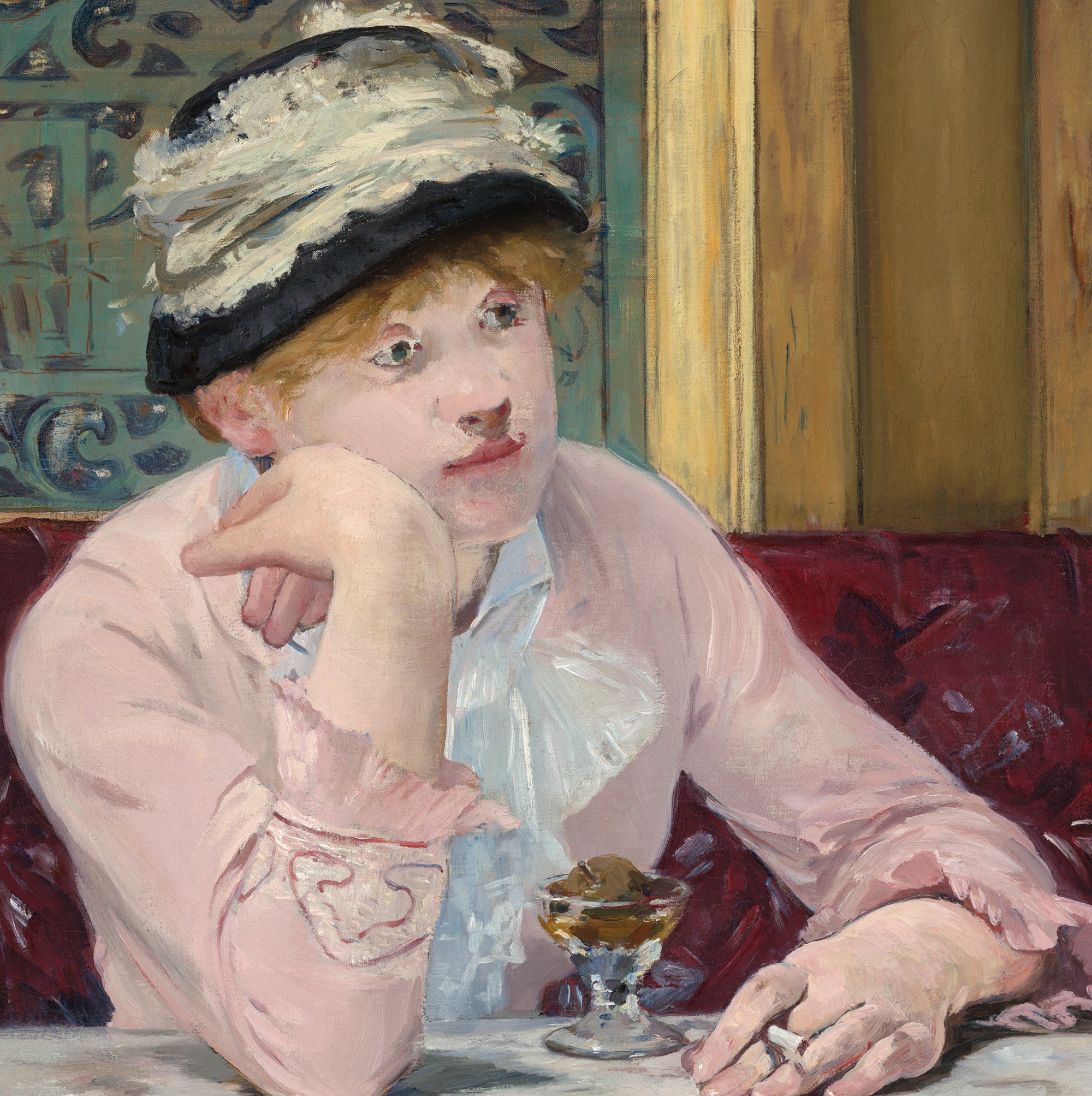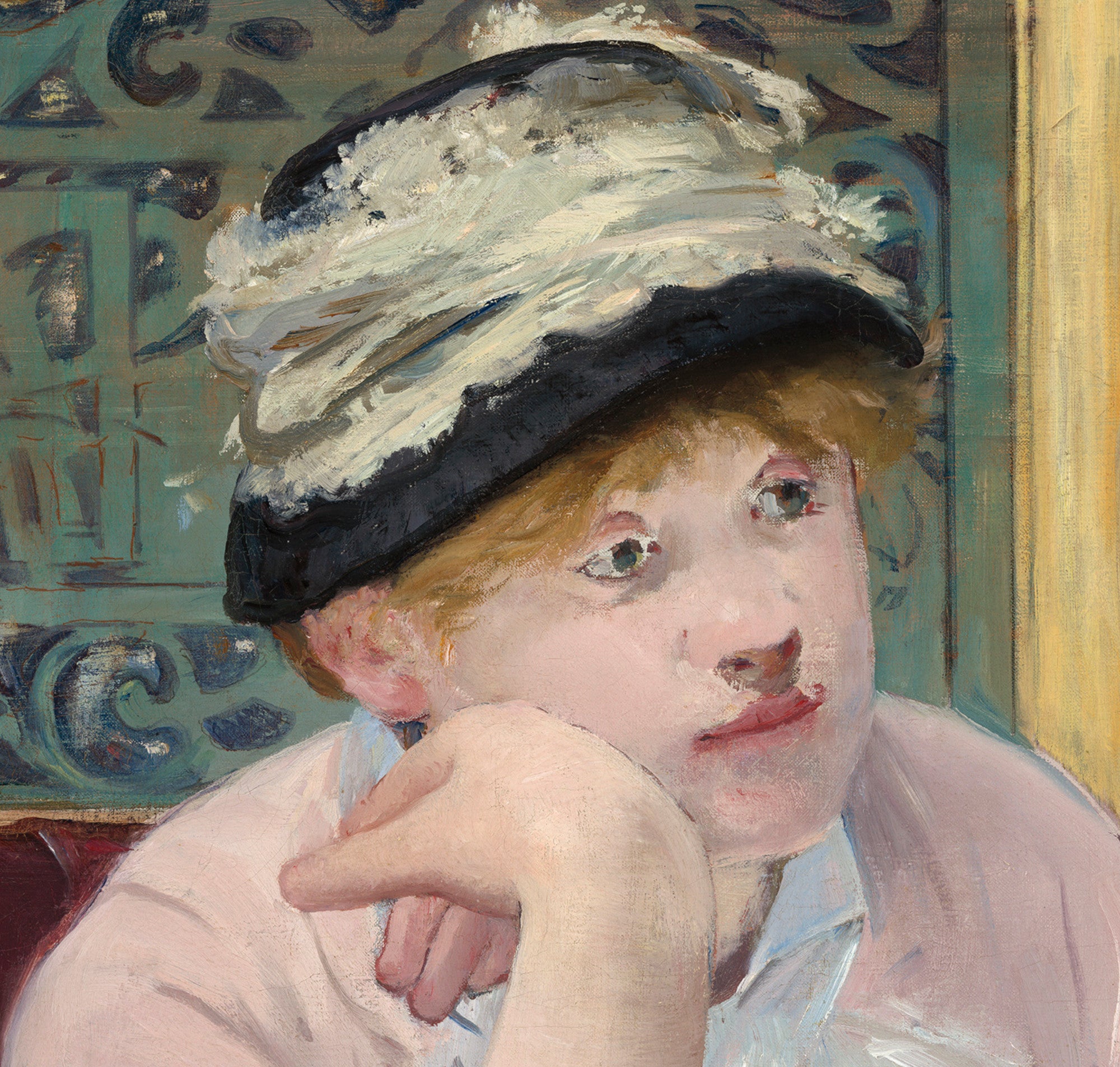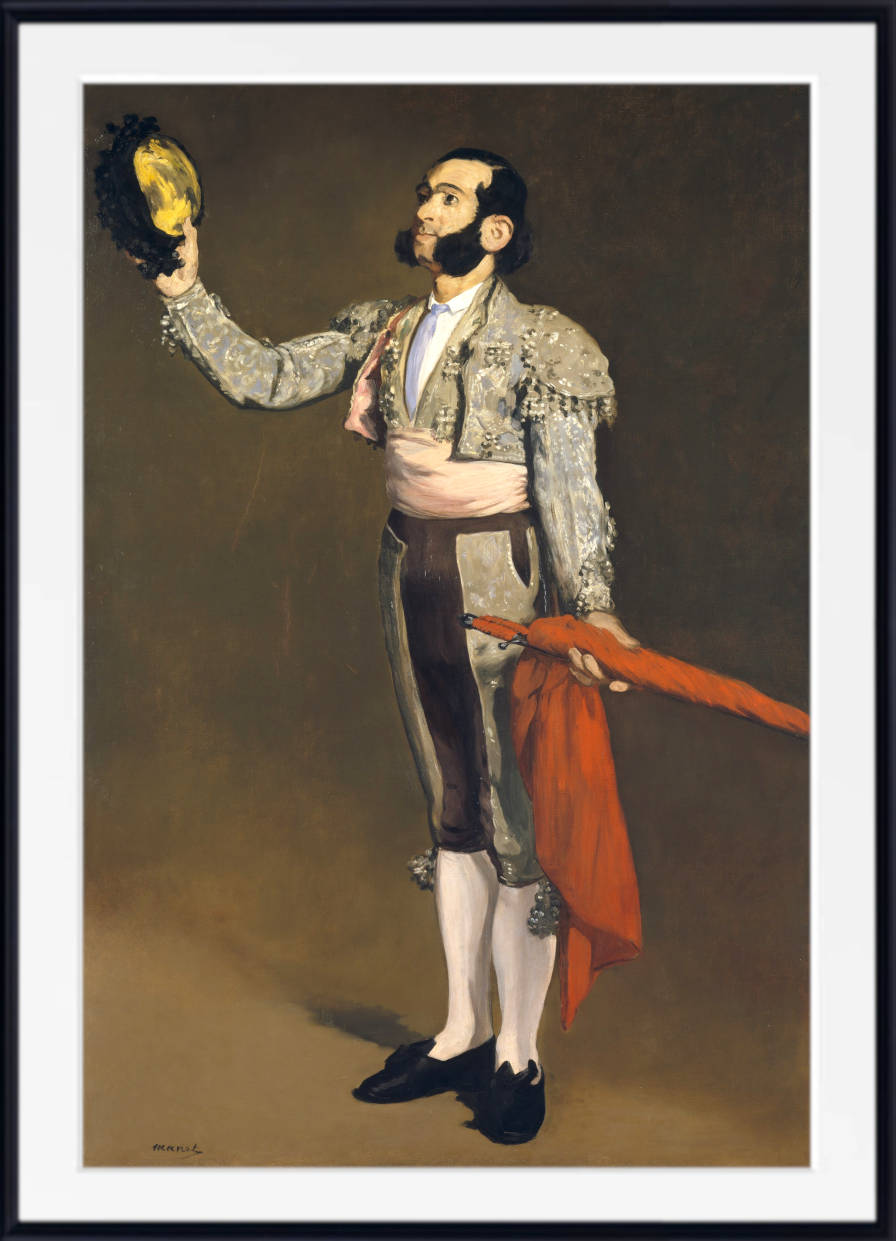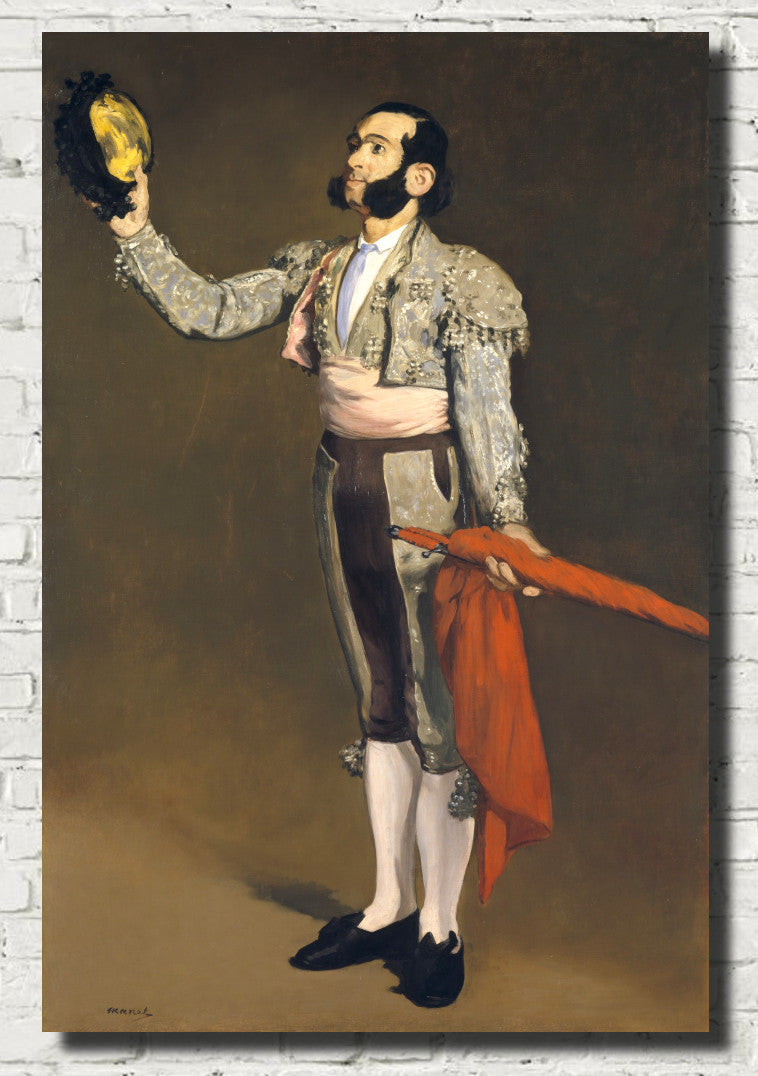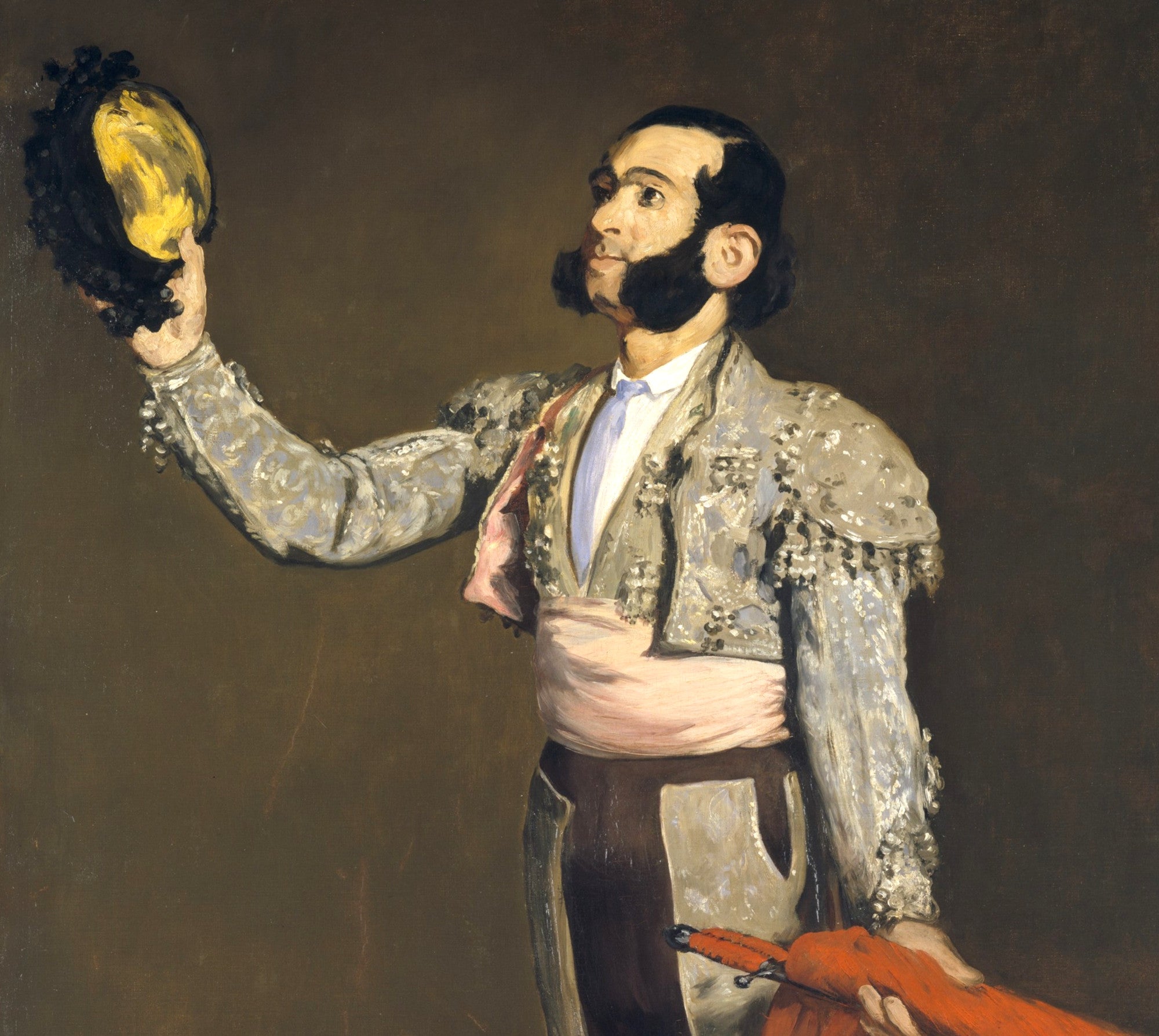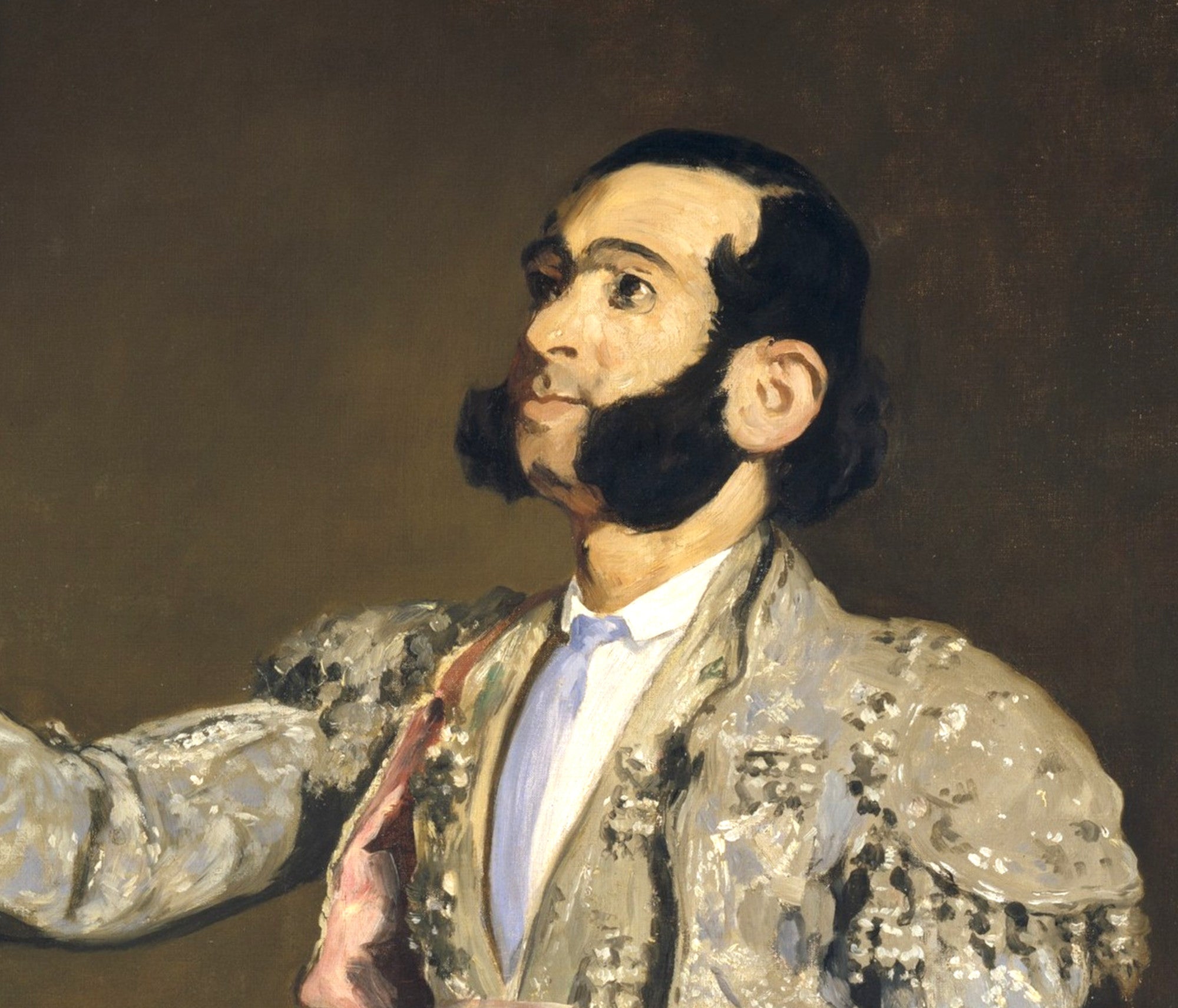Table of Contents:[hide]
Édouard Manet's A Bar at the Folies-Bergère stands as a seminal work in the canon of modern art, encapsulating the complexities of urban life in 19th-century Paris. Completed in 1882, this painting not only showcases Manet's technical prowess but also delves deep into themes of isolation, commercialism, and the blurred lines between reality and reflection.
Historical Context
The late 19th century in Paris was a period marked by rapid industrialization and urbanization. The city transformed into a bustling metropolis, with new forms of entertainment emerging to cater to the growing middle class. The Folies-Bergère, established in 1869, epitomized this shift. As one of Paris's premier music halls, it offered a variety of performances, from ballet to acrobatics, attracting a diverse clientele eager to experience the vibrancy of urban life.
Manet, ever the keen observer of his surroundings, was drawn to these modern venues. His interest lay not only in the spectacles they offered but also in the social dynamics they fostered. By the time he embarked on A Bar at the Folies-Bergère, Manet had already established himself as a painter who seamlessly blended traditional techniques with contemporary subjects, positioning himself as a bridge between Realism and Impressionism.
Composition and Technique
At first glance, the painting presents a straightforward scene: a barmaid stands behind a marble counter, attending to patrons. However, a closer examination reveals a complex interplay of reflections and perspectives. The large mirror behind the barmaid reflects the bustling interior of the Folies-Bergère, including chandeliers, patrons, and even a trapeze artist's legs dangling from above—a testament to the venue's lively atmosphere.
One of the most debated aspects of the painting is the reflection of the barmaid and the man she appears to be serving. Critics have long pondered the spatial inconsistencies, as the reflections don't align with traditional perspective rules. Some art historians suggest that Manet intentionally manipulated these elements to challenge viewers' perceptions and to comment on the blurred lines between reality and illusion in modern life. This deliberate ambiguity invites multiple interpretations, making the painting a subject of continuous scholarly discussion.
Manet's technique further enhances the painting's depth. His use of loose brushstrokes captures the transient effects of light and shadow, a hallmark of Impressionist influence. The muted color palette, dominated by blacks, whites, and subtle hints of color, directs attention to the barmaid's face and the reflective surfaces, creating a cohesive and immersive visual experience.
The Barmaid: A Study of Modern Alienation
Central to the painting is the figure of the barmaid, identified as Suzon, who worked at the Folies-Bergère during the early 1880s. Manet had her pose in his studio to capture her likeness accurately. Dressed in fashionable attire, she stands with a composed yet distant expression, her gaze slightly unfocused, as if lost in thought. This detachment has led many scholars to interpret her demeanor as a reflection of the isolation and alienation experienced by individuals in modern urban settings.
The barmaid's role extends beyond mere service; she embodies the commodification prevalent in capitalist societies. Surrounded by goods for sale—champagne, liquor, and fruits—she herself becomes part of the marketplace, her presence a subtle commentary on the objectification of workers, particularly women, in service industries. This duality of being both a provider and a commodity adds a layer of social critique to the painting.
Symbolism and Interpretations

Manet's inclusion of specific objects within the composition serves to enrich the narrative and offers insight into the societal norms of the time. The bowl of oranges placed prominently on the counter, for instance, carries symbolic weight. In the context of 19th-century Paris, oranges were often associated with courtesans, suggesting the availability of illicit pleasures within such entertainment venues. This subtle insinuation prompts viewers to consider the moral complexities and hidden transactions that underlie the façade of urban sophistication.

The presence of Bass Pale Ale bottles, identifiable by their distinctive red triangle labels, is another deliberate choice by Manet. The inclusion of this British beer in a French setting has been interpreted as a nod to the cosmopolitan nature of Parisian society. It also reflects the increasing globalization of consumer goods during the period, highlighting the interconnectedness of cultures and economies.

The trapeze artist's legs, visible in the upper left corner, add to the painting's dynamic composition. This detail not only emphasizes the lively atmosphere of the Folies-Bergère but also serves as a metaphor for the precariousness and fleeting nature of modern entertainment. The juxtaposition of the grounded, stoic barmaid with the airborne performer enca
Provenance and Exhibition History
Upon its completion, A Bar at the Folies-Bergère was exhibited at the Paris Salon of 1882, where it garnered both acclaim and criticism for its innovative approach and provocative subject matter. The painting later entered private collections before being acquired by the Courtauld Gallery in London, where it remains a highlight of their collection. Its presence in this esteemed institution allows audiences to engage with a pivotal piece of art history that continues to inspire and challenge perceptions.
Influence on Modern Art
Manet's exploration of perspective, reflection, and modern life in A Bar at the Folies-Bergère has profoundly influenced subsequent generations of artists. The painting's innovative composition and thematic depth paved the way for the Impressionists and later modernists to further investigate the complexities of urban existence and the subjective nature of reality.
Conclusion
A Bar at the Folies-Bergère transcends its immediate visual appeal, offering a layered commentary on society, perception, and the human condition. Manet's masterful execution and insightful exploration of contemporary themes ensure the painting's enduring relevance and status as a cornerstone of modern art.
References
- "A Bar at the Folies-Bergère." The Courtauld Gallery. https://courtauld.ac.uk/highlights/a-bar-at-the-folies-bergere/
- "A Bar at the Folies-Bergère." Wikipedia. https://en.wikipedia.org/wiki/A_Bar_at_the_Folies-Berg%C3%A8re
- "A Bar at the Folies-Bergère." The Courtauld Gallery Collection Online. https://gallerycollections.courtauld.ac.uk/object-p-1934-sc-234
- "A Bar at the Folies-Bergère." Britannica. https://www.britannica.com/topic/A-Bar-at-the-Folies-Bergere
Related Articles
Édouard Manet: A Master of Controversial Impressionism
Impressionism - The Artists

